Personal Essay Example: Reasons Why I Want to Visit Japan
Where is one place in the world you would like to visit? Explain why you would want to visit this place, and what you would want to do or see once you arrive. Include specific details and examples in your response.
If I could visit any place in the world, it would be Japan. Many people, such as my friends, relatives, and reviews, told me how amazing Japan is. Japan is one of the most attractive places for tourists, millions of people each year travel there to try its exotic and traditional food. Another reason why is because of the beautiful sakura flowers that only bloom once a year. Japan also has one of the most unique hotels, one being a capsule hotel, like the name says you live in a capsule.
Japan is known for their natural beauty. There are many mountains, waterfalls, and forests, and most importantly, cherry blossoms. Like I said in my manifesto, I like adventuring to new places and especially in mother nature. As my parents say, I’m quite the photographer so, whenever I go to new places, I can add some photos to my collection and see many astonishing views. One of my wishes is that I get a Fujifilm X-T4, it is a camera that specializes in photography, and I want to capture almost everything that I do. If I go to Japan during April, I would definitely go to Chidorigafuchi. Chidorigafuchi is a seven hundred meters long river that leads to the Imperial Palace. The river is surrounded by cherry blossoms and you can take a boat/canoe ride down the river. Chidorigafuchi is one of the most popular places in Japan for viewing cherry blossoms, and during April, cherry blossoms bloom and shine at their brightest. Cherry Blossoms are one of my favourite types of plants because of how beautiful they are and how rare they are. Remember that this is a once-in-a-year time and the cherry blossoms die fast so if you get to see them, you are very lucky! The next place I would go to is Mount Fuji. Mount Fuji is a popular tourist attraction in Japan that a lot of people recognize. It is the thirty-fifth tallest mountain in the world and rises up to 12,388 feet, so I want to see it myself. When I’m at Mt. Fuji, I want to see around because there are five lakes and many temples that surround Mt. Fuji. There is also a lot of history, so I want to learn about it. An example is that Mt. Fuji was known as a sacred kami or spirit in the Shinto religion. The last place I would like to go is to a hot spring. Hot springs are very common because of all the volcanoes Japan has. Hot springs are very relaxing and are located in traditional Japanese inns.
Japan has one of the most unique and exotic foods in the world, that’s why I want to try their foods. Fun fact, 30% of the world's 7 Eleven’s are in Japan and it is pretty common to see a convenience store in every street. So whenever you need a cheap meal such as an egg sandwich, you can head over to 7 Eleven or Family Mart. Many shops in Japan have a traditional food called bento box. All families have a different recipe and they could be eaten for any meal, breakfast, lunch, dinner, and sometimes dessert. One exotic food that I want to try is omurice from Yukimura Motokichi. He works at Kichi Kichi and is most popular for his omurice. He entertains everyone with his cooking tricks, jokes, and makes a very memorable time for everyone. Omurice is a dish that contains fried rice and an omelette, topped off with some ketchup. Another dish I would like to eat is sushi, a traditional dish from Japan and is my favourite food of all time. I like sashimi over the rolls because I think that in sushi, the fish is the most important part of the combination. Sushi is a traditional food for the Japanese people and whenever you eat sushi in Japan, it may be pricey, but believe me, it tastes like heaven. Another food I would like to try is ramen. I love noodles and ramen is my favourite type of noodle dish. I would take tonkatsu ramen because ramen is about broth and tonkatsu ramen has pork bone broth. And for dessert, I would take mochi. Mochi has a wide range of flavours but I would take the green tea matcha because I drink green tea almost every day and it is my favourite type of tea. Unique food that is only grown in Japan is square or cube watermelons. They are essentially ornamental and are very expensive. They are around two hundred and fifty dollars and I want to see what’s so special about them. Another food I would like to try is street food. Every countries’ street food is unique but Japan’s stand out to me. There are more than two thousand items to try and street food doesn’t take very long.
There are a lot of tourist attractions in Japan and there is a lot I like to go to. I really want to go to Japan’s Disney World. I am a big fan of theme parks and I heard that Disney World is a very fun place to go to. So far, have been to Canada’s Wonderland and Universal and both turned out to be super fun. I really like Disney movies and now that they own Marvel or the Avengers, I really want to check out what they built for the Avengers. I also want to visit the Great Buddha of Kamakura. It is a colossal representation of Amida Buddha and is one of the most celebrated Buddhist figures. My family are Buddhists so it is nice to go here. Last but not least, I want to go to Hokkaido. Hokkaido is an island located north of Japan, taking up twenty percent of Japan’s mass and five percent of its population. Hokkaido is one of the most popular destinations for travelers in Japan. Boasting unspoiled natural sights, festivals, historical landmarks, coastline villages and the freshest seafood in the country, the island is sure to impress even the most seasoned traveler.
My third reason why I want to go to Japan is because of their unique hotels, one is a capsule hotel. Capsule hotels were also known as pod hotels are a type of hotel that has been invented in Japan. The room/capsule you get is roughly the length and width of a single bed and has the height for a person to crawl in and sit/sleep on the bed. The amenities you get would be the same as any other hotel, a/c, power sockets, slippers, etc. Amenities outside the capsule, you are given toilets, showers, Wi-Fi, dining rooms, and sometimes a cafeteria. It is around ¥2000 to ¥4000, which is 18 to 37 Canadian dollars, which is cheaper than most hotels. Once you get there, your clothing and footwear are swapped to Japanese clothing, yukata and slippers. Another unique hotel from Japan is bus and train hotels. Bus and train hotels both have the size of a business classroom in an airplane. They have comfortable reclining chairs that can turn into a bed. You are also given as many amenities as a hotel would.
In conclusion, I would like to visit Japan because I find that their natural beauty is really beautiful and their foods are very flavorsome. Japan, in general, is unique because I find that the culture, art, technology, etc is very different from other countries. I think that no other country can offer the same characteristics Japan has.

Related Samples
- Personal Narrative Essay: My Motive
- The Importance Of Youth Work Essay Example
- Effects of The Galveston Hurricane, the Dust Bowl, and the Texas City Explosion Essay Example
- The Pay Gap Between Men and Women Over a Lifetime
- How fair are jobs to the disabled?
- Reflective Essay on Multiculturalism
- Traveling to A Foreign Country Reflective Essay Example
- If I Were An Animal Essay Example
- Persuasive Essay on Large Cities Are Overrated
- Argumentative Essay: Healthcare Should Be Free
Didn't find the perfect sample?

You can order a custom paper by our expert writers
20 Reasons Why You Should Visit Japan
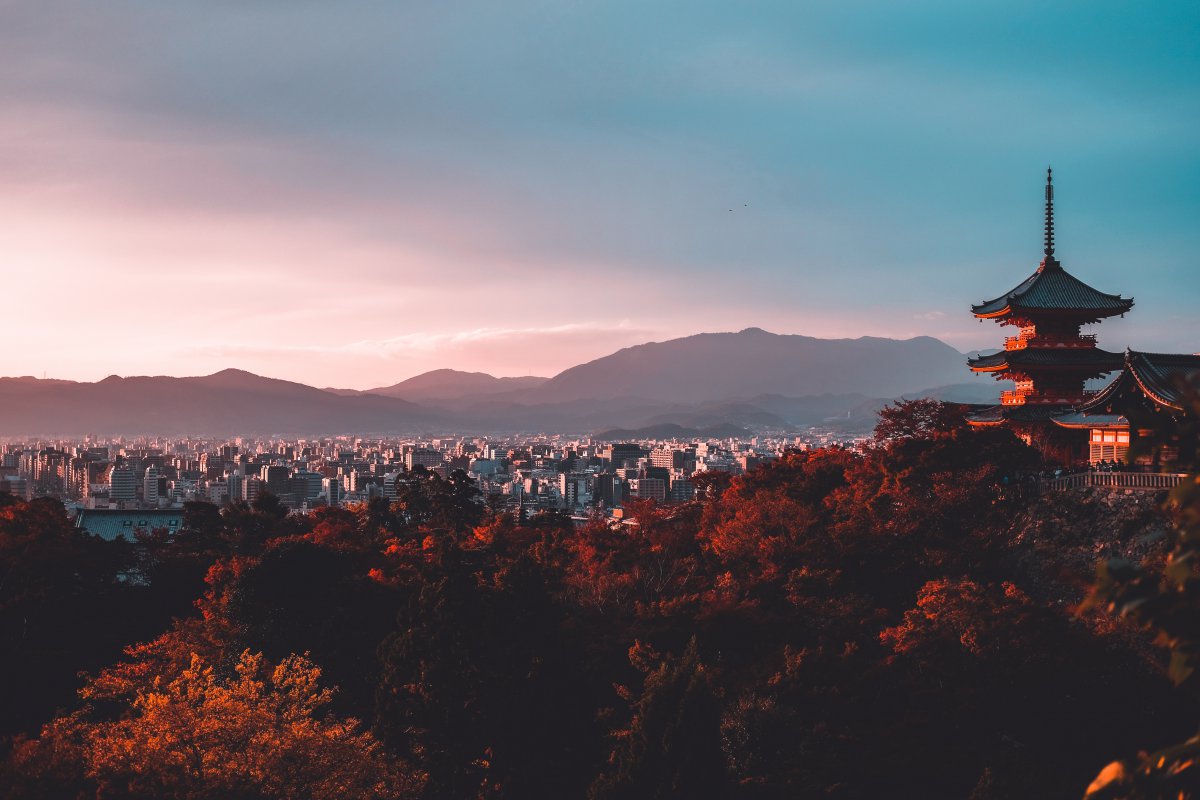
Japan is the most amazing tourist destination and it offers many unique experiences that you cannot find in any other part of the world. The culture of this country is an interesting blend of Eastern traditions and Western modernity that can be seen everywhere. Japan is one of the oldest civilizations and has a beautiful and diverse history. The stunning, diverse scenery with mountains and breathtaking views, which are much appreciated by the Japanese, offers so many different experiences that attract tourists from all corners of the world. In this article we give you our best reasons why you should make a trip to this amazing country at least once in your lifetime.

1. Pristine natural scenery
2. mount fuji , 4. incredible food, 5. beautiful temples, shrines, and zen gardens, 6. friendly people, 7. efficient public transportation, 8. thrilling experiences , 9. festivals/matsuri, 10. clean country, 11. shopper’s paradise, 12. weird stuff, 13. sakura (cherry blossoms), 15. onsen & sento , 16. unesco world heritage sites, 17. japanese castles , 18. sumo & sport events, 19. traditional arts and crafts, 20. unique accommodation, tour packages, other articles you might like.
The first reason to visit is obviously the natural beauty of the country. Even though many people think of Japan as a highly modern country with flashy neon lights and advanced technology, shopping malls and high-end stores, there are many ways in which Japan is a nature lover’s paradise as well!
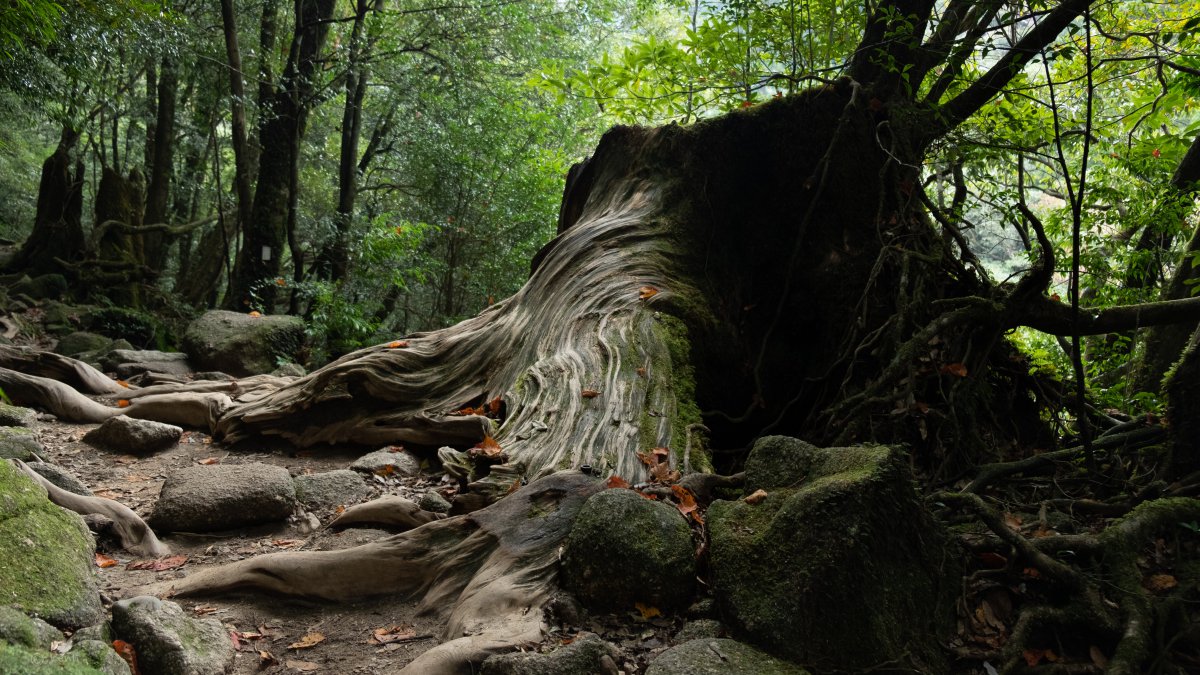
As soon as you travel outside of the big and modern cities you will discover that the country is home to some of the best natural scenery in the world . From the wilderness in Hokkaido to the white pristine beaches of Okinawa , Japan’s nature is incredibly diverse. The rugged mountains, rocky coastlines, pristine white beaches, bamboo forests and some of the world’s most beautiful waterfalls are just some of the natural beauty to be enjoyed all year round.

Mount Fuji is famous all over the world as a place to visit during any season of the year. But the majestic Fujisan is not ‘just a mountain’ as it takes a very special, sacred place in the Japanese culture. Since the 7th century it has been a sacred site for Shintoism, the indigenous religion of Japan . Japanese people have always held Mount Fuji close to their heart and Mount Fuji is displayed in many artistic outings, including (ancient) pottery, calligraphy, ukiyo-e paintings and woodblock prints.
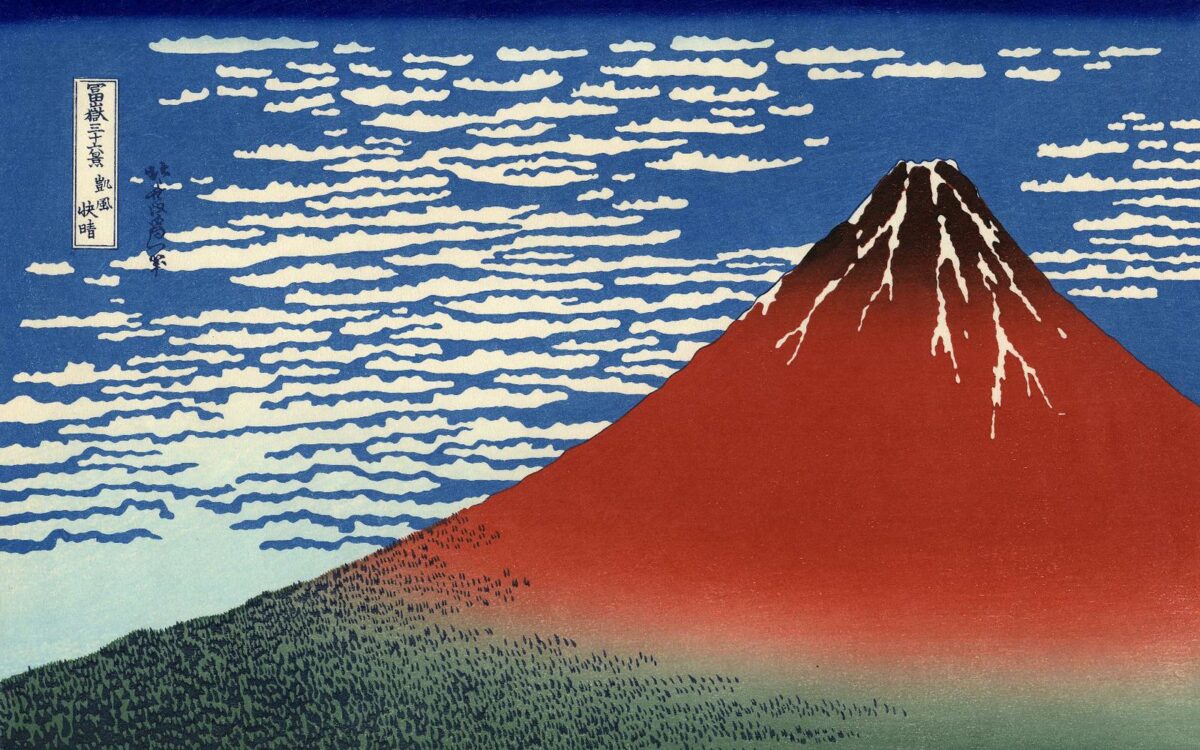
Climbing Mount Fuji is at the top of many people’s bucket list and an estimated 400,000 people climb the volcano each year. The climbing season of the highest peak (3,776 m) in Japan lasts from early July to early September. Though, even if you are not keen on making your way to the summit, Mount Fuji is a sight to behold .
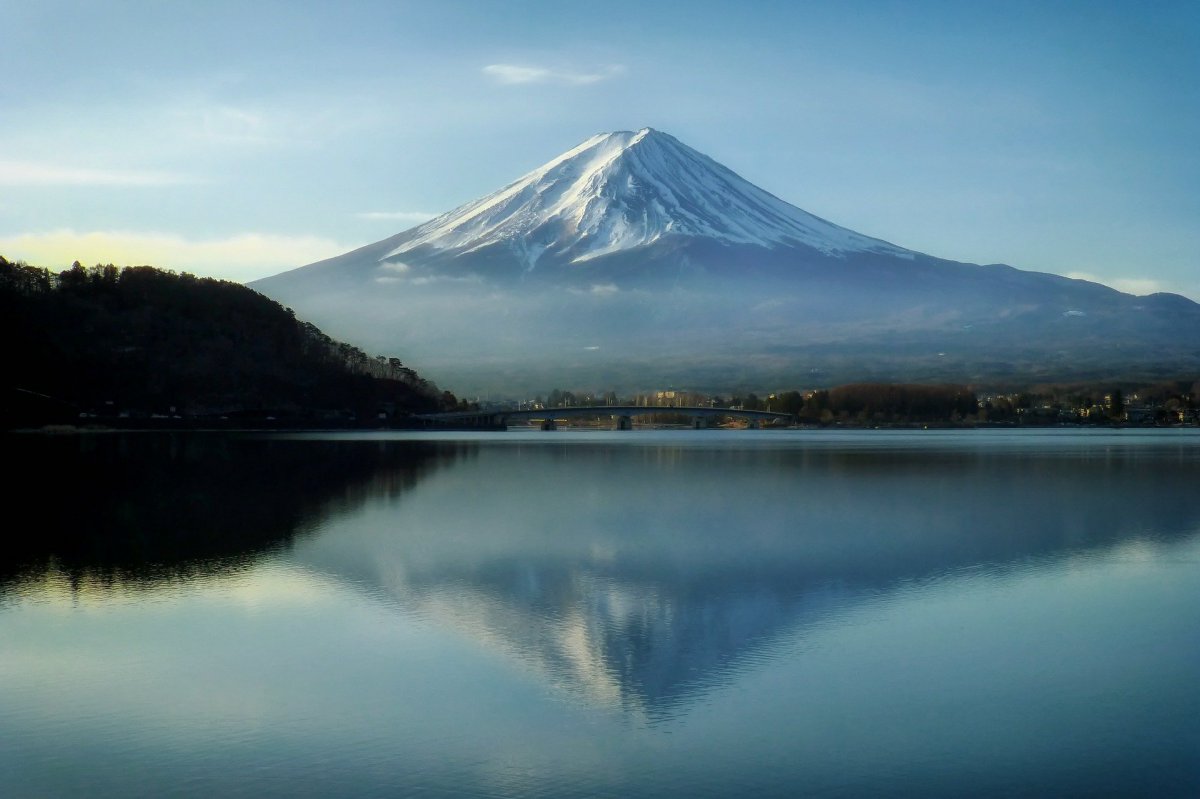
▼Book our tour to the 5th station of Mt. Fuji!
Japan is amongst the safest countries in the world , with an extremely low crime rate. This is something the Japanese are, understandably, quite proud of. Japanese people often leave their doors unlocked, children are perfectly safe traveling on the subway by themselves, and visitors are able to walk around the cities at night without having to worry. Japan’s low crime rate is partly due to the cultural belief in Japan where they always prioritize the common good above their own needs. You will likely come across some situations that you might think of as dangerous or stupid behaviour, but are perfectly normal in Japan. Japan is so safe, you can fall asleep on the train in Tokyo, the world’s biggest city, and wake up with your wallet and phone still in your possession. Or even on the street, you might see some salaryman passed out after 1 or 2 drinks too many but they won’t be robbed of their valuables. When you do forget something in a restaurant or on the train, always try to go back, it is highly likely that someone kept it for you or brought it to the police!
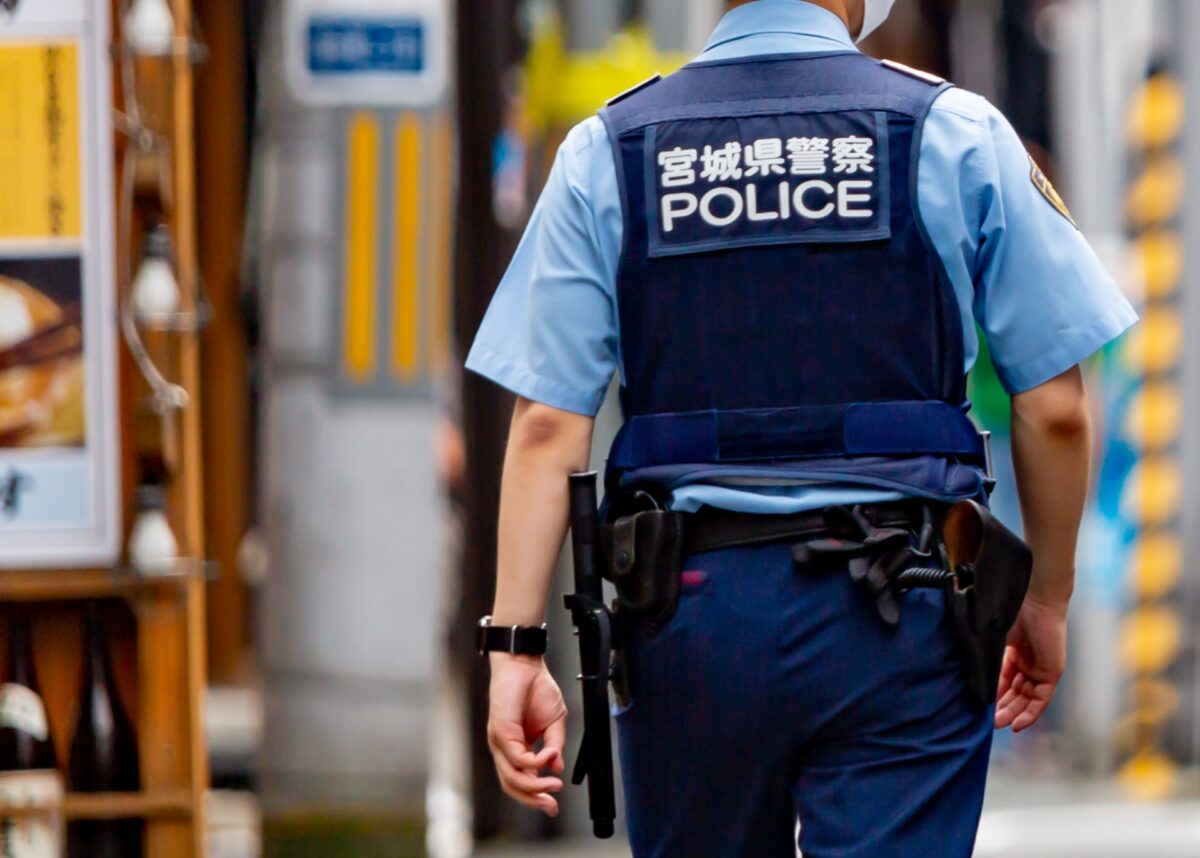
Even though Japanese cuisine is available around the world, the country attracts millions of tourists every year just to experience authentic Japanese food . Some of the usual experiences are the sushi conveyor belt and sake bars and don’t forget to try some fresh sushi at Tsukiji Fish Market or the delicious street food like takoyaki in Osaka.
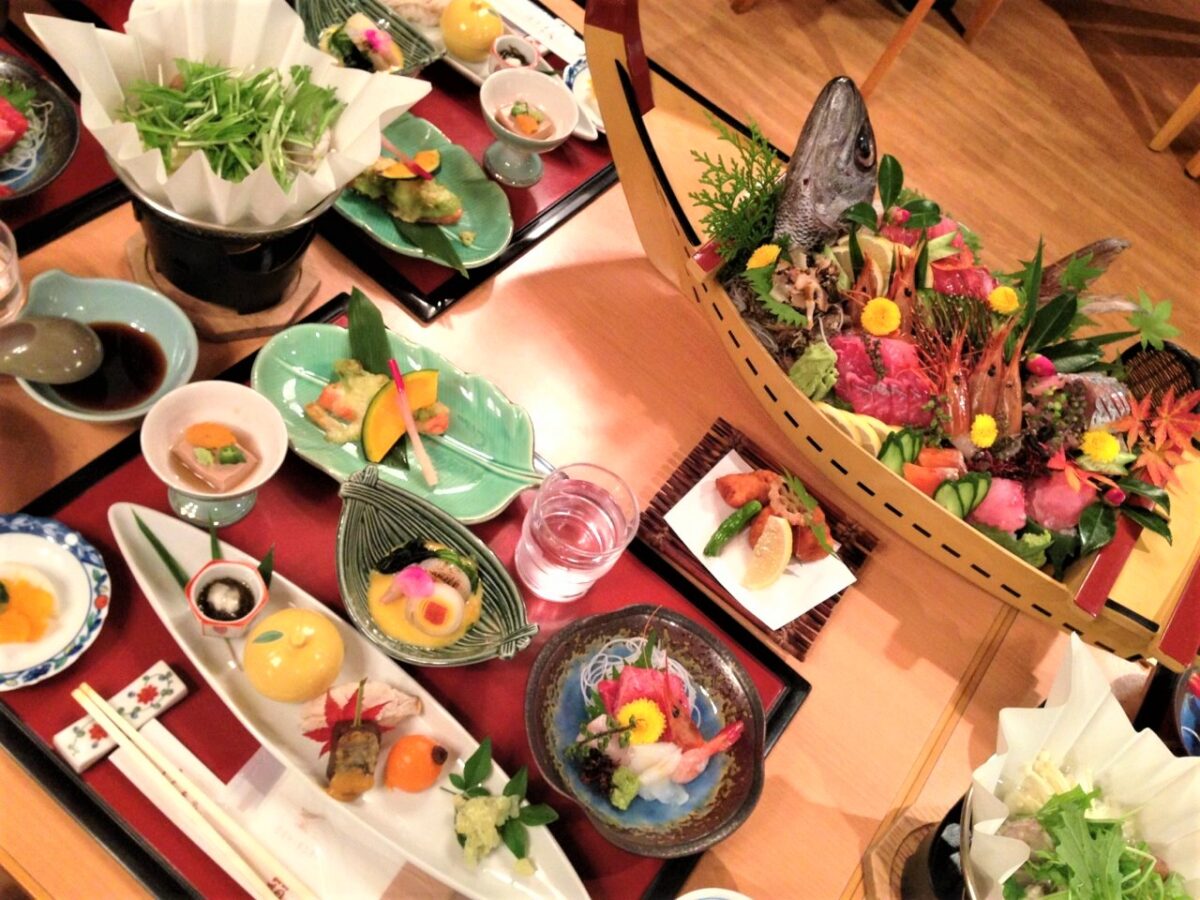
For many visitors, a trip to Japan provides the opportunity to indulge in some authentic Kaiseki food. Kaiseki is a traditional form of cuisine that has evolved over a period of thousands of years, using ingredients that are hardly found in any other part of the world. Any random, shady looking place makes the best sushi, ramen or tempura. Even the konbini food is tasty and freshly prepared on a daily basis. Tokyo has more Michelin stars than any other city in the world , with also the most three-star restaurants (12) in the world! Add to it a variety of traditional Japanese drinks and you have an experience of a lifetime waiting for you!
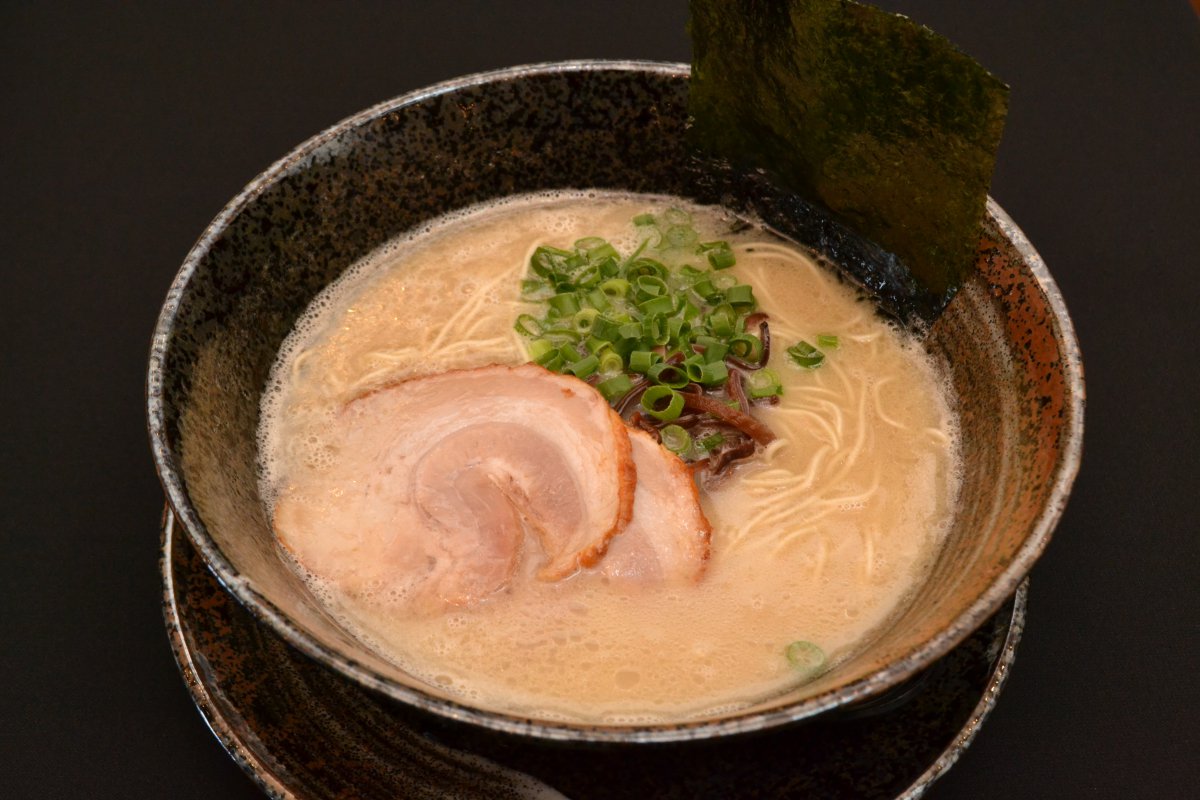
Are you hoping to try all the best food in Japan but don’t know where to start? Don’t worry, you can book a fun and delicious food and drink tour with us! We will assure that you will hit all the best spots that you would never normally stumble upon.
There are an estimated 80,000 temples and shrines in Japan of all sizes and some are over 1,000 years old! The Buddhist temples and zen gardens are incredibly beautiful and if you enter them you really can experience how peaceful and magical these places actually are.
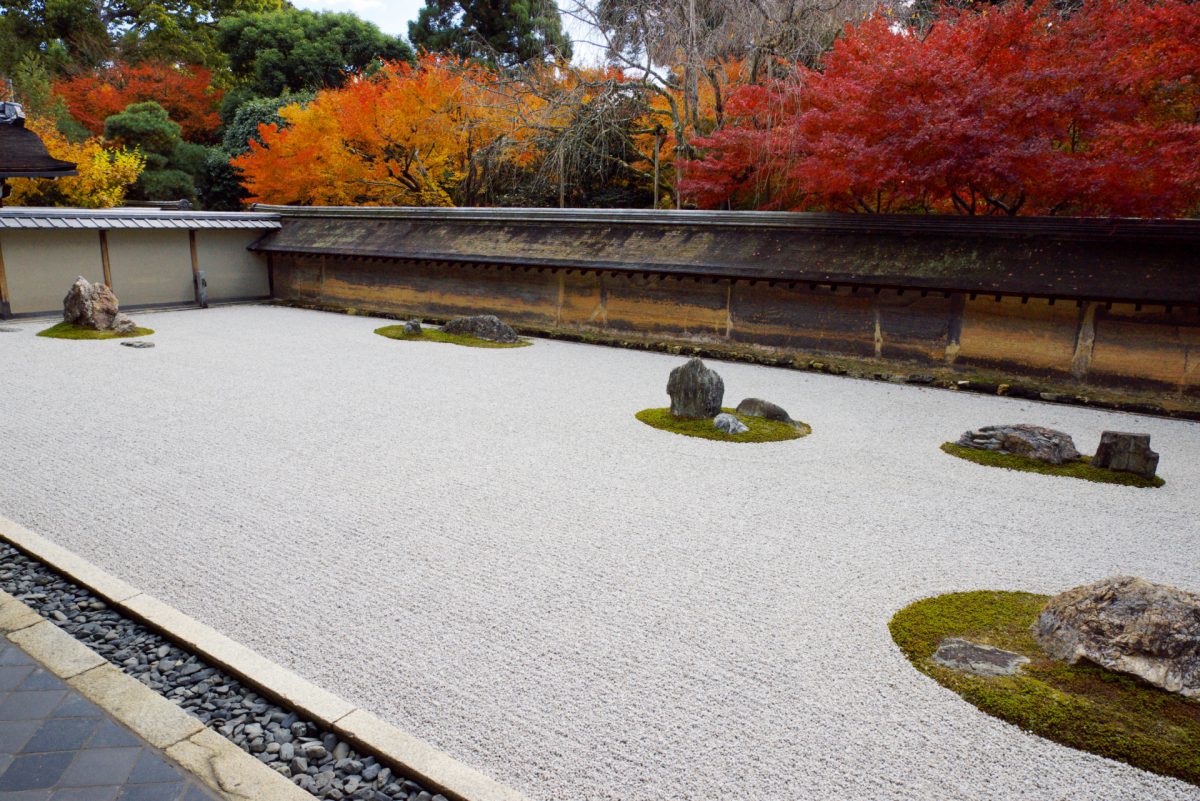
Inari Shrines are the most familiar Shinto shrines to Japanese people and they are also known as “o-inari-san”. Thousands of them are spread all over the country. One of the most important Inari Shrine is Fushimi Inari in Kyoto, which is dedicated to Inari, the Shinto god of rice. It is famous for its thousands of vermilion Torii gates and definitely something you have to see with your own eyes.
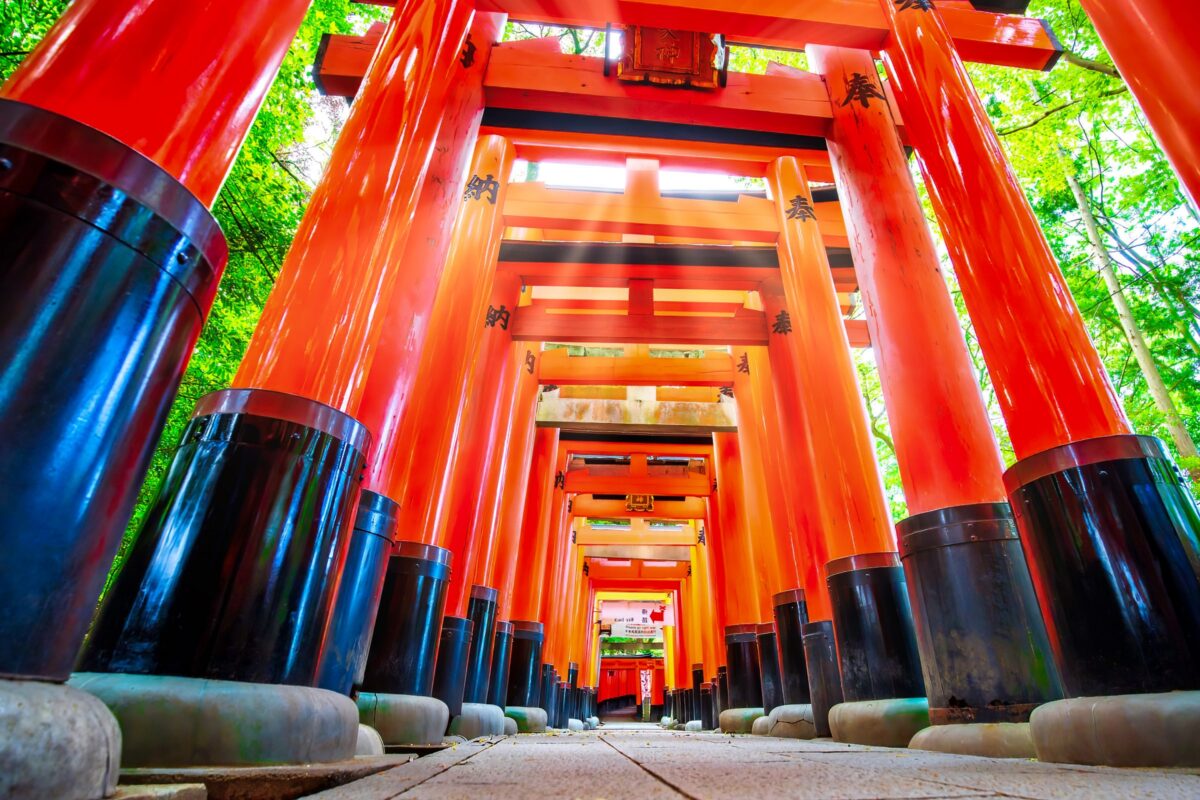
Even if you are not visiting Kyoto, you will have the opportunity to visit shrines with rows of torii gates throughout the country , even in the centre of Tokyo!
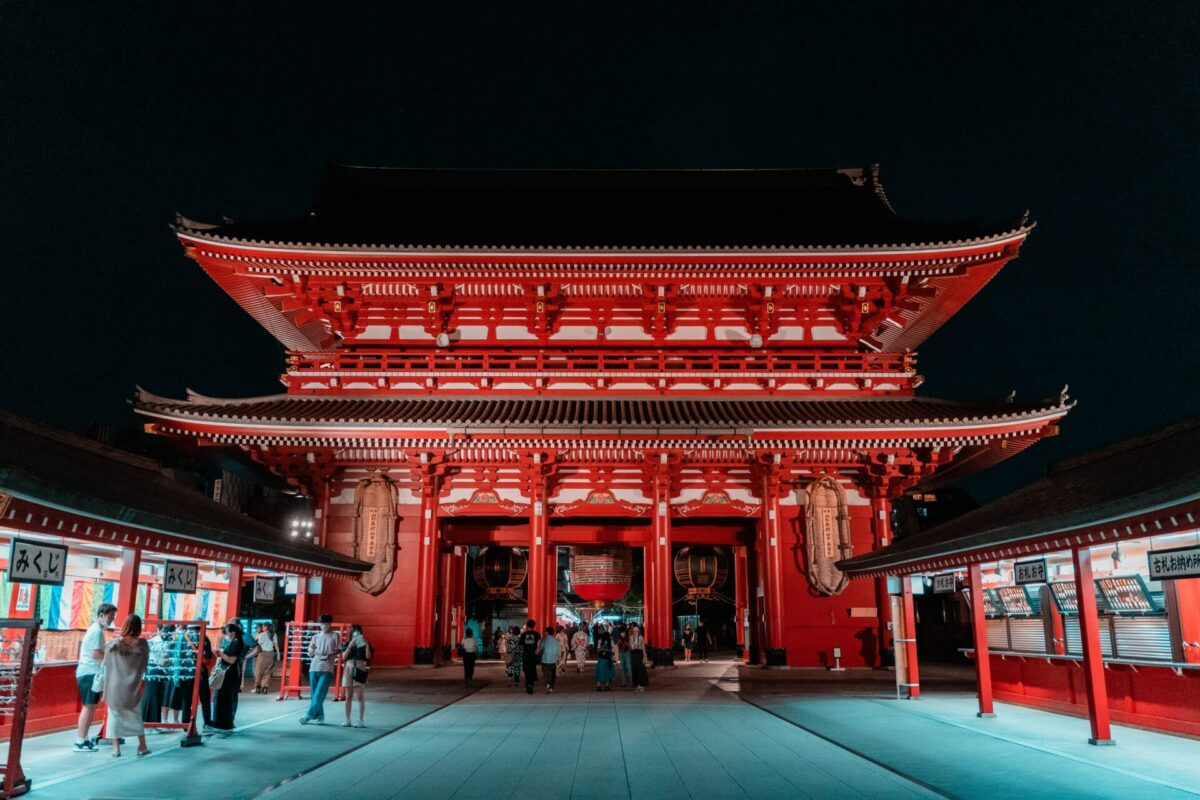
When you’re visiting Japan you will quickly find out that Japanese behavior is completely different to how people behave in Western countries. People in japan have the attitude to bother the people in their environment as little as possible. You will notice it as soon as you enter the train because it is amazing how silent it is in the train! Everyone is as respectful as possible and also incredibly helpful. If you have a question or seem to be confused about something you will always find someone who can help you! The language barrier is difficult at times, but Japanese people will always try to help you. It is difficult to describe a feeling like this with words so you should definitely experience on your own.
Recommended article: Why You Should Learn Japanese

The public transportation network in Japan is simply amazing . Especially when you are in the bigger cities, the system is just incredible. With trains or metro’s departing every few minutes (during the day) it is amazing how fast you can commute from one part of the city to another part within a short period of time.

The famous shinkansen, also known as the bullet train, takes you to all parts of the country. The extensive high-speed train network in Japan, connecting Hokkaido, Honshu and Kyushu, is extremely reliable with frequent departures throughout the day. The Tokaido Shinkansen line, connecting Tokyo, Osaka and Kyoto, is Japan’s busiest and most popular line with 370 departures each day! As a tourist it is definitely the most convenient, reliable, fastest way of discovering Japan . The best part for international tourists is that they can purchase a Japan Rail Pass that will give them unlimited travel for a designated period of time throughout the country!
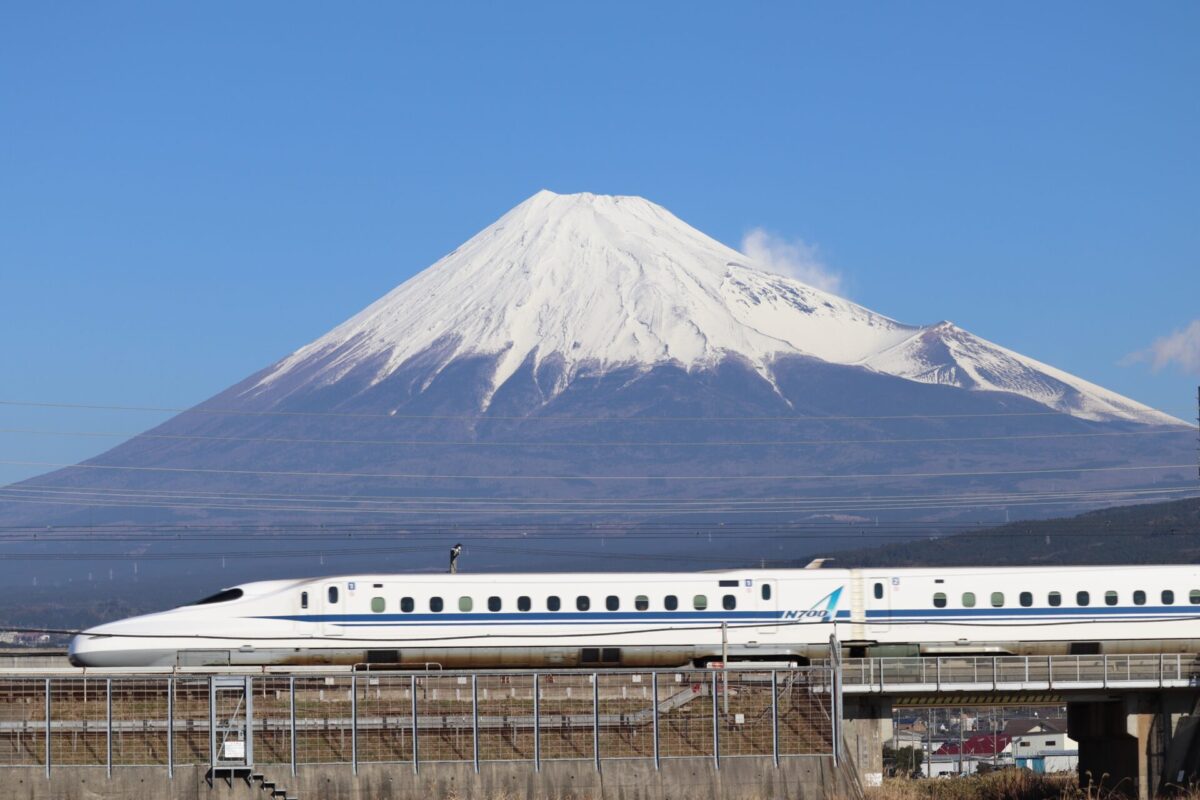
Adventure tourism is not something that one would associate with Japan, but the truth is that you can find many exciting experiences in this country. Whether it is snowboarding or skiing in Hokkaido or Nagano , or cycling along the Seto Inland Sea , catching a glimpse of Mount Fuji from the rollercoasters of FujiQ Highlands or sand-boarding in Japan’s desert of Tottori , the options for thrill-seekers are endless.
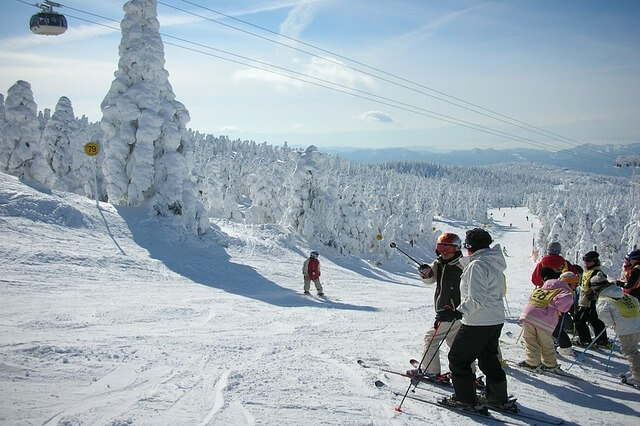
With about 75% of Japan covered in mountainous landscape you can embark on some amazing multi-day hikes or walk the steps of ancient pilgrimage routes like the Kumano Kodo Trail or the Shikoku 88 Temples Pilgrimage and witness the perfect mixture of nature and culture. At many tourist spots like Arashiyama or Asakusa you can also actively explore the area while riding a traditional Japanese rickshaw.

At any time of the year, Japan hosts a number of events and matsuri for anyone to enjoy . Matsuri are traditional Japanese events where often floats, called mikoshi, are carried around between temples and shrines. They often take place in the summer and attract thousands or even millions of visitors with their energetic atmosphere, and amazing street food activities for everyone to enjoy.
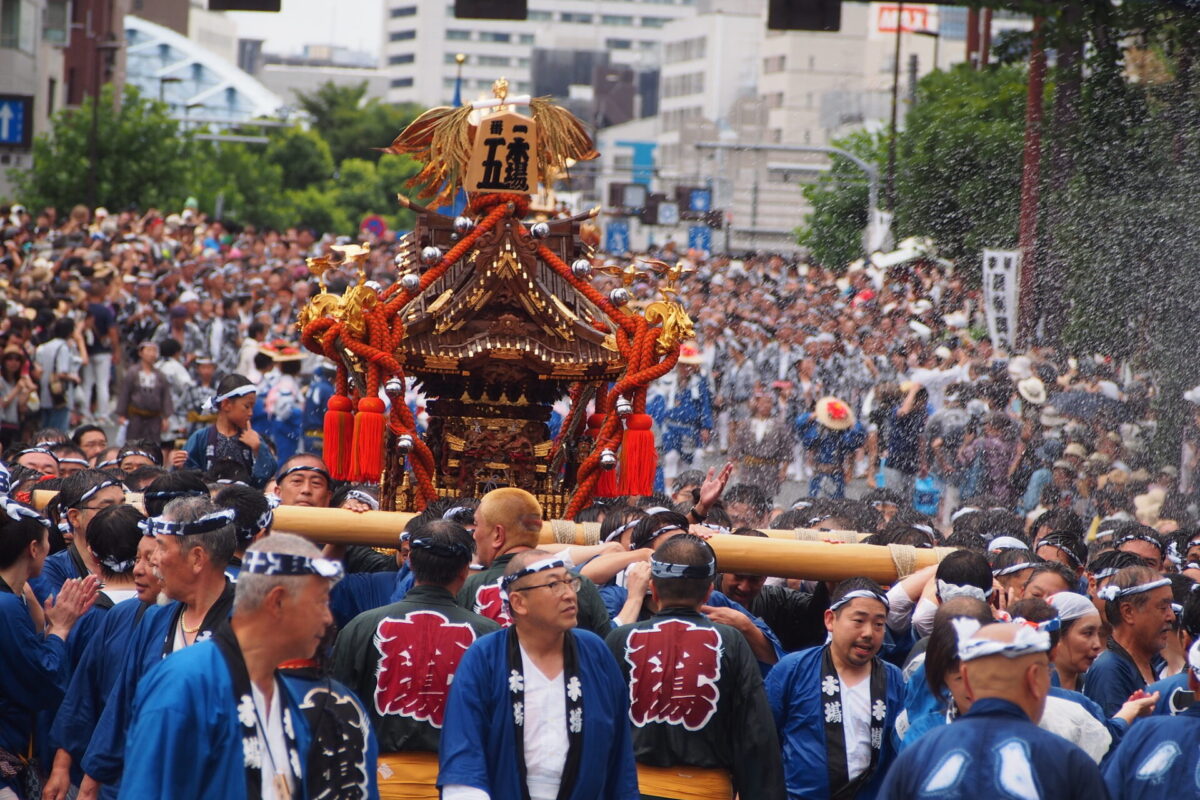
In wintertime you will find some unique and great festivals too, like the Kamakura snow hut festivals that are held around the country. There are also several illumination festivals with spectacular light shows and decorations, some only over the Christmas period where others last well into spring. Another world famous festival is Sapporo’s Snow Festival that attracts millions of visitors each year with spectacular ice sculptures and cozy winter scenes.

Something that you will soon notice after your arrival; Japan is extremely clean ! Even in the metropole of Tokyo you will not often see trash laying around, no cigarette butts on the curbs and streets smell nice. The lack of garbage bins available in the cities might make you wonder how is this even possible? The answer is simple, Japanese people respect their surroundings, clean up after themselves and take their trash home. A cultural principle that is highly valued in the Japanese society is mottainai , which can be freely translated as nothing goes to waste. When something is broken, it is not immediately replaced but often repaired and re-used.
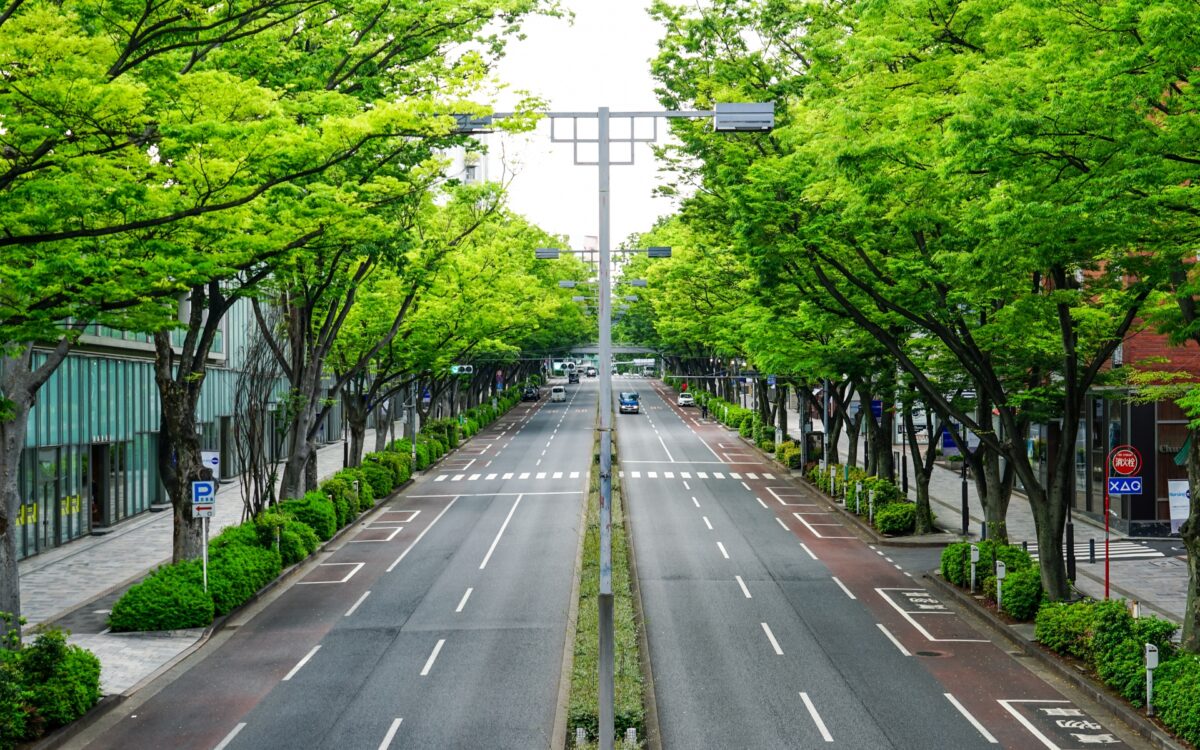
Shopping is another reason why you should visit Japan, more so for the local brands than for the international ones. Tokyo and other major cities have world-class shopping centers as well as traditional markets where you can shop for local handicrafts and souvenirs. Often cities, small or big, have their own local shopping street.
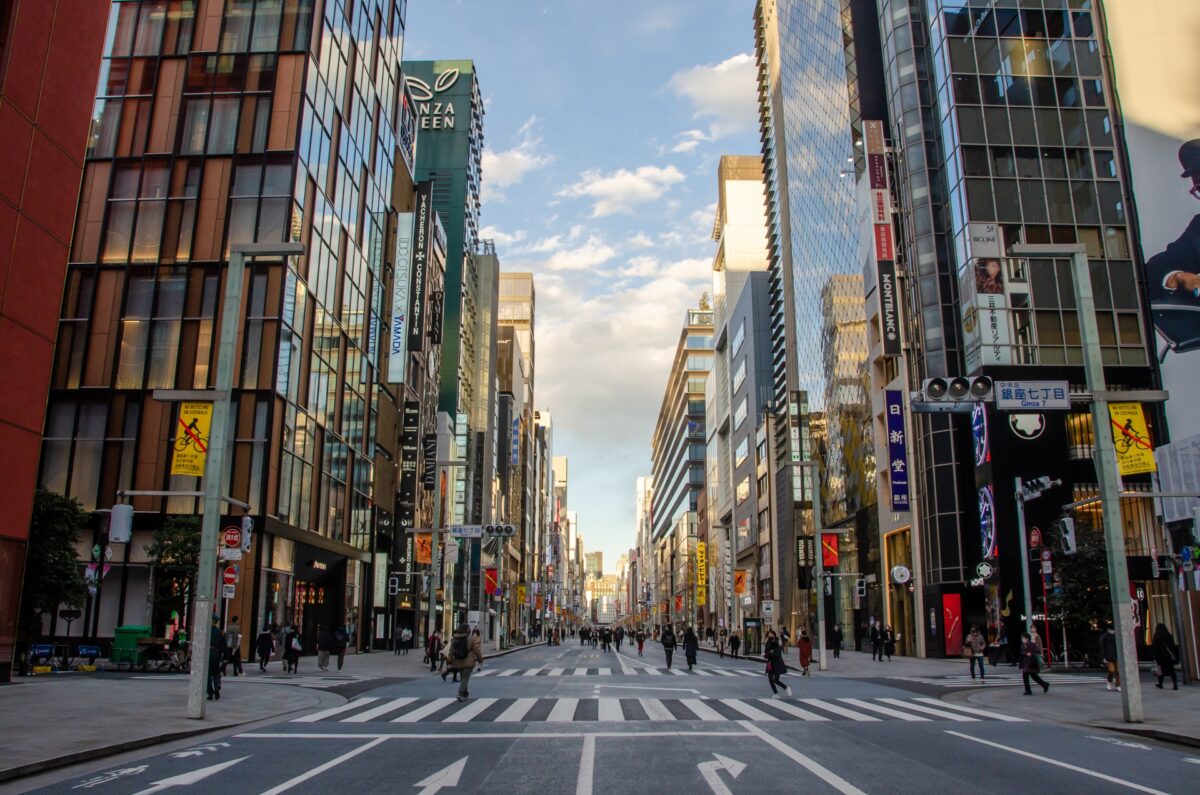
These shopping streets full of small stalls and local vendors are known as a Shotengai. If you are travelling to Tokyo, then you should visit the popular areas in Harajuku, Ginza and Akihabara. If you go to Osaka, Umeda and Shinsaibashi are also popular shopping destinations. For gaming and anime lovers, shopping in Tokyo will be an unforgettable experience, Nakano would be the best destination for you .
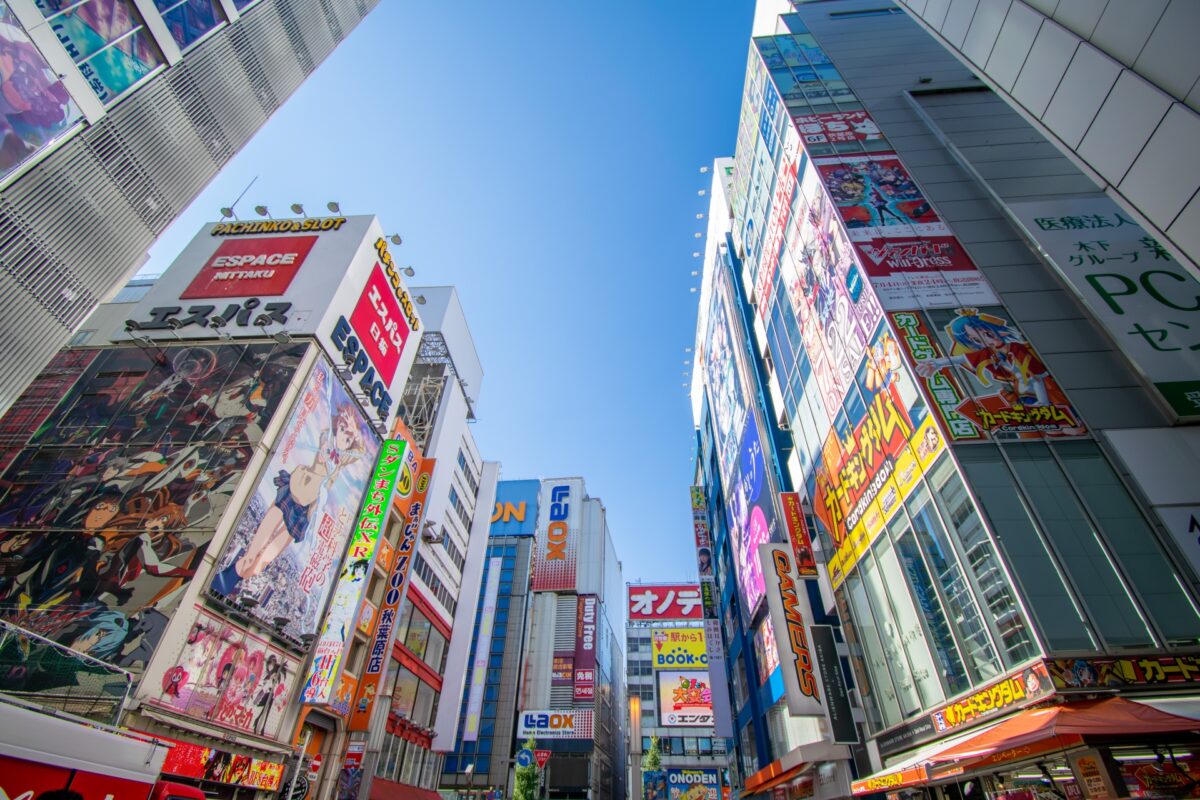
Square watermelons, washing toilets that blow-dry and play music, plastic food menus, cartoon versions and mascottes of everything, maid cafe etc, Japan has all kinds of unique things.
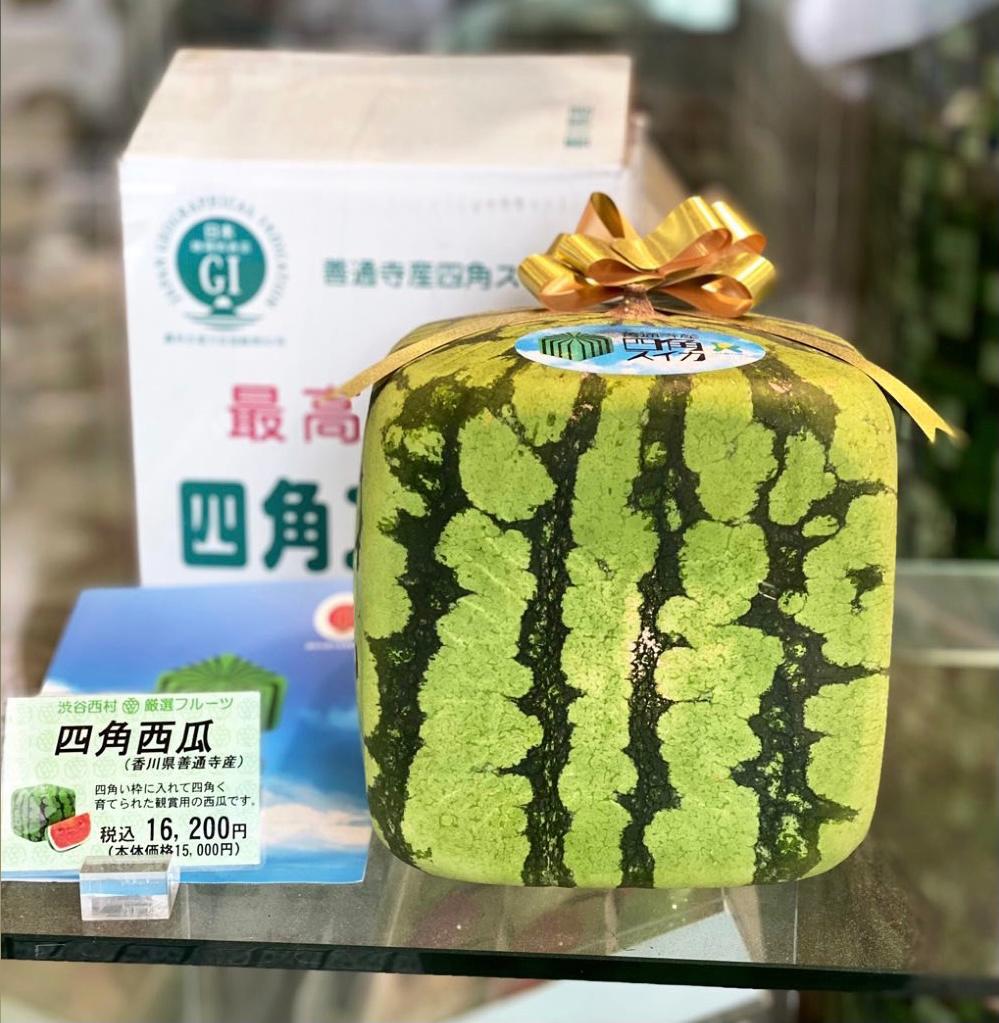
Walk around in Harajuku to experience the famous Japanese kawaii culture , it is literally everywhere! Cute girls, kawaii food, mascottes, the kawaiiness in Japan knows no limits! Another unique popular culture is Japan’s otaku or geek culture. Otaku refers to pop culture fans who are obsessed with manga or anime. Best places to experience some of Japan’s otaku culture are Akihabara and Nakano in Tokyo.
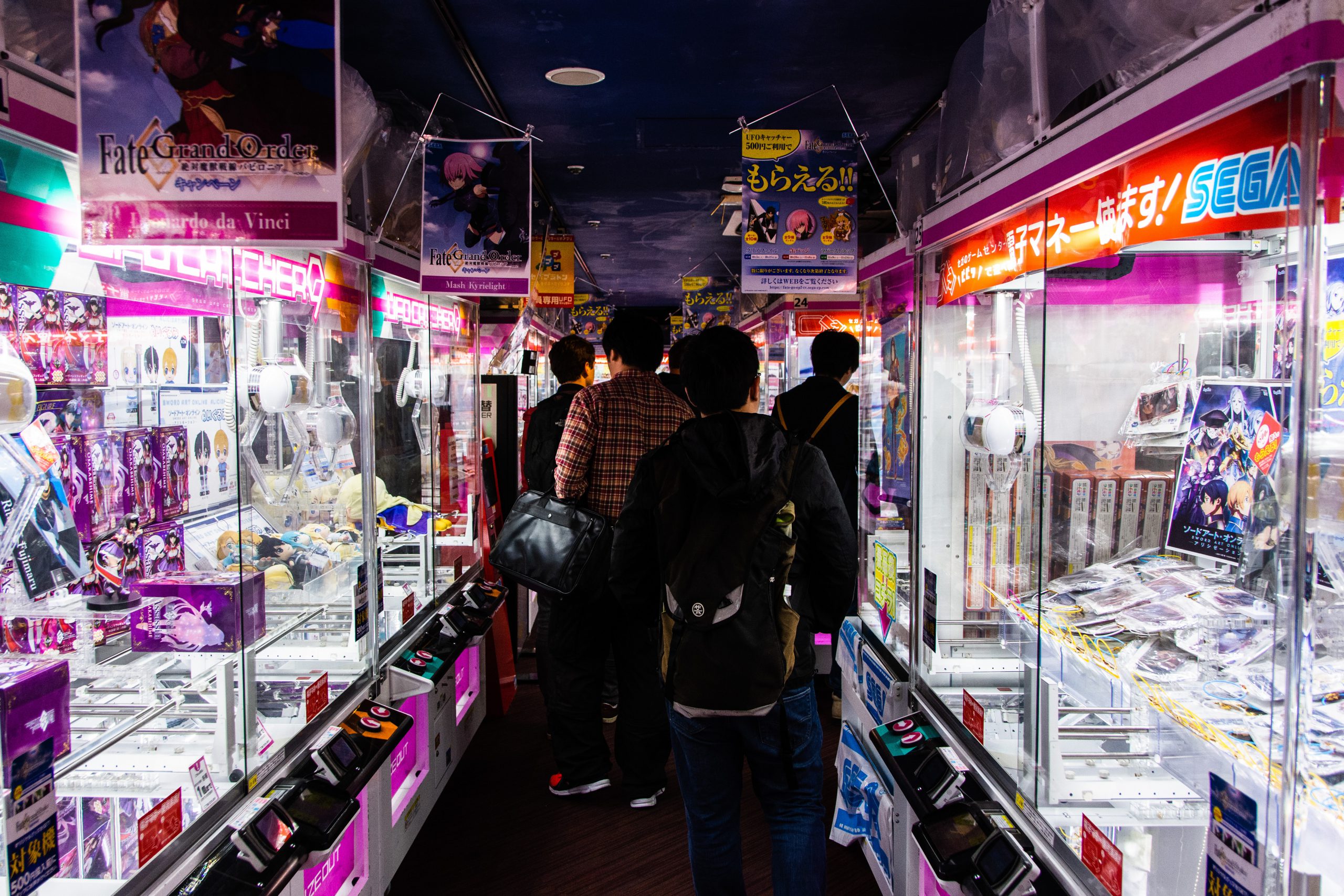
▼Explore all the weird that Harajuku has to offer with the tour below!
No visit to Japan in spring is complete without sakura. For two weeks, everyone and everything in the spirit of the beautiful flowers. Everyone wants to see this million dollar view and hanami (blossom viewing parties) are everywhere. Japan is very passionate about picnicking under the cherry trees in full blossom.

Sakura presents the arrival of spring, a time for renewal and optimism and because of the short blooming season (about two weeks), the cherry blossoms also symbolize the transience of life, a major theme in Buddhism. During the sakura season you will see limited edition sakura (flavoured) treats and souvenirs everywhere.
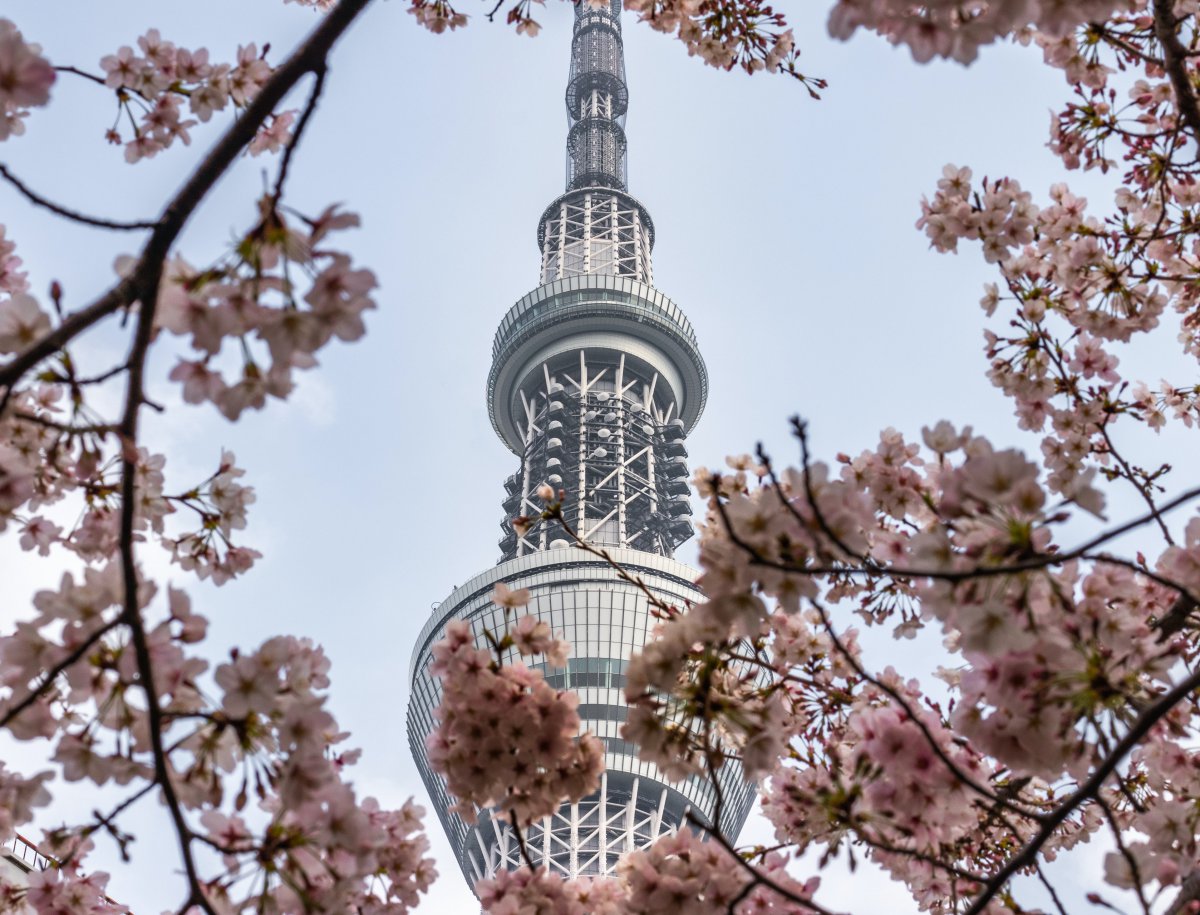
One of the biggest contributors to Japan’s famous anime culture is the Ghibli movies. Have you ever seen My Neighbor Totoro or Spirited Away? They are some of the world’s most famous anime movies produced by the renowned Studio Ghibli, the animation and art producer founded by Hayao Miyazaki. In Tokyo, you can visit the Ghibli Museum , home to drawings of Studio Ghibli movies, models of how animations are made, and a small theater showing a special short film. Also, Japan opened the Ghibli-themed park in Aichi prefecture in 2022. A must visit if you are a Ghibli fan! If you want something extra, you may want to visit some of the locations which were used in Ghibli movies !
When asked about their favourite thing in Japan, many people will (amongst others) answer onsen. Taking an onsen, a hot spring filled with mineral-rich spring water heated by geothermal forces that contains several minerals beneficial to the body, is a must-try activity for tourists as it is completely different from taking a bath in other countries around the world. It is also a big part of the Japanese culture and the ultimate activity to relax after a day filled with discovering the nature and culture of Japan. There are several written and unwritten rules to respect when taking an onsen, a ritual that dates back to at least the 8th century. Famous onsen destinations are Kusatsu Onsen, Hakone Onsen and Beppu Onsen .
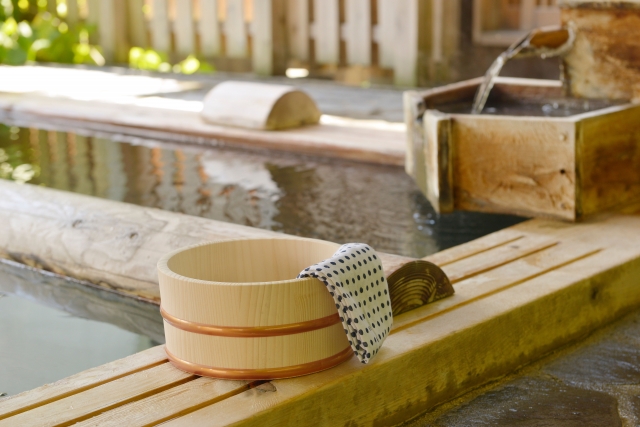
Sento are communal bath houses where people pay for their entrance. These bath houses were traditionally used by households that did not have their own bath and could be found in big cities and small villages. Today, the number of sento is decreasing as the number of houses with bathing facilities is increasing.
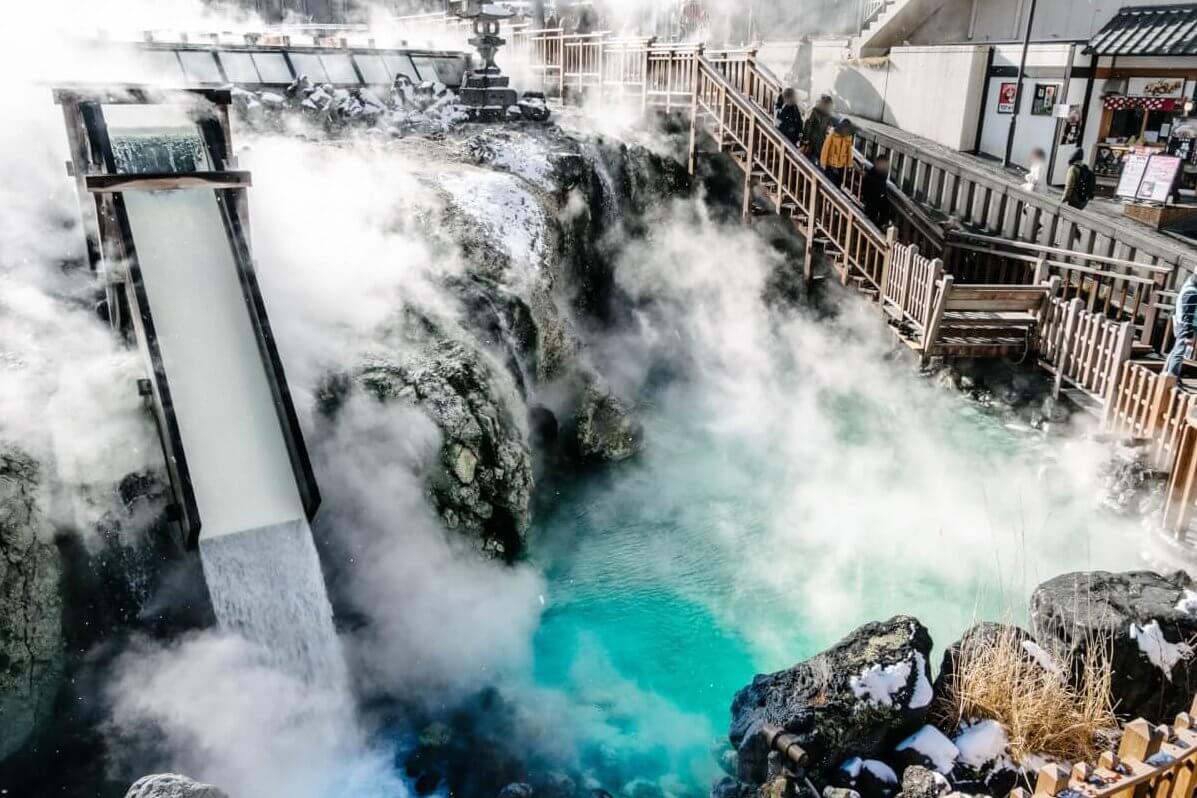
By now you should know Japan is home to some of the world’s most picturesque places, a rich culture and a long history. Indeed, Japan is home to no less than 23 UNESCO World Heritage Sites ; 19 Cultural Heritage Sites and 4 Natural Heritage Sites. Ranging from historically important shrines like Itsukushima Shinto Shrine on Miyajima to unique natural ecological treasures like Mount Fuji or Shiretoko National Park.
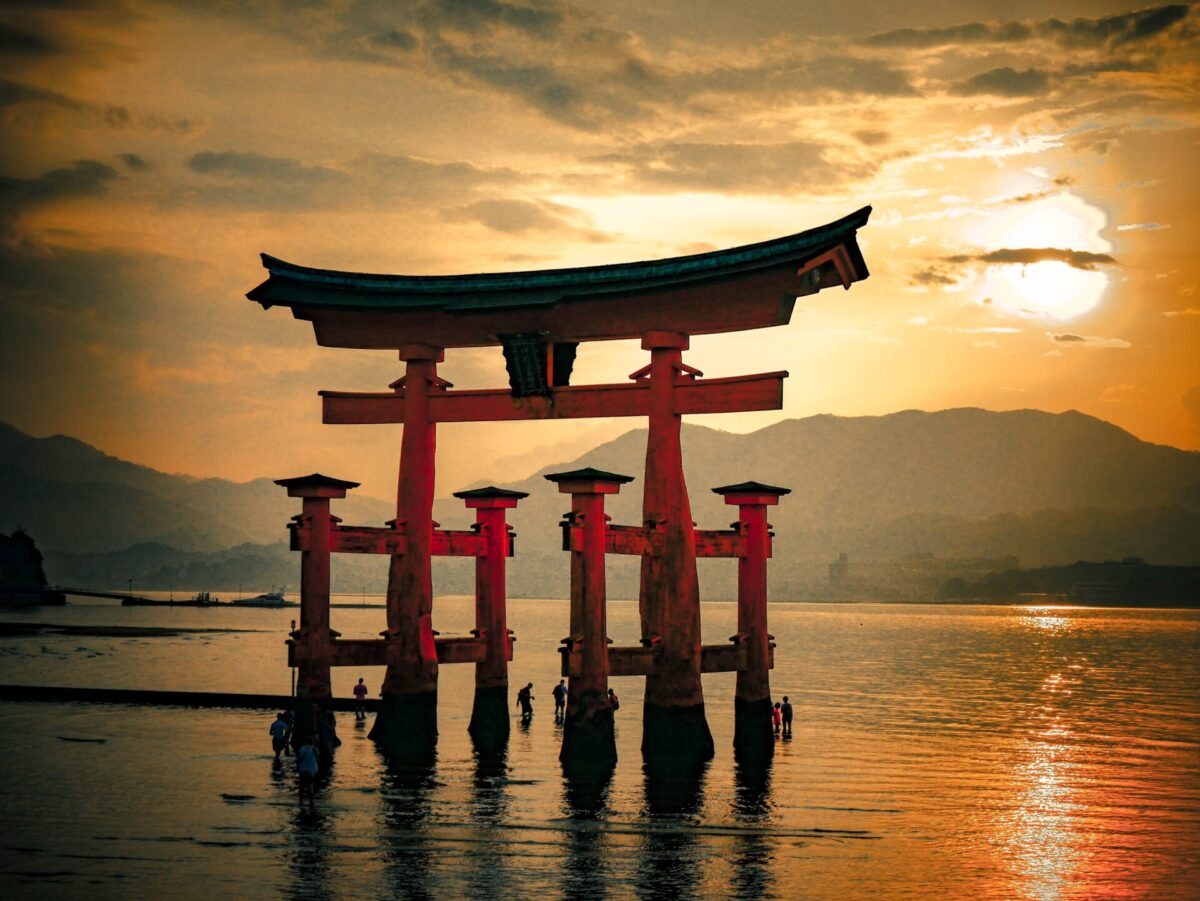
In the history of Japan, a large number of castles were built, many of which were destroyed during the many battles or natural disasters like earthquakes. But there are some beautiful castles in Japan that still exist and can be visited, some of which are also designated UNESCO sites. A total number of 12 original castles , meaning they have a castle tower (or main keep) that was built during the Edo period or earlier, are located around the country.
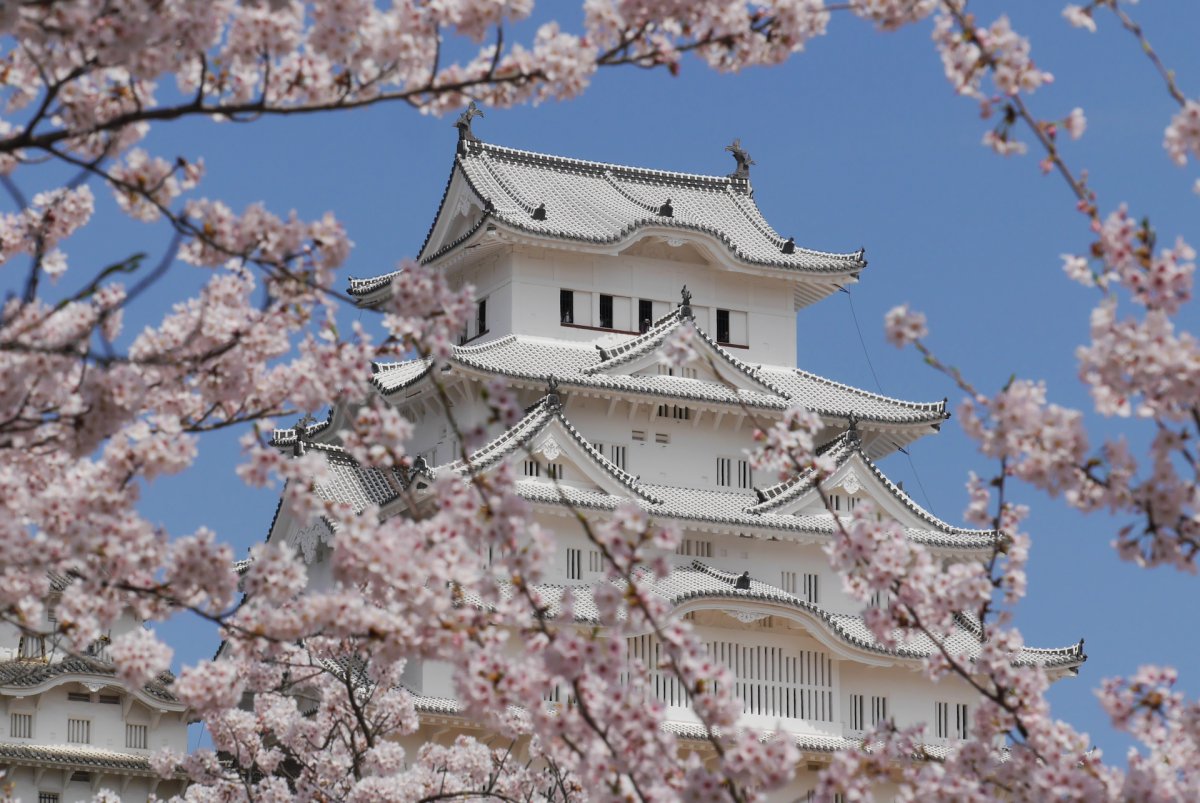
Another type of unique cultural event are the Grand Sumo Tournaments that take place at each odd-numbered month and last for two weeks. Sumo is Japan’s national sport, but not just a sport. In act, sumo is full of shinto rituals and watching a sumo match with a guide will help you to understand this ancient sport even better. Watching a sumo game is definitely an experience you should have at least once in your life!
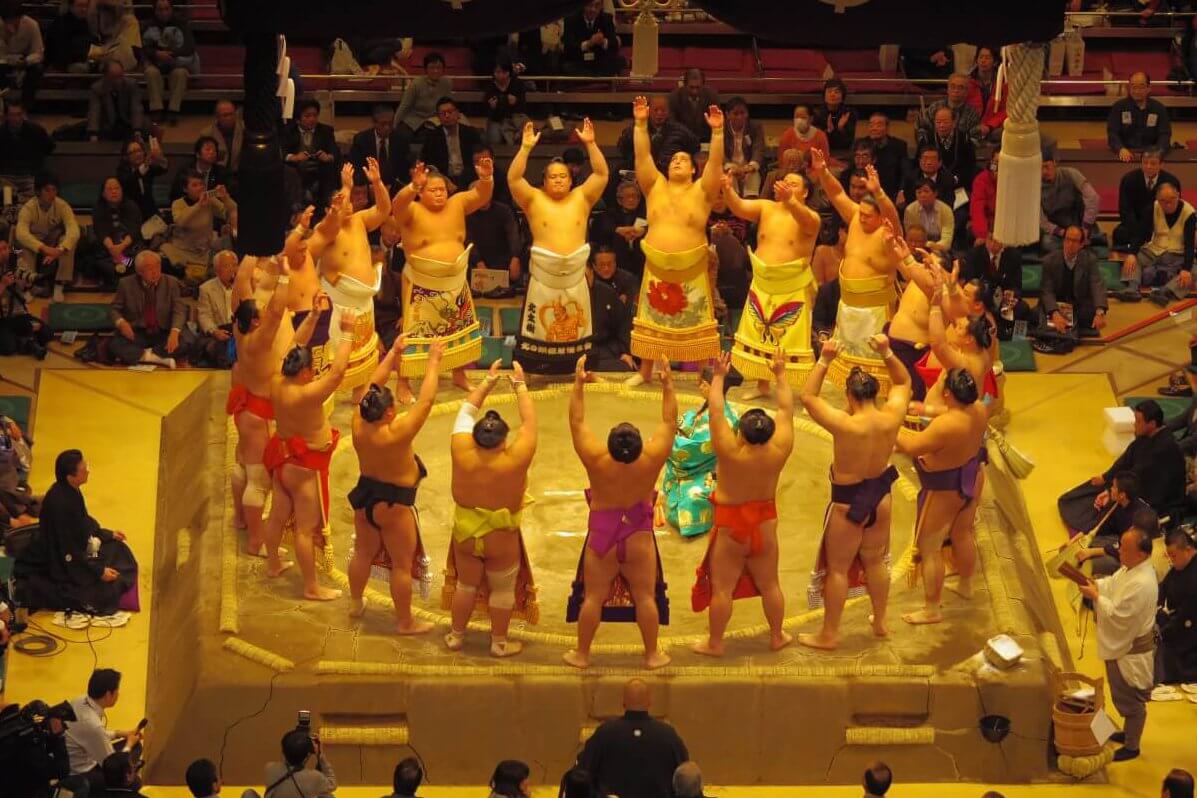
Baseball is Japan’s most popular sport, first introduced in 1872 by an American college professor. Whether you are a baseball fan or not, watching a baseball game will be an exciting experience for anyone ! It is good fun to join the Japanese baseball spectators and cheer on the teams. The games usually start from 2pm or 6pm and last for about 3.5 hrs.
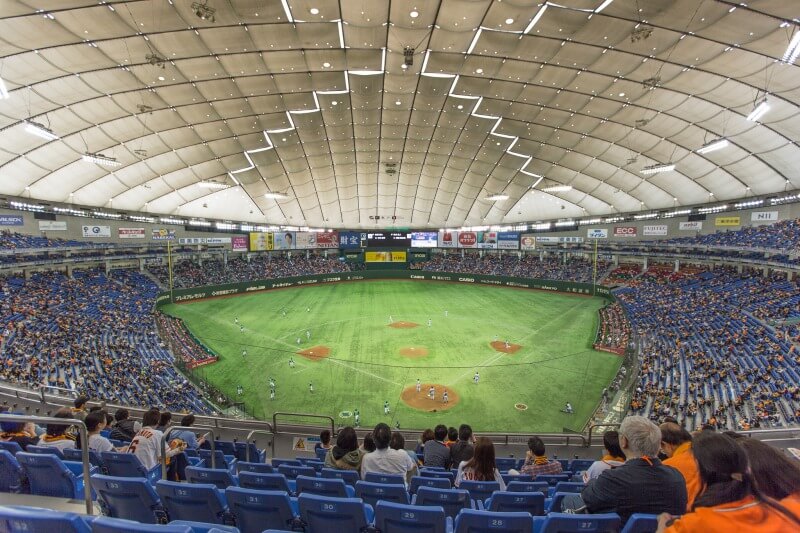
Craft in Japan has a long history and has played an important role in the Japanese culture. From the more famous ones such as knives, pottery, kimono, yukata, and tatami, to lesser-known ones such as kokeshi dolls, fireworks, kendama, origami, daruma dolls , Woodblock Prints , Nambu Ironware, and rounded and folding fans, there is a large list of traditional japanese crafts. Each region has its own local specialties. Some of the craft and art is more valuable in price since they are handmade by professional craftsmen but all make for a great souvenir to take home ! There are many places that offer craft and art experiences like pottery workshops and tea ceremonies.
Purchase your own beautiful Japanese crafts here!
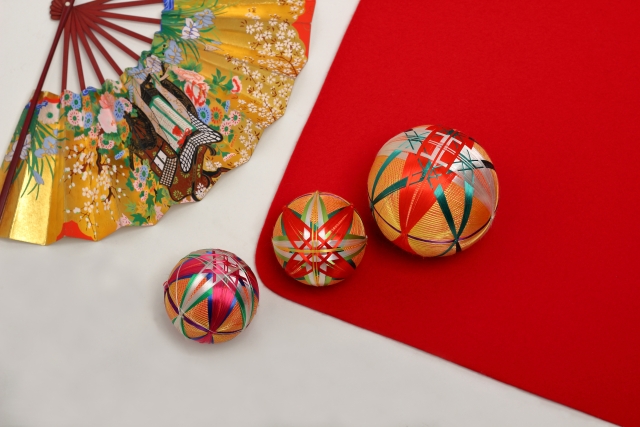
Japan is home to a large number of Western-style hotels, but something that you should not miss out on is staying at the traditional Japanese ryokan. A ryokan is a type of Japanese inn that has been around since the 8th century. It often features tatami-floor rooms, onsen, and other public areas where visitors wear yukata, the traditional more casual kimono. Often an overnight stay comes with a delicious, large, Japanese dinner and breakfast made from seasonal and locally produced products. Staying at a ryokan is a great place to enjoy onsen (privately) and experience some of the traditional elements of Japanese culture.
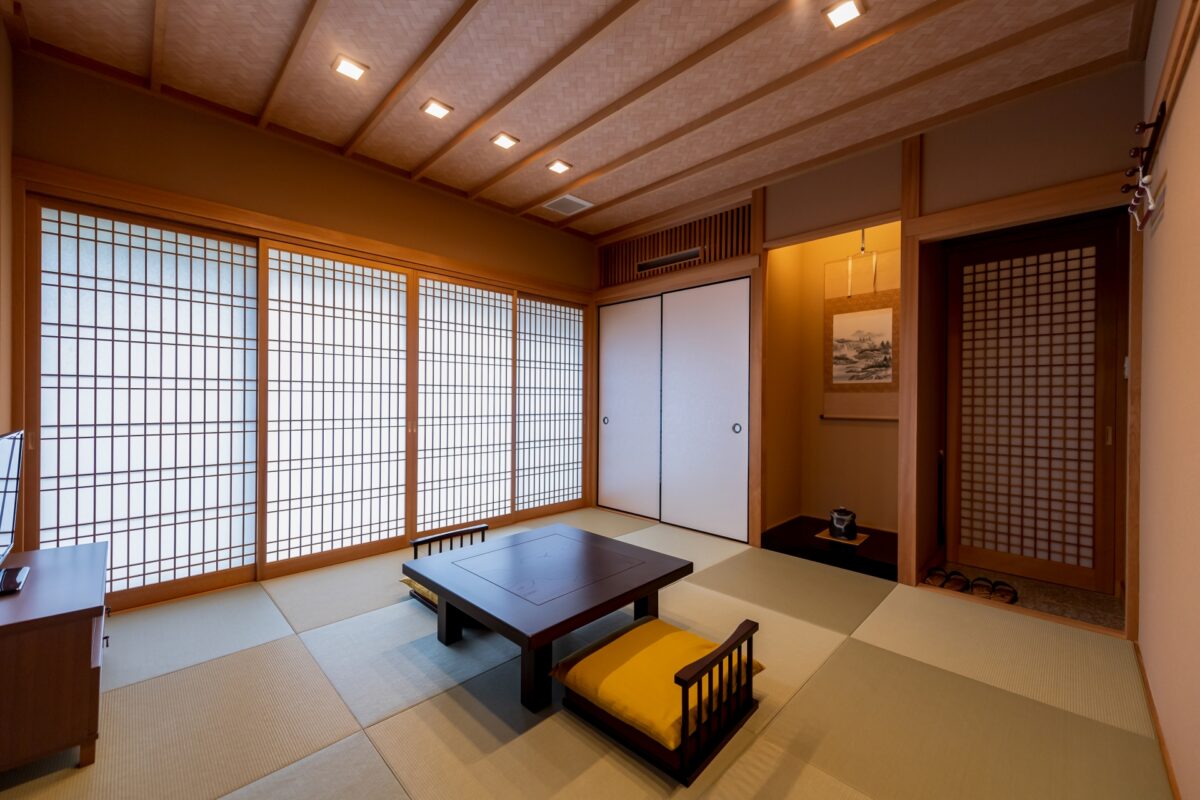
If you are interested in experiencing the simple and traditional lifestyle of Buddhist monks, temple lodging known as shukubo is an excellent option. Shukubo literally means “sleeping with the monks” and besides a great night’s rest and delicious shojin-ryori, the Buddhist vegan cuisine, you can join the monks for morning prayers.
Originating in Osaka, capsule hotels have made their advance in Japan. These hotels, usually found in the larger cities, originally targeted individuals looking for a cheaper alternative for single nights stay. Recently there are also more luxurious alternatives of the pod hotel that are more comfortable, though not as cheap as you might think.

These are just 20 reasons why you should visit Japan, but the list is endless. We haven’t even talked about the beautiful autumn colors, the cute deers, animal cafes, and love hotels amongst other things. Nowhere else on earth will you find a country like Japan, with its unique blend of long standing traditions and modern rituals, century old buildings and peaceful gardens sandwiched between the city’s modern highrises. Incredible fresh food, domestic drinks, sake and local specialties that you can get from any hole in the wall spot. Friendly people that will go out of their way to make you comfortable and require as much as a simple thank you. Reliable and punctual public transportation in a country that is among the safest in the world. The list of reasons for you to come to Japan is simply endless. Conclusion: plan your trip to Japan as soon as possible, you are in for a treat!
Japan Wonder Travel Tours
Japan Wonder Travel is a travel agency that offers guided tours throughout Japan. From private walking tours to delicious Food and Drink tours, we can help you organize the best tours just for you! If you want to explore Japan and learn more about the history and backstories of each area you are visiting, our knowledgeable and friendly English speaking guides will happily take you to the best spots! In addition, we can provide you with any assistance you may need for your upcoming trip to Japan, so please feel free to contact us if yu have any questions or need some help!
▶ Tokyo Tsukiji Fish Market Food and Drink Tour Explore the most lively and popular fish market in Tokyo and try some of the local’s favorite street foods and sake with one of our friendly and knowledgeable English speaking guides!

▶ Tokyo 1–Day Highlights Private Walking Tour (8 Hours) There’s no better way to explore an area than taking a tour with a knowledgeable local guide. You will have the chance to learn about the history and interesting background stories of Tokyo, as well as discover some hidden gems which can be hard to do without a guide.

▶ Mt. Fuji Day Trip Bus Tour from Tokyo Experience the breathtaking views of Mt. Fuji by visiting the highlights of the area on our guided sightseeing bus tour! Departing from Shinjuku in central Tokyo, you can travel comfortably to all of the best spots in the area by bus.

If you want to make travel easier, click here to find the best tour package from various operators!
These are just 20 reasons why you should visit Japan, but the list is endless. We haven’t even talked about the beautiful autumn colors, the cute deers, animal cafes, and love hotels amongst other things. Nowhere else on earth you will find a country like Japan, the unique blend of long standing traditions and modern rituals, century old buildings and peaceful gardens sandwiched between the city’s present-time highrise. Incredible fresh food, domestic drinks, sake and local specialties that you can get from any hole in the wall place. Friendly people that will go out of their way to make you comfortable and require as much as a simple thank you. Reliable and punctual public transportation in a country that is among the safest in the world. The list of reasons for you to come to Japan is simply endless. Conclusion: plan your trip to Japan as soon as possible, you are in for a treat!
Follow us on Instagram , Facebook and Twitter for more travel inspiration. Or tag us to get featured!
Happy traveling!
Stay informed of the best travel tips to Japan, the most exciting things to do and see, and the top experiences to have with the Japan Wonder Travel Newsletter. Once every two weeks we will introduce you to our latest content.

- Popular destinations
- Hidden places in Japan
- Tours and workshop
- Food and drink in Japan
- Itinerary in Japan
- Places to visit in Tokyo
- Food and drink in Tokyo
- Seasonal events
- Tours & workshops
- Tokyo This Week
- Day trip from Tokyo
- Itinerary in Tokyo
- Places to visit in Kyoto
- Food and drink in Kyoto
- Itinerary in Kyoto
- Day trip from Kyoto
- Travel tips
- Accommodation
- Cultural tips
- Transportation
- Tokyo Tours
- Kyoto Tours
- Kimono Rental
- Fukushima Tours
- Mount Fuji Tours
- Tour Package
- Media Kit(English/日本語)
Essays About Japan: Top 5 Examples and 5 Prompts
Japan is a beautiful country famous for its lush landscape, delicious food, and well-mannered people. Here are some examples of essays about Japan.
A developed country in Asia known as the “land of the rising sun,” Japan has become a hot commodity for tourism and business. Japan is truly a sight to behold, from its beautiful cherry blossoms, efficient public transportation system, and delicious food.
Japan’s rich history has allowed it to develop into one of the most advanced nations in the world, and its technology is renowned worldwide. Moreover, its people are known for their discipline, hard work, and resilience, even in the face of severe natural disasters. Japan is, without a doubt, a country worth visiting.
If you want to write essays about Japan, here are our best essay examples and writing prompts to help you begin.
1. What Japan Taught Me About Life by Beth Louise
2. japan experience: reflection on japanese culture by rayan elhafiz abdalla, 3. what i learned about design from travel in japan by teo yu siang.
- 4. The best time to visit Japan by Pat Kay
5. A Day Trip To Kobe by David Swanson
5 prompts for essays about japan, 1. what does japan mean to you , 2. misogyny in japanese society, 3. why visit japan, 4. japan’s history, 5. living in japan: what’s it like.
“In fact, there’s so much to see and do that it feels like a lifetime of exploring would never uncover all that’s on offer. It’s also a bright, buzzing lesson in living fast; just wandering around in the crowds is a massive adrenaline rush, and Monday nights are as mental as Fridays. But despite the intensity of a city so large, people are calm and quiet. It’s the most magical juxtaposition. Everything is moving at light-speed, but with such efficiency and thoughtfulness, that it feels like a well-oiled, intuitive machine, powering a ride that you never want to get off.”
In her essay, Louise writes about her experience traveling to Tokyo, Japan. She compares it to a machine, with all the people in the city playing their part. She is amazed by the people’s focus, discipline, manners, and sense of purpose, and she can better appreciate life’s simplicity. She is mesmerized by Japan and recommends booking a trip to Tokyo as soon as possible.
You might also like these essays about being yourself and essays about college .
“People were very friendly, they will greet you even if they don’t know you. One shocking incident that I will not forgot, is when the cashier was trying to help me put all my coin money in my wallet with me. In America I am not used to having someone put my money inside my wallet, that is really invading personal space. However, I learned that in Japan it seems normal to just drop off someone’s coins in their wallet.”
Similar to Louise, Abdalla reflects on new things he discovered about Japan and its people during his time there. These range from trivial things such as the “Pokemon Go” rollout in the country to the Japanese’ sense of honor and discipline. He recounts an experience in which the cashier was helping him put his change into his wallet, something he is not used to back home. He provides excellent, although short, insight into Japan, its culture, and its people.
“Everything around us is designed: from the smartphones we use every day to the tactile paving on a walkway. But it’s often hard to examine the designed environment around us with eyes as fresh as a tourist’s. So if you’ve made it to the end of this post, I’ve got a challenge for you: The next time you take a walk outside, try to become aware of the thousands of design decisions around you. What works, and what can be improved?”
Siang writes about the edge that Japanese cities and society in general have because they are well-designed. He cites innovations such as fast, automated cash register machines and aid for the visually impaired and recalls lessons such as the importance of accessibility when designing something.
4. The best time to visit Japan by Pat Kay
“When people ask me “When is the best time to visit Japan?”, I usually reply with “anytime”. Japan is always a good idea, at any time of year. It’s truly an all-year-round destination that provides vastly varied experiences throughout its distinct 4 seasons. Whether you’re a traveller who loves snow, or one who thrives in humidity; a traveller who wants to see beautiful nature changes, or wants to be thrown into crowds; whatever your style of travel, there’s a season and a time for that.”
Kay describes the weather and activities during the different seasons in Japan, giving readers an idea of when they would prefer to visit. Japan ranges from the ethereal but chaotic cherry blossom season to the calm, frigid snow season; however, each year’s season has its own charm. Kay’s essay gives good insight into the best times to visit Japan.
“When planning a visit to Kobe, consider the fact that the city has been completely rebuilt since 1995, following the great Hanshin earthquake that leveled much of the city. Except for a few memorials, you likely won’t be aware of the destruction at all. Instead, what you will discover is a cosmopolitan port city where foreign influences intermingle, museums are dedicated to sake, and a conveniently compact and walkable quarter showcases a robust nightlife scene that has featured jazz on the menu for nearly a century. Oh, and, of course, there is the beef.”
In this short write-up, Swanson lists the best things to do in Kobe, Japan, a place best known for its top-quality beef. However, there are many things to do in the city besides eating beef, such as viewing historical buildings, going to the hot springs, and visiting the botanical gardens. However, Swanson notes that eating is an integral part of a trip to Kobe, and one should not miss out on trying the beef.
In your essay, you can write about the country’s significance to you. For example, are you from there, or do you have Japanese ancestry? Have you visited? Write about your connection to the country and why this connection exists in the first place. If Japan has a special place in your heart, this essay topic is for you.
When editing for grammar, we also recommend taking the time to improve the readability score of a piece of writing before publishing or submitting
With all its glory and excellence, Japan is less evolved in gender equality. So how are women treated in Japan? First, delve into research about the treatment of women in Japanese society, and show how the culture differs from modern western gender equality ideologies. Then, discuss why Japan is behind in encouraging women’s equal rights. Make sure to cite research, statistics, and interviews to support your point.
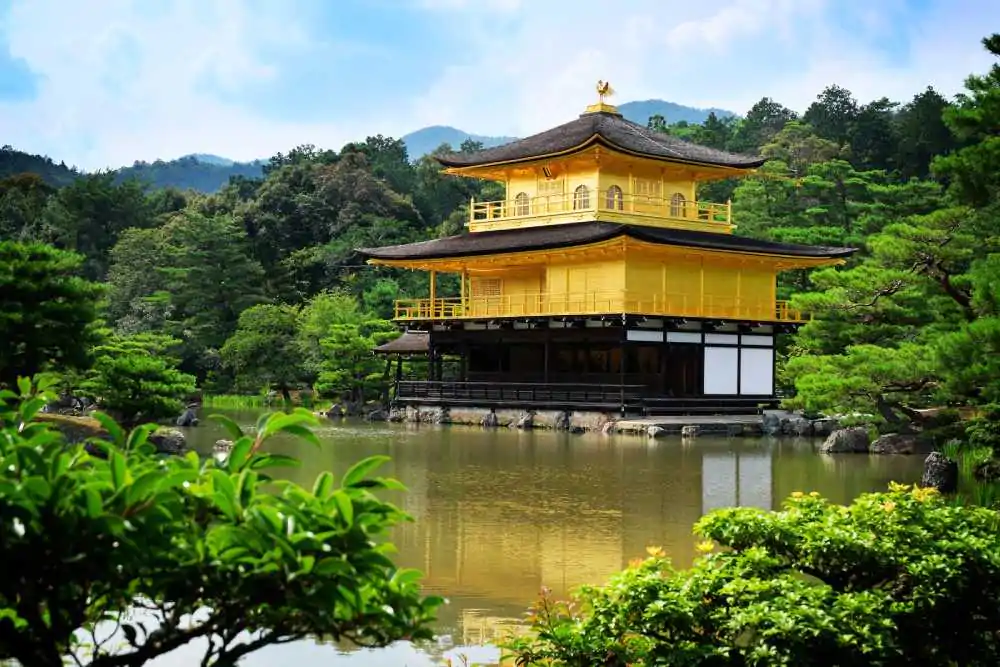
This topic is straightforward; whether you have been or not, try to persuade others to visit the country. Include highlights that others should visit and suggestions for places others can visit. If Japan was a bad experience for you, go the other way: why should you not visit Japan?
Japan has a dark history surrounding its role in World War II. In your essay, briefly explain these events and research their effects on Japan after the war. How did the war change Japan- for better or for worse? Elaborate on the impact and, as always, include references to strengthen your arguments. This is quite a broad topic, so you can focus on one element of Japanese society: values, city planning, relationships with tourists, race, inequality, and gender equality.
Based on reading articles and sample essays as well as any experiences in Japan, list the advantages and disadvantages of living in Japan and conclude whether it would be ideal for moving to Japan or not. Use anecdotes from travel writers or people who live in Japan to show why living in japan is enjoyable or not so enjoyable. Pick a stance for a compelling argumentative essay.
If you are interested in learning more, check out our essay writing tips !
If you’re stuck picking your next essay topic, check out our guide on how to write an essay about diversity .

Martin is an avid writer specializing in editing and proofreading. He also enjoys literary analysis and writing about food and travel.
View all posts
Nomadic Matt's Travel Site
Travel Better, Cheaper, Longer
Japan Travel Guide
Last Updated: February 18, 2024
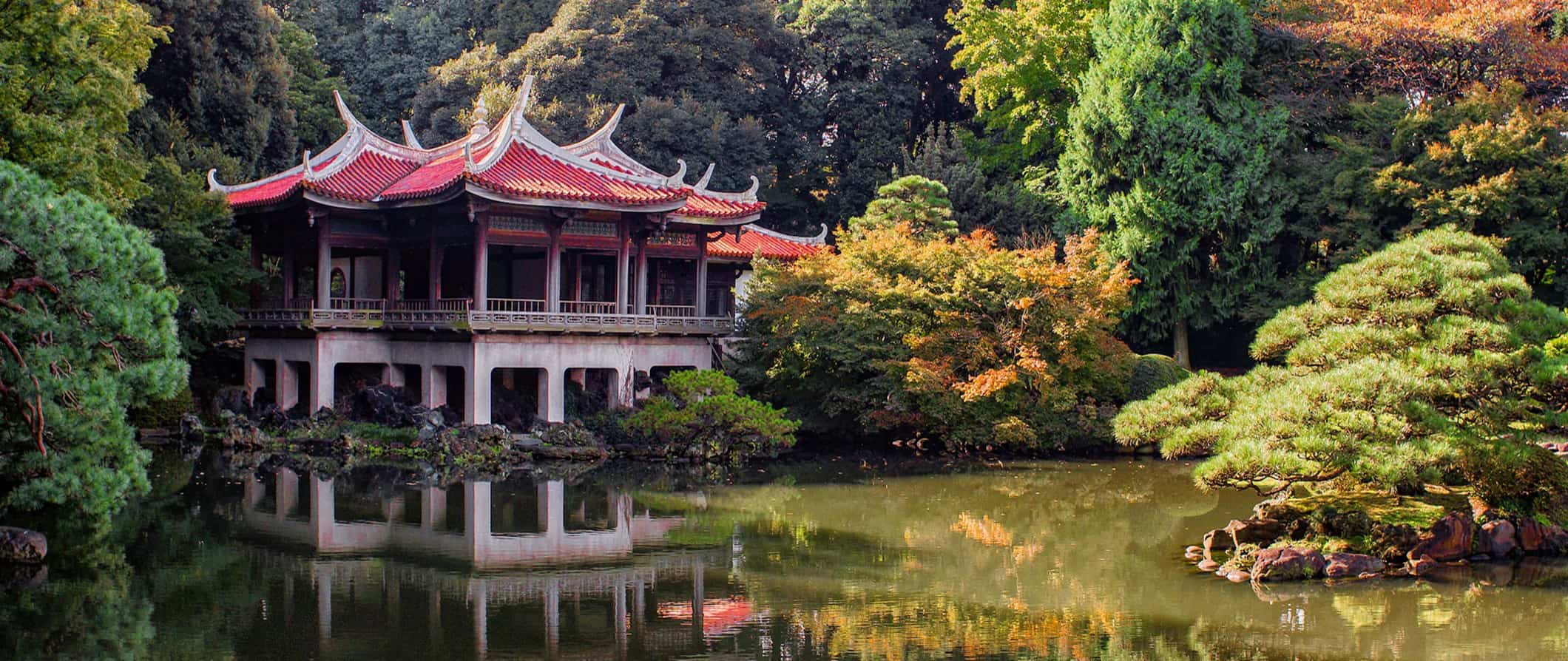
It was a lifelong dream to visit and, when I finally did, it lived up to all my expectations. Since that first visit, I’ve been there over five times. Japan is a country that blows everyone away. From the food to the people to the architecture and everything in between, I’ve never met someone who didn’t go to Japan and fall in love with it.
A lot of people delay visiting Japan because they think it’s super expensive. And, while some aspects of traveling there are expensive, there are plenty of ways to make it affordable. I was actually shocked how easy it was to see Japan on a budget .
This Japan travel guide can help you plan an affordable trip so you can see more, eat more, and spend less.
Table of Contents
- Things to See and Do
- Typical Costs
- Suggested Budgets
- Money-Saving Tips
- Where to Stay
- How to Get Around
- How to Stay Safe
- Best Places to Book Your Trip
- Related Blogs on Japan
Click here for City Guides
Top 5 things to see and do in japan.
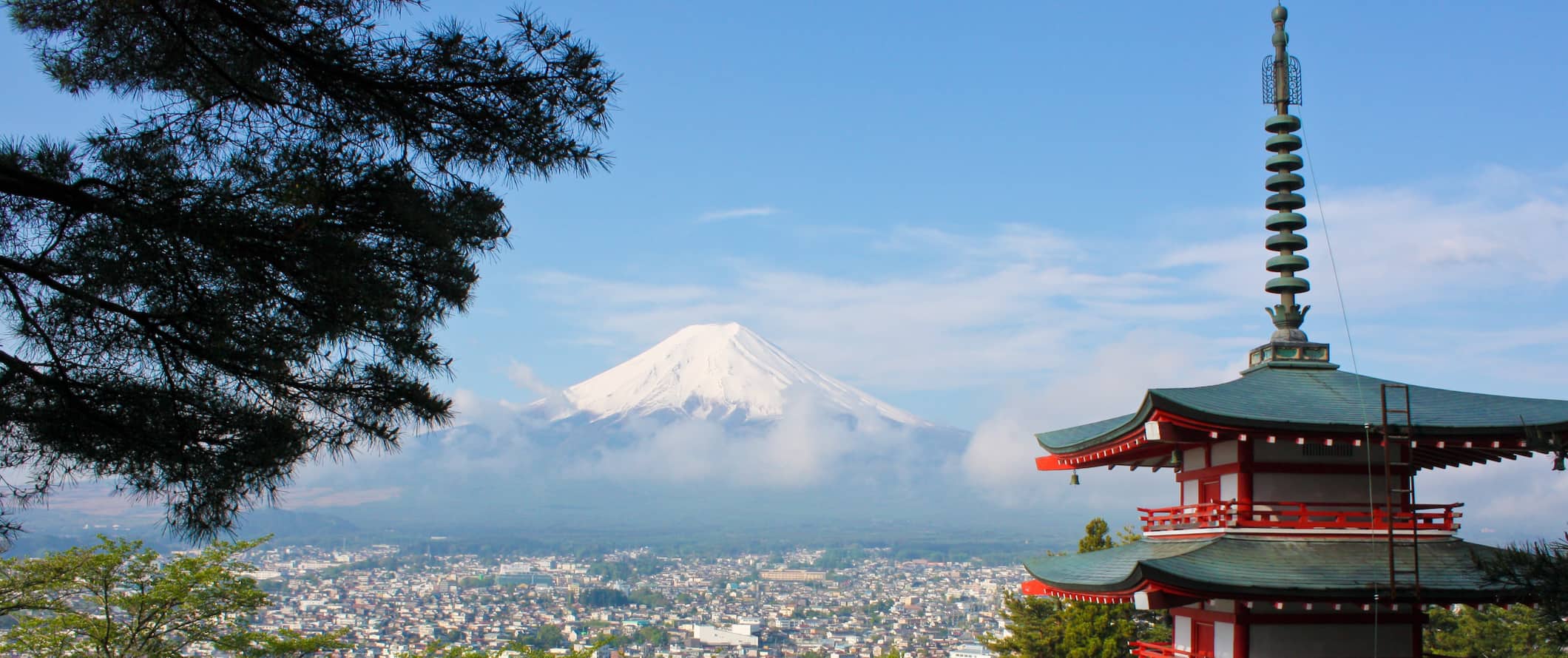
1. Explore Tokyo
Tokyo is one of the best cities in the world. Here you will find shrines, palaces, temples, hip clubs, fancy cocktail bars, weird fashion, and, of course, incredible people. Tokyo is a fast-paced, futuristic city. Be sure to also hit some of the quirky-themed cafés, wander the Harajuku district, walk across the iconic Shibuya crossing, and admire the Imperial Palace. Visit my detailed guide for more information .
2. Wander Kyoto
Boasting beautiful temples and Japanese gardens, Kyoto is one of the most popular destinations in Japan. This place definitely lives up to the hype because it retains much of the traditional lifestyle and is a good juxtaposition to fast-paced and high-tech Tokyo. See as many temples as possible , wander the enchanting bamboo forest of Arashiyama, (just get there early to beat the crowds), and do some hiking here. It’s a city not to be missed.
3. See Hiroshima
In 1945, the first atomic bomb to be used in combat was detonated in Hiroshima . Around 80,000 people were killed instantly and tens of thousands more died afterward due to radiation exposure. Visit the Hiroshima Peace Memorial (Genbaku Dome), which was the only building left standing after the bomb was dropped on August 6, and learn about one of the most controversial events in human history. I found the museum’s photos and artifacts sobering and eye-opening, and yet a must-see if you want to understand modern Japan. You can also take a cycling tour around the city to learn more about the bombing and its aftermath.
4. Climb Mount Fuji
This 3,776-meter (12,389-foot) mountain is located near Tokyo. As Japan’s tallest mountain, it is often covered by fog and clouds during the day, so ascents tend to happen early in the morning or overnight. In fact, some 400,000 people take part during the short climbing season that is only from early July to mid-September. If you’re visiting outside of the climbing season or just don’t want to hike the mountain, there are many tour providers that offer day trips from Tokyo from around 12,000 JPY.
5. Visit Sapporo
The gateway to Japan’s northern island of Hokkaido, this city is famous for its surrounding mountains, thermal baths, ski resorts, and lengthy beer brewing history. Hosting the 1972 Olympic Winter Games put the city on the international map, and it remains hugely popular for its cold-weather sports. It’s also home to the hugely popular Sapporo Snow Festival, where you can see world-class ice and snow sculptures each February (over two million people attend!). Although Sapporo is very much a ski haven, I also loved going in Spring because of the lush greenery and in particular, the thousands of Japanese cherry blossoms in Moerenuma Park. Don’t miss the Beer Museum and be sure to take the train to the coastal town of Otaru for uni (which is harvested there).
Other Things to See and Do in Japan
1. visit the tsukiji and toyosu fish markets.
Tokyo’s fish markets start bright and early at 4am. Here you can see the frenzied buying and selling of the world’s largest tuna market. Tsukiji was the original market but, as of 2018, the inner fish market moved to Toyosu and is now known as the Toyosu Fish Market. However, the outer market (where you can find food and shops) is still at Tsukiji. You can take a guided tour to learn about its history, how it works, and even learn how to roll sushi in a workshop at the end. Shops start opening around 6am so it’s a perfect place to go when you have jetlag.
2. Spend a day in Kyoto’s Gion District
Otherwise known as the Geisha District, this neighborhood is filled with fascinating historic architecture and is a good area for window shopping. Geishas (traditional professional entertainers) have worked here for centuries, and if you’re lucky, you may be able to spot one going to or from a social engagement at one of the establishments. (Just note that photographs are forbidden on the narrow alleys to prevent harassment of the geishas.) You can also take a nighttime walking tour .
3. Explore Nara
Located just one hour from Kyoto , Nara is famous for its 1,300 “wild” deer that freely roam Nara Park. The Japanese consider deer to be messengers of the gods, so they are free to roam the city (their horns are cut short, so they can’t hurt people). There are vendors selling crackers all around the park, so you can feed them by hand. While here, be sure to take in the world’s largest wooden building, Todai-ji, which dates to the eighth century and was reconstructed in the 1700s. Most travelers visit Nara as a day trip from Kyoto, but I suggest staying at least a night to really see everything.
4. See Osaka
Osaka is the third-largest city in Japan and its financial heart. It’s also a big foodie hub. Mouthwatering sushi and sashimi, Kobe beef, Japanese barbecue, and flavorful ramen can all be found here in abundance. There are also popular specialties like okonomiyaki (a savory pancake with egg and vegetables) and kushikatsu (skewered kebabs). You can take a food tour for around 12,000 JPY or just wander and eat.
Beyond the food, don’t miss Osaka Castle. While it’s not the original (this version dates to 1931), it’s nevertheless an impressive sight. It’s home to a small but insightful museum and an observation deck that offers some picturesque city views.
5. Relax in Ueno Park
Established in 1873, Tokyo’s Ueno Park is a great place to spend the day. It’s the perfect spot to see the cherry blossom trees (April is the best time of year if you hope to catch them in full bloom). Year round, you will find events on the weekend, people hanging out here on a beautiful day, and plenty of museums to visit. The park is home to the Tokyo National Museum, a couple art museums, and a zoo. You can also take a three-hour architecture tour around the park .
6. Admire the Imperial Palace
The Imperial Palace is home to the emperor of Japan (whose lineage stretches back over a thousand years). It was built on the site of the former Edo Castle, which was originally constructed in the 15th century. Though you can’t go inside the palace itself, the surrounding grounds and park are beautiful, and you can watch the changing of the guard. You can visit select parts of the grounds on a 75-minute guided tour at 10am and 1:30pm Tuesday-Saturday. The Imperial East Gardens are free and open daily except Mondays, Fridays, and holidays. There’s also a lot of free walking tours that take you around and give you a history of the palace.
7. Visit Miyajima Island
Miyajima is a UNESCO World Heritage Site located about an hour outside of Hiroshima, known as “Shrine Island” because of its temple and iconic floating torii gate. Itsukushima Shrine, the main one here, dates back to the 12th century. There’s also a five-story pagoda that dates back to the 15th century, and the tranquil Momijidani Park, one of the most beautiful maple valleys in the country. And, like Nara, there are plenty of deer here too. A trip to the island can easily be made into a full day if you hit the walking trails nearby. And be sure to hike up Mount Misen — it’s a great workout, and the views are stunning! There is also a cable car to the peak you can take for 2,000 JPY round-trip.
8. Tour Bitchu Matsuyama Castle
At 430 meters (14,100 feet), not only is this Japan’s highest castle but it’s also its only remaining original one (most were destroyed in fires or during World War II). The castle was originally built on a nearby mountain in 1240 by Akiba Shigenobu. In 1929, restoration work began, and it is now a popular tourist site. Admission is 500 JPY for just the castle or 1,000 JPY for the castle, temple, and nearby samurai houses. If you’d like to patronize the Takahashi Folk Museum and Yamada Hokoku Museum, the entire combined ticket costs 1,500 JPY.
9. Go on the temple pilgrimage
The 88 Temple Pilgrimage (also known as “Shikoku Henro”) is an ancient route that circles the island of Shikoku, one of Japan’s four main islands. Under consideration for UNESCO status, the route stretches 1,200 kilometers (745 miles) and can take between 30 and 60 days. Pilgrims typically wear special white robes and carry a walking stick so they stand out (locals take pride in helping and welcoming pilgrims so standing out is a good thing). It’s one of the only circular pilgrimages in the world, with roots dating back over a thousand years. Between 150,000 and 200,000 people do the hike each year. In addition to the 88 official temples, there are also 20 additional sites you can visit as well. Most pilgrims hike between March-May or October-November since the summer is too warm. If mobility is an issue, you can also explore the route via car or bus, which takes around 10 days.
10. Explore Nikko
Located two hours north of Tokyo in the mountains, Nikko has welcomed worshippers of both Buddhist and Shinto traditions for centuries, so there are many temples and shrines in the woods to visit. Nikko is also the home of the imperial summer palace (the only imperial residence opened as a museum) and the resting spot of Tokugawa Ieyasu, the first shogun of Tokugawa Shogunate (1603–1868). You’ll also find lots of waterfalls in the area and a beautiful lake to go boating on. The trails at nearby Nikko National Park offer excellent hiking. Don’t miss Nikko Toshogu, Kegon Falls, Ryuzu Falls, Shinkyo Bridge, Lake Ch?zenji, Kanmangafuchi Abyss, and the Imperial Palace! Only a few hours from Tokyo, Nikko is a really nice destination for two or three nights.
11. Stay in a ryokan
A ryokan is a traditional Japanese bed-and-breakfast, usually found in the more scenic regions. They date back over 1,200 years and are known for their traditional tatami floors, communal baths, sliding doors, and cozy interiors. Ryokan s make for an intimate and unique Japanese experience, featuring included meals and traditional Japanese robes (called yukata ). Beds are traditional futons, and there is usually a common area where you can make tea and chat with the owner.
12. Soak in an onsen
Natural hot springs are widespread throughout the country, and can be found both indoors and outdoors. They are a great way to “soak in” some traditional Japanese culture. Each has a different mineral composition. Expect to pay around 1,000 JPY for a budget bathhouse. (Just note that many do not allow people with tattoos or require tattoos to be covered. They are also separated by gender.) Hakone is the most popular onsen destination as it’s just 90 minutes away from Tokyo and is nestled into the mountains. Other popular choices include Beppu, Yufuincho, Noboribetsu, and Ibusuki.
13. Explore Daisetsuzan National Park
If you make it all the way up to Hokkaido (the northern prefecture of Japan and second-largest island), be sure to spend some time exploring Daisetsuzan (“Great Snowy Mountains”) National Park. Located around two hours from Sapporo, the park offers numerous trails, and some of the most rugged and beautiful landscapes in the country. It’s also one of the last remaining places in Japan to see brown bears. The most popular hike here is Mount Asahidake, a challenging volcano that takes 3-4 hours. The park is a far cry from the tourist trail and usually just sees Japanese visitors, so you’ll get to enjoy a spot locals favor.
14. Relax in Okinawa
If you need a break from the fast pace of Japan, hop on down to Okinawa Prefecture, considered “the Hawaii of Japan.” Life proceeds at a much slower pace here, and the climate is subtropical. Even Naha, the biggest city in the region, is laid-back. Okinawa is famous for its diving opportunities as well as World War II sites and memorials. From Okinawa Honto (the main island), you can hop to other smaller islands by ferry, including some that are very remote and rarely see visitors (such as Iriomote or Kume). Camping, whale watching, and hitting the beach are some of the most popular activities here.
15. Admire Kanazawa
Located on the west coast, Kanazawa is known for its incredibly well-preserved Edo-era (1603–1868) districts (the final period of traditional Japan). Home to under 500,000 people, the city is called “Little Kyoto” — but without the oppressive crowds. I think this is a really nice, off-the-beaten-path destination. Make sure to see Tsuzumi-mon Gate, admire Kanazawa Castle, and explore the geisha districts and samurai district (Nagamachi), where numerous preserved houses remain. Head to the Omicho Fish Market for fresh fish and seafood (there are dozens and dozens of stalls here). And if you want to learn more about Buddhism, visit the DT Suzuki Museum (Suzuki was a Zen Buddhist academic and philosopher who helped introduce Zen Buddhism to the West).
16. Hike in the national parks
Japan may be a small country but it’s preserved a lot of its natural landscapes. There are 34 national parks, each offering respite from the hectic and dense cities that Japan is known for. Nikko (mentioned above) is best for seeing fall colors; Daisetsuzan (also mentioned above) has lots of remote onsen and challenging trails; Keramashoto, located in Okinawa, has some of the best islands and beaches, as well as over 250 types of coral; and Yoshino-Kumano is famous for its cherry blossoms. There are a lot of parks to choose from! Try to see at least one!
17. Visit Takashima
Home to just 50,000 people, Takashima is just a short drive from Kyoto on the coast of Lake Biwa (the largest freshwater lake in Japan). The city boasts castle ruins, plenty of old shrines and Buddha statues, and a picturesque floating torii gate (similar to the one in Miyajima) at the Shirahige Shrine. There’s also a four-kilometer (2.5-mile) walking route lined with cherry trees. Moreover, this town is famous for its Hida beef, which I think is the best beef in all of Japan. For a fun day trip, head to Chikubushima, a small island on Lake Biwa where you can visit centuries-old temples as you hike around the island.
For information on specific cities in Japan, check out these city guides:
- Hiroshima Travel Guide
- Kyoto Travel Guide
- Tokyo Travel Guide
Japan Travel Costs
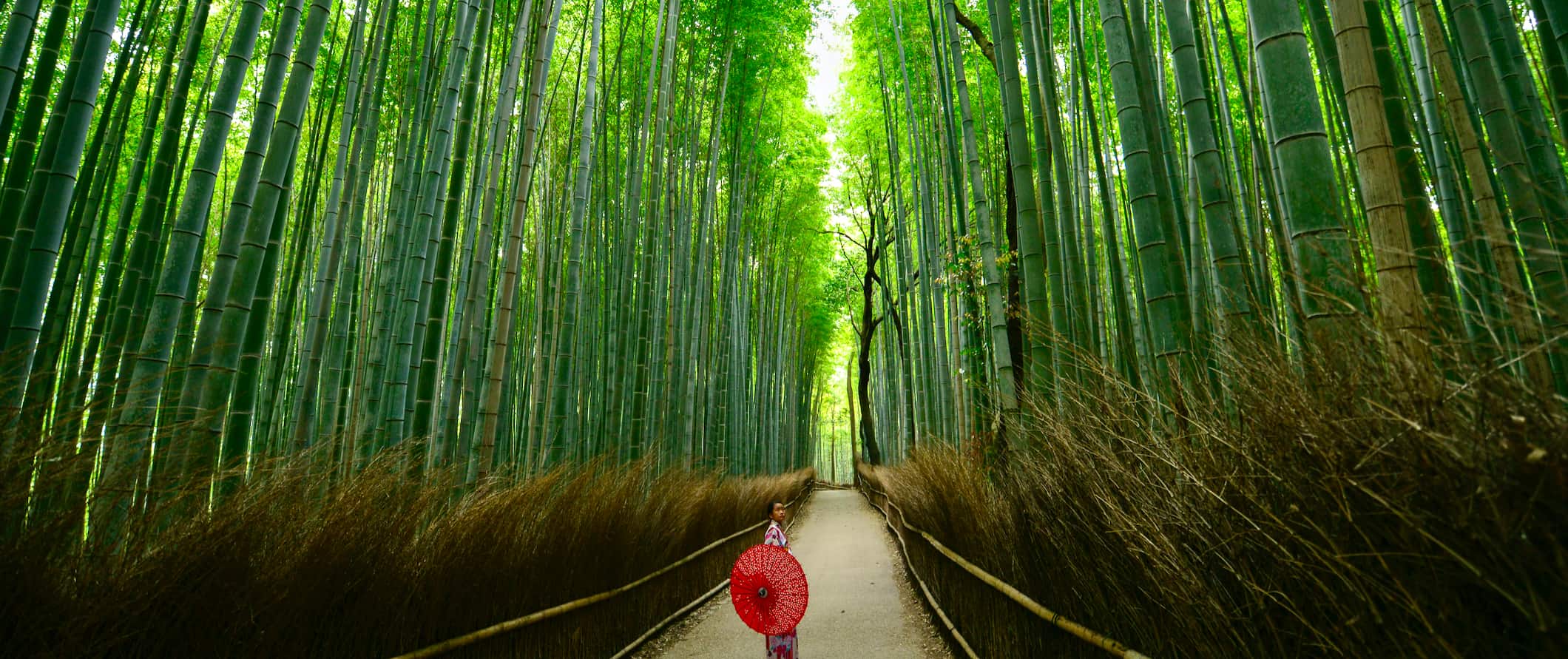
Accommodation – Expect to spend 2,500-4,500 JPY per night for a dorm room in a hostel (prices are on the higher end in larger cities like Tokyo or popular tourist destinations like Kyoto). Free Wi-Fi, private lockers, and self-catering facilities are standard in most hostels. But it’s uncommon for them to provide breakfast here. For a private room with a twin or double bed, expect to pay 6,500-15,000 JPY per night. Prices are generally the same year-round.
Capsule hotels cost 3,000-5,500 JPY for a tiny coffin-like pod that’s essentially just a bed, often with a small TV, light, and outlet to charge your devices. There are shared bathrooms and sometimes a small common room as well. It’s not fancy, but it’s a unique (and very Japanese) experience.
For (non-capsule) budget hotels, expect to spend 6,000-10,000 JPY per night for a double room. For Western hotel chains, expect to spend around 20,000 JPY or more per night. Note: For accommodation in Tokyo, add 50% to all these prices.
Airbnb is heavily regulated in Japan and, as such, there aren’t too many options. What rooms are listed are mostly hotels and guesthouses. Private homes/apartments usually start around 15,000-20,000 JPY per night, while private rooms (i.e., hotel rooms) run 8,000-10,000 JPY per night and up.
If you are looking for a more unique experience, consider staying at a ryokan , a traditional Japanese bed-and-breakfast. While they are more expensive than a standard hotel, it’s a unique and memorable experience, as you’ll get to sleep on traditional futons and tatami mats.
Food – Japanese cuisine is world-renowned and has even earned a spot on UNESCO’s Intangible Heritage List. While each region has its own specialties, rice, noodles, seafood, and seasonal produce all feature heavily no matter where you are. Plus, there’s izakaya (small plates), yakitori (grilled food), curry bowls, BBQ, and so much more. One of the best things about visiting Japan is the food.
Food in Japan is relatively inexpensive so long as it’s not imported (fresh fruit will blow your budget!). The most common cheap eats are using curry, donburi (bowls of meat and rice), or ramen. Curry and donburi bowls cost 500-700 JPY while ramen or soba noodles are usually around 1,200 JPY. Okonomiyaki (a Japanese pancake with noodles or rice) is between 1,000 and 1,300 Yen.
Fast food (think McDonald’s) is around 800 JPY for a set menu. You can also find plenty of cheap meals and prepackaged items at 7-Eleven (locals actually get a ton of food here as it’s delicious and quick). Noodles, rice balls, tofu, and prepackaged sushi are all available for only 250-500 JPY per item. (Trust me, it’s good!)
Most sit-down restaurant meals are going to cost you 2,000-3,000 JPY. Sushi conveyor belt restaurants (which are super fun) will run you 125-600 JPY per piece. Quicker lunch spots are going to be around 1,500 Yen.
Fine dining is a tradition rooted in Japanese culture, and kaiseki ryori is a style of high-end, multi-course Japanese dining that originated in Kyoto. It costs about 8,000-10,000 JPY for a set menu of seven courses, covering everything from chicken to Wagyu steak to sushi.
High-end omakase sushi restaurants (where dishes are selected by the chef) will set you back at least 10,000 JPY, though more likely closer to 20,000 JPY. (In Tokyo, the best ones are 30,000 JPY.)
Domestic beer is around 450-550 JPY, and sake is about 800-900 JPY per glass. A cocktail will set you back about 1,200 JPY, though at the famous cocktail bars in Tokyo, expect to pay closer to 1,600 Yen per drink. A latte or cappuccino is 500-600 JPY, and a bottle of water is 100-130 JPY. Soda is around 200 Yen.
Expect prices to be higher in the bigger cities and cheaper in the countryside.
Buying groceries costs around 5,000-6,000 JPY per week for basic staples like rice, vegetables, and fish. However, given the availability of such cheap food, it’s doubtful you’ll go grocery shopping to prepare your own meals.
Backpacking Japan Suggested Budgets
If you’re backpacking Japan, plan to budget 7,000 JPY per day. This assumes you’re staying in a hostel dorm, cooking some of your meals, eating at the cheap restaurants and takeaways, visiting free museums and temples, and using public transportation to get around.
On a more midrange budget of 16,000 JPY per day, you can stay in nicer accommodations, eat out more liberally, indulge in more drinks, visit more attractions, and, overall, just have some more breathing room in your travels! On this budget, you’ll be able to do most things.
On an upscale budget of 28,000 JPY per day or more, you can stay in traditional Japanese accommodations or two-star hotels, eat at nicer restaurants each day, splurge on some meals, enjoy drinks as often as you want, take tours, and, overall, just afford whatever you want!
You can use the chart below to get some idea of how much you need to budget daily, depending on your travel style. Keep in mind that these are daily averages — some days you’ll spend more, some days you’ll spend less (you might spend less every day). I just want to give you a general idea of how to make your budget. Prices are in JPY.
Japan Travel Guide: Money-Saving Tips
I think Japan’s reputation as an expensive country is overstated. Outside of accommodation and transportation, it’s actually really affordable. Is it super cheap? No. Is it super expensive? Not at all. There are plenty of ways to lower your costs and all non-imported food is really inexpensive. Here are some ways to save money when you visit:
- Visit the free attractions – With its countless museums, galleries, shrines, temples, historic neighborhoods, and parks, Japan is filled with opportunities to immerse yourself in its culture without spending a Yen. Moreover, many of the nation’s parks and gardens are also free. Start with them and you’ll fill your days on the cheap!
- Get a JR Pass – The bullet trains in Japan are ridiculously expensive, with one-way fares costing hundreds of dollars. If you plan to do a lot of traveling around the country, get the JR Pass , which allows you unlimited train travel and can save you a ton of money. It comes in 7-, 14-, and 21-day options. (Keep it mind it can only be purchased outside of Japan, so be sure to plan ahead.)
- Take the bus – Buses are a far more economical option than the trains. They cost a fraction of the price. For example, the unlimited Japan Rail Pass costs 29,650 JPY for seven consecutive days of travel, but this is far more expensive than using the bus. But buses take a lot longer. For example, the two-hour bullet train ride from Tokyo to Osaka becomes a 10-hour bus ride. Bottom line: if you have the time, take the bus.
- Shop at the 100-yen stores – There are many 100-yen shops around the country. They all sell meal sets, groceries, water bottles, toiletries, and household items. Store names vary by region, so ask your hotel or hostel reception where the nearest “Hyaku En” store is located.
- Eat at 7-Eleven – 7-Eleven, Family Mart, and other convenience stores have a lot of pre-made meals that make for a cheap lunch or snack. The food is actually really good and you’ll always see locals dipping in and getting a quick lunch or snack here. Don’t be afraid to at them.
- Cook your own food – Many hostels have kitchens where you can cook your own meals. Combining this with shopping at the 100-yen stores will drastically cut your food costs.
- Eat curry, ramen, and donburi – These dishes are the best option for eating cheap, filling meals. These cost from 400 – 1200 Yen (ramen is 1200). Shops specializing in these dishes are all over the country so you can easily find them. They are on every corner and the cheapest way to eat on a budget.
- Stay with a local – Using hospitality sites like Couchsurfing allows you to stay with residents, so you not only get a free place to stay but you get to interact with someone who can share their insider tips.
- Buy food before grocery stores close – After 8pm, many supermarkets discount their fresh food, as they have to get rid of it by law. You can save up to 50% on almost all ready-made meals. It’s a great cheap dinner.
- Hitchhike – Japan is one of the world’s safest countries, and many locals are curious enough to pick up foreign visitors. Hitchhiking isn’t really practiced by Japanese, so you will stand out as a tourist, which will increase your chances of finding a ride.
Where to Stay in Japan
There’s a lot of affordable accommodation in Japan, especially if you avoid Western style hotels and chains. To help you save money on accommodation, here’s my list of the best hostels and budget hotels in Japan:
- Hostel Chapter Two Tokyo (Tokyo)
- Hotel Century Southern Tower (Tokyo)
- Backpacker Hostel K’s House Kyoto (Kyoto)
- Gojo Guest House (Kyoto)
- The Pax Hostel Records (Osaka)
- Roku Hostel Hiroshima (Hiroshima)
- Guesthouse Akicafe Inn (Hiroshima)
- WeBase HAKATA Hostel (Fukuoka)
How to Get Around Japan
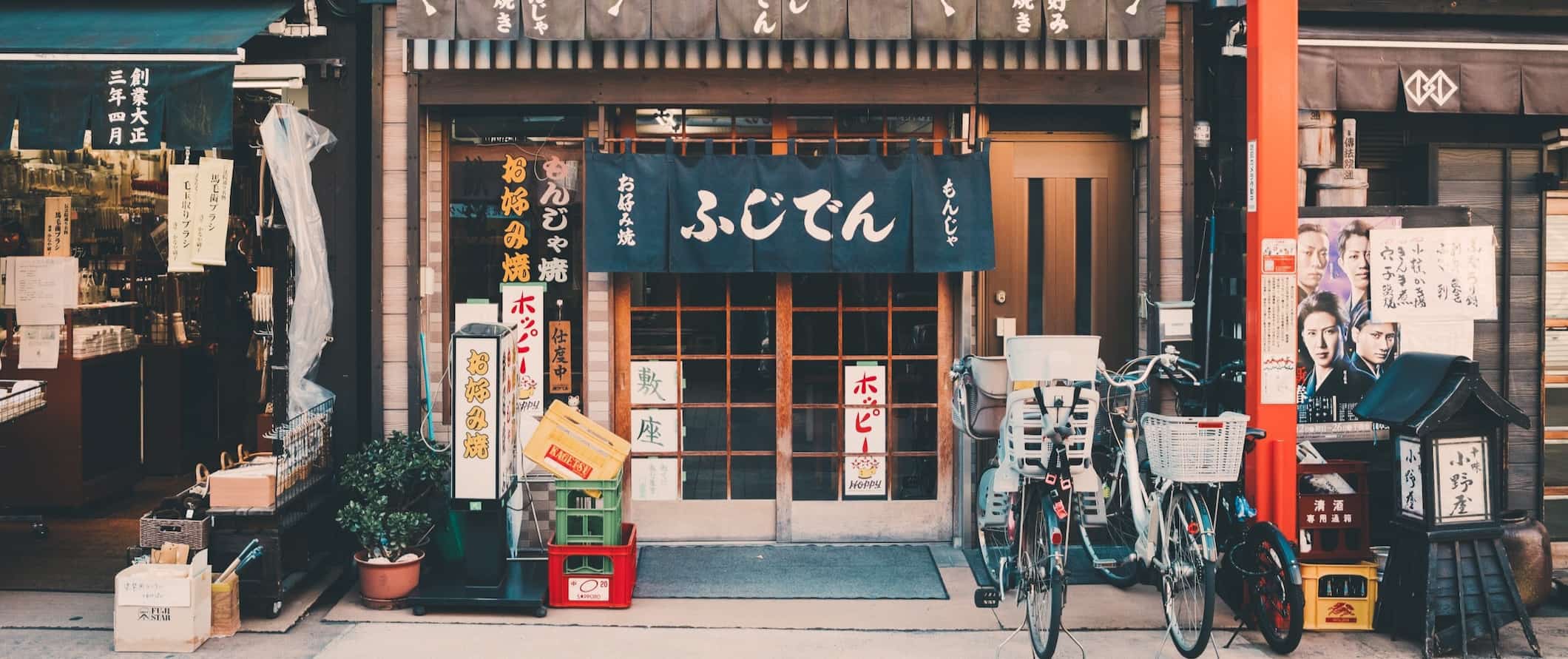
Public transportation – Metro or bus tickets cost 150–300 JPY for a single journey. (The price varies by distance and may often be higher.) Fares are usually around 220 JPY to travel across Tokyo but less for shorter distances. In most major cities, you can buy a day pass, which gives you unlimited travel for 24 hours for around 800-1,100 JPY.
Train – Train travel is the quickest way to get around Japan. The bullet train is awesome, comfortable, and super-fast — but it’s not cheap. Individual tickets can cost hundreds of dollars. In order to reduce your train costs, get a Japan Rail Pass , which is indispensable for travel here.
Even if you just get the seven-day pass, it’s the same price as a round-trip train ticket from Osaka to Tokyo. Moreover, the JR trains also serve urban areas and so can be used within cities. I used my pass to get around Kyoto and Tokyo instead of buying metro tickets.
So, even if you aren’t going to do much traveling around Japan, buying a pass is better than buying individual tickets. While the high price of the pass can cause sticker shock, the alternative is worse.
Additionally, be sure to download the Navitime app . It has offline maps, train and public transit routes, and info on train stations. It’s a lifesaver when trying to figure out how to get around the country.
Bus – Buses are a less expensive alternative to the bullet train system in Japan, but they take more time. For example, the two-hour bullet train ride from Tokyo to Osaka becomes a ten-hour bus ride. The price for that seat is 4,500-8,000 JPY, but at some point, you need to think about how much your time is worth.
There are also bus passes that offer unlimited travel and begin at 10,200 JPY for three nonconsecutive days of travel. You can use these two websites to book your bus journeys:
- Willer Express
- Japan Bus Lines
If you have more time than money, take the bus. Otherwise, I’d say splurge and take the train, because they really are much faster and much, much more comfortable.
Flying – Generally, flight prices are on par with bullet train tickets. ANA, one of the country’s two main carriers, offers special last-minute fares via a hidden page on its website , usually for around 14,000 JPY for a seat. It’s only available to foreigners and can sometimes be cheaper than the flights you find on booking platforms, especially for longer routes around the country.
Flights from Tokyo to Okinawa are around 23,000 JPY (round-trip) while those from Tokyo to Sapporo are around 16,000 JPY (round-trip).
Car rental – With efficient public transportation and nationwide bullet trains, renting a car here really isn’t necessary. However, if you do need one, multi-day rentals start at 6,000 JPY per day. Just remember that people drive on the left here! For the best car rental prices, use Discover Cars .
When to Go to Japan
Temperature and weather vary drastically across Japan, meaning it’s always a good time to visit some part of the country. While most of Japan does have four seasons (including snowy, freezing winters in the north), Okinawa and the islands in the south are warm year-round. It gets cold in Tokyo, but it generally doesn’t snow.
Expect warm, humid weather from June through August, with temperatures hovering around 32°C (89°F). Japan also gets a lot of rain, mostly in the summer months, from mid-June to mid-July. It gets a little drier in August, before the precipitation picks up again in September. Typhoon season occurs from May to October. Japan is well-equipped to handle all types of typhoons, but be sure to purchase travel insurance in advance !
Overall, there’s no real bad time to visit. Winter is awesome for skiers or snowboarders, spring is famous for its cherry blossoms, summer is full of festivals, and fall has brilliant autumn colors and nice temperatures. I personally prefer spring and fall, as the summer heat and humidity is pretty oppressive.
How to Stay Safe in Japan
Japan is a very safe country. There’s virtually zero chance you’re going to get robbed, scammed, or hurt here. Your biggest issues will most likely come from other foreigners who get drunk and are causing trouble.
Solo female travelers should generally feel safe here, but the standard precautions apply (never leave your drink unattended at the bar, never walk home alone intoxicated, etc.). Japan does have a problem with groping, especially on packed trains. Most train companies now have “women-only” cars during rush hour (you’ll see pink signs indicating where women should board).
Scams in Japan are nonexistent. No one is going to rip you off. The listed price is the listed price and the same for everyone. There are no tourist prices here.
Your main risk here is from Mother Nature. Earthquakes and typhoons aren’t uncommon, so make note of exits when you arrive at your accommodation. Download offline maps to your phone, as well, in the event you may need to navigate the city during an emergency.
If you do experience an emergency, dial 110 or call the nonemergency Japan Helpline at 0570-000-911.
The most important piece of advice I can offer is to purchase good travel insurance. Travel insurance will protect you against illness, injury, theft, and cancelations. It’s comprehensive protection in case anything goes wrong. I never go on a trip without it, as I’ve had to use it many times in the past.
Japan Travel Guide: The Best Booking Resources
These are my favorite companies to use when I travel. They consistently have the best deals, offer world-class customer service and great value, and overall, are better than their competitors. They are the companies I use the most and are always the starting point in my search for travel deals.
- Skyscanner – Skyscanner is my favorite flight search engine. They search small websites and budget airlines that larger search sites tend to miss. They are hands down the number one place to start.
- Hostelworld – This is the best hostel accommodation site out there with the largest inventory, best search interface, and widest availability.
- Agoda – Other than Hostelworld, Agoda is the best hotel accommodation site for Asia.
- Booking.com – The best all around booking site that constantly provides the cheapest and lowest rates. They have the widest selection of budget accommodation. In all my tests, they’ve always had the cheapest rates out of all the booking websites.
- Get Your Guide – Get Your Guide is a huge online marketplace for tours and excursions. They have tons of tour options available in cities all around the world, including everything from cooking classes, walking tours, street art lessons, and more!
- SafetyWing – Safety Wing offers convenient and affordable plans tailored to digital nomads and long-term travelers. They have cheap monthly plans, great customer service, and an easy-to-use claims process that makes it perfect for those on the road.
- LifeStraw – My go-to company for reusable water bottles with built-in filters so you can ensure your drinking water is always clean and safe.
- Unbound Merino – They make lightweight, durable, easy-to-clean travel clothing.
- Japan Rail Pass – This is a flexible transportation pass used for navigating Japan. Similar to the Eurail pass in Europe, it turns expensive bullet trains into budget-friendly modes of transportation. You honestly can’t visit Japan without one.
Japan Travel Guide: Related Articles
Want more tips? Here are all the articles I’ve written on Japan travel to continue planning your visit:
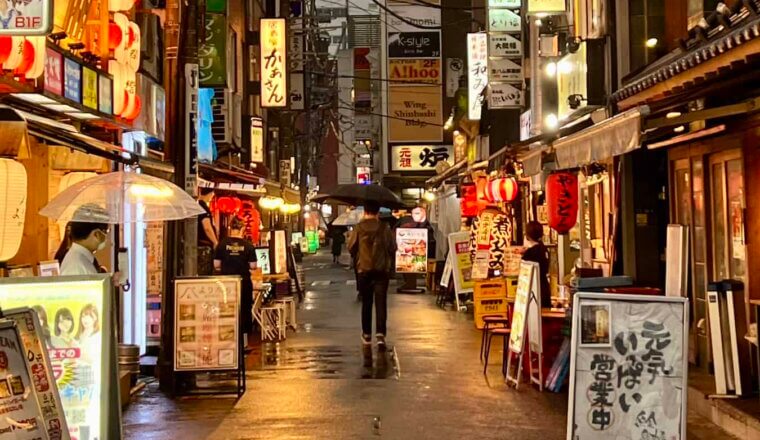
How to Spend Your Time in Tokyo: A Suggested Itinerary
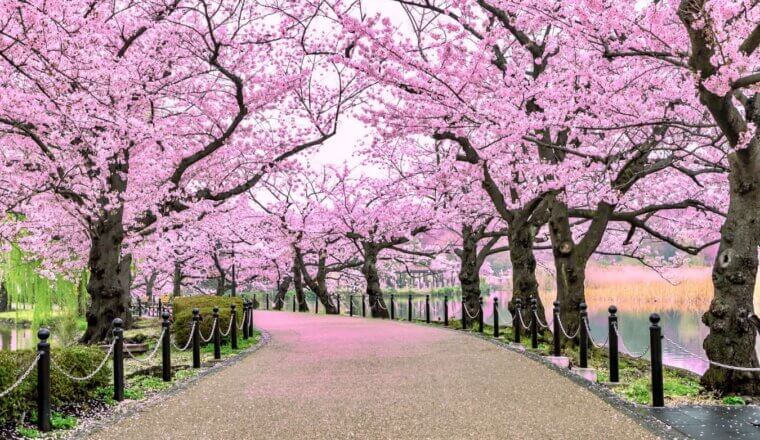
The Perfect 7-Day Japan Itinerary for First-Time Visitors
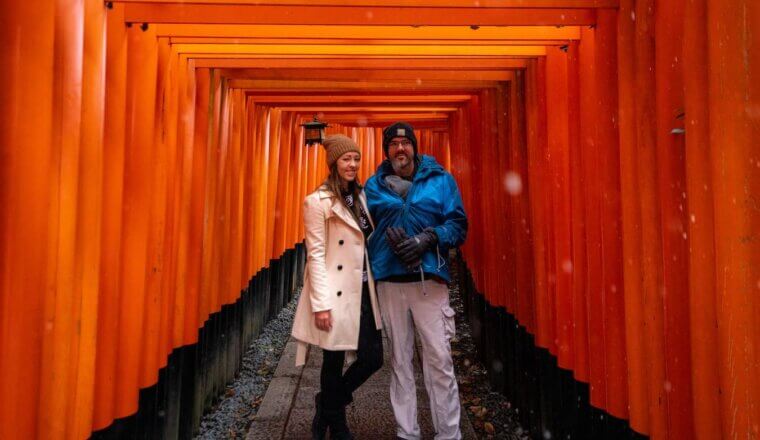
How to Travel Japan with a Baby
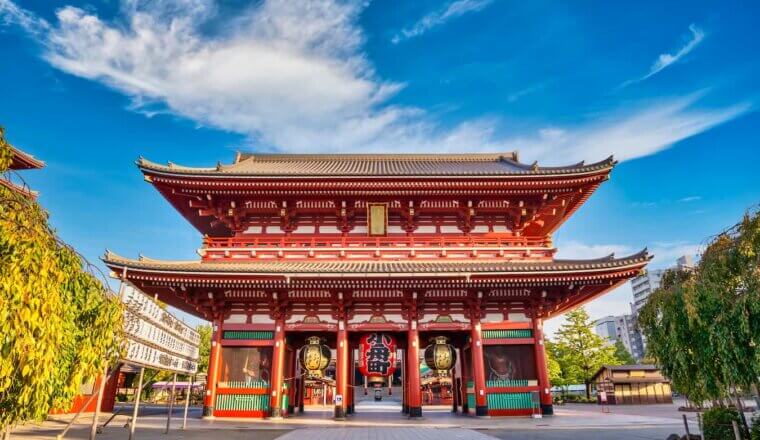
Where to Stay in Tokyo: The Best Neighborhoods for Your Visit
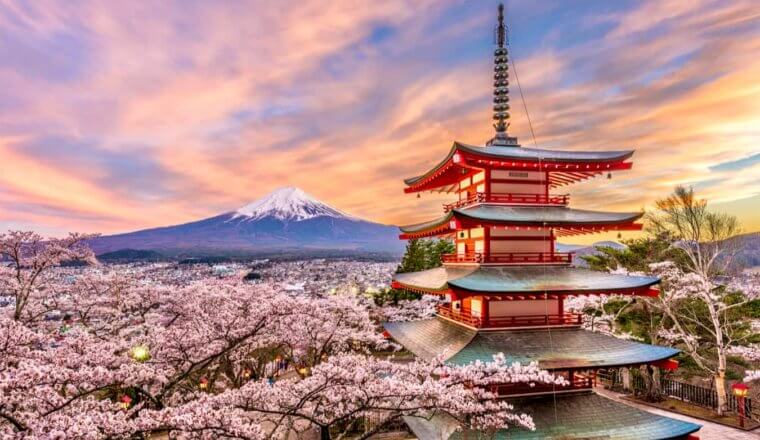
The Ultimate Japan Itinerary for First-Timers: From 1 to 3 Weeks
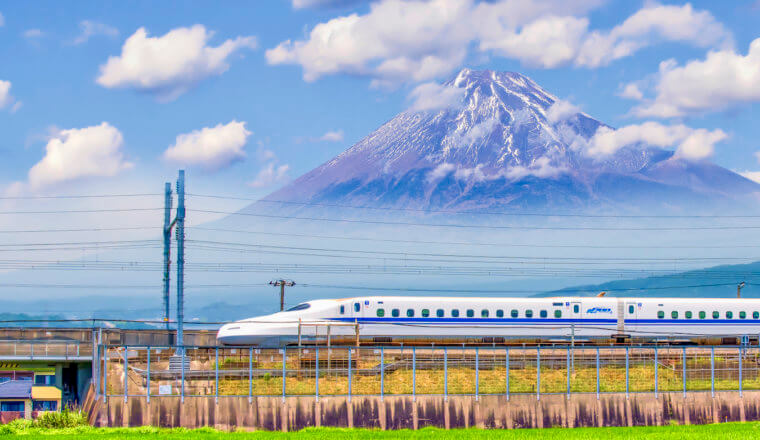
A Complete Guide to the Japan Rail Pass
Get my best stuff sent straight to you, pin it on pinterest.
- Where To Stay
- Transportation
- Booking Resources
- Related Blogs
- Itineraries
- Tours and Activities
- Travel Guides
- Best of Japan
JRailPass.com » Japan Travel Blog » Why travel to Japan? 20 best reasons to visit it
Why travel to Japan? 20 best reasons to visit it
June 15, 2022
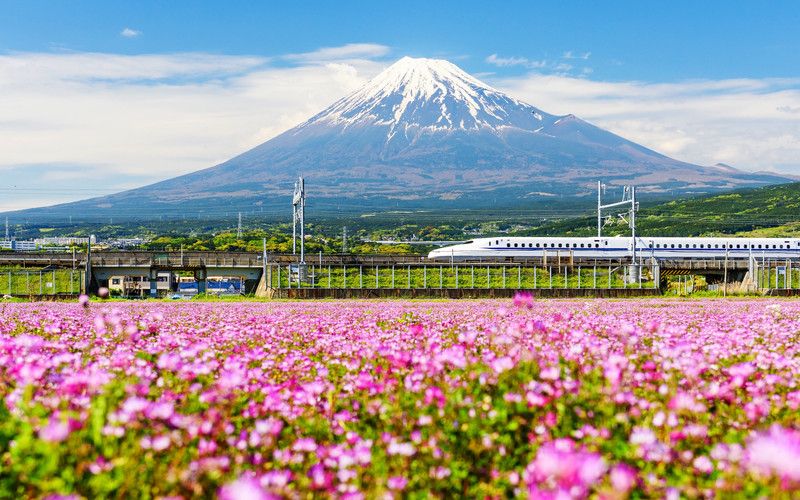
There are a endless number of reasons to visit Japan , as the country has something to entice almost every kind of traveler.
Whether you’re dying to explore Japanese history and culture at the variety of UNESCO World Heritage Sites in the country, indulge in diverse Japanese cuisine, or experience a ride on the lighting-fast Shinkansen trains, a trip to Japanese promises adventure around every corner.
From the chance to visit some of the many impressive temples and castles around the country, to the opportunity to take a dip in an Onsen hot spring, below you’ll find the 20 best reasons why you should visit Japan .
It’s easy to get around on public transportation
Japan has one of the most efficient and reliable public transport systems in the world, with a wide range of travel options including bus, train, and subway services across the country.
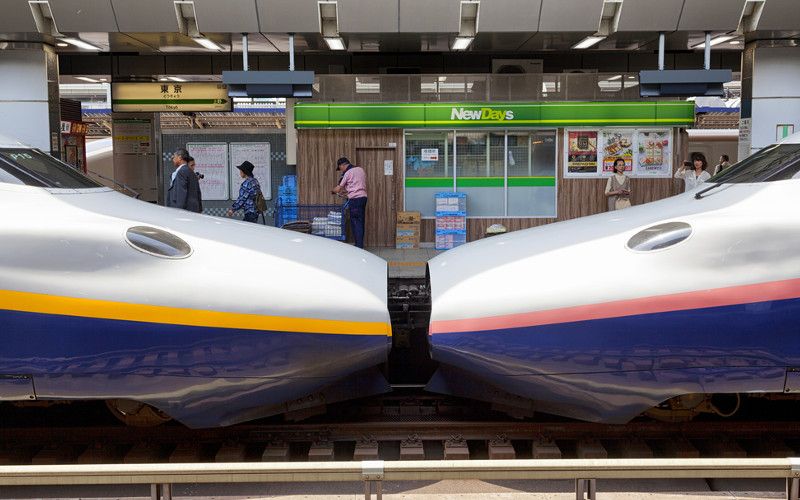
One of the best ways to get between cities is to ride the Shinkansen bullet trains , which can reach a speed of up to 300 km/h and boast a range of luxury services onboard. The most cost-efficient way to travel by Shinkansen is to buy a JR Pass online before traveling to Japan.
[banner-en]
Japan is very clean
The Japanese really pride themselves on their cleanliness , and upon first arrival in the country you may be surprised by how sparkling clean the streets are.
Hotels and restaurants tend to be absolutely spotless , filled with pleasant smells, and regularly and efficiently cleaned. One downside is that there tends to be a total absence of trash cans in public spaces. However, you can just follow the Japanese example and carry garbage with you until you find a place to get rid of it later on.
Japanese people are polite and friendly
The Japanese have a worldwide reputation for being uncommonly polite, friendly, and welcoming. Although the language barrier may prove a challenge at times, people in Japan usually try to be as helpful as possible if you ask anything of them.
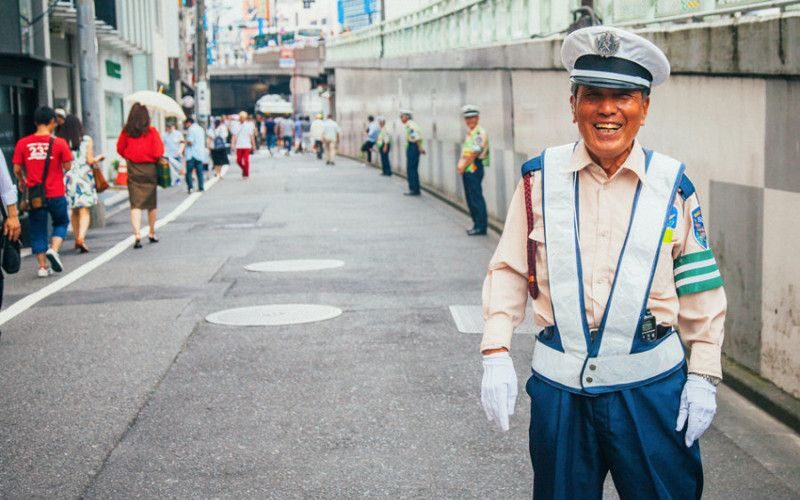
It’s a good idea to brush up on Japanese etiquette tips before traveling: locals will appreciate your efforts to respect local customs!
The incredible natural landscapes
Although Japan is perhaps best known internationally for its technologically advanced cities, the majority of the country is actually taken up by a vast expanse of forested hills and mountains , and there is lots of nature to explore.
One of the most obvious beauty spots to visit is the iconic Mount Fuji , but you shouldn’t rule out a visit to lesser known natural gems such as the Arashiyama bamboo forest or the Ritsurin landscape gardens on Shikoku Island .
The large number of UNESCO sites
Japan boasts a total of 21 World Heritage Sites , including 17 cultural monuments and 4 natural landscapes, and there are currently 8 more sites pending UNESCO classification.
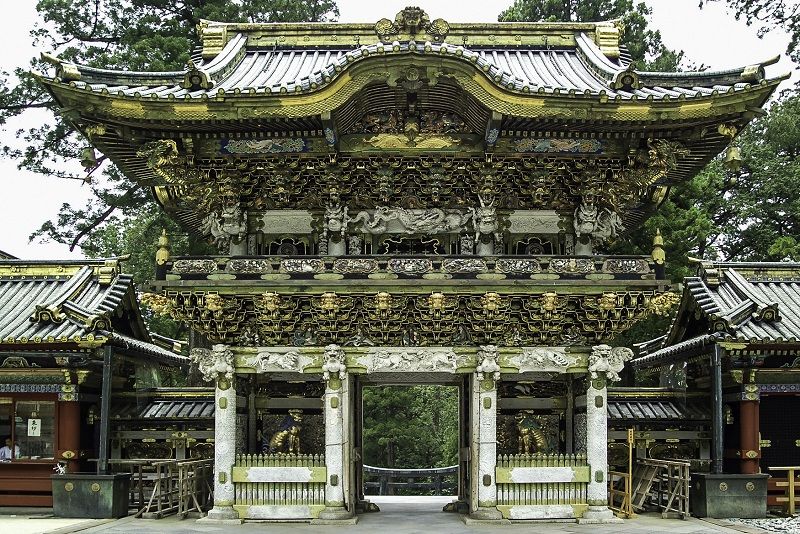
Travelers interested in Japanese history should definitely pay a visit to the Hiroshima Peace Memorial , which commemorates the victims of the 1945 atomic bomb, as well as Shirakawago and Gokayama , historic villages which feature unique thatched-roof dwellings.
The majestic temples in Japan
There are number of stunning historic temples and shrines in almost every town and city in Japan, while larger cultural centers can have up to 1,000 temples within their municipality.
One of the most impressive temples in Japan is the Byodoin Buddhist temple in Uji, a UNESCO World Heritage Site that dates back over a thousand years. The Toji temple in Kyoto , which boasts the tallest wooden pagoda in Japan and an extensive garden full of cherry trees, is also well worth visiting.
The unique castles
Visitors to Japan can dig deep into the country’s history by exploring the elegant architecture and fascinating family legacies of Japanese castles.
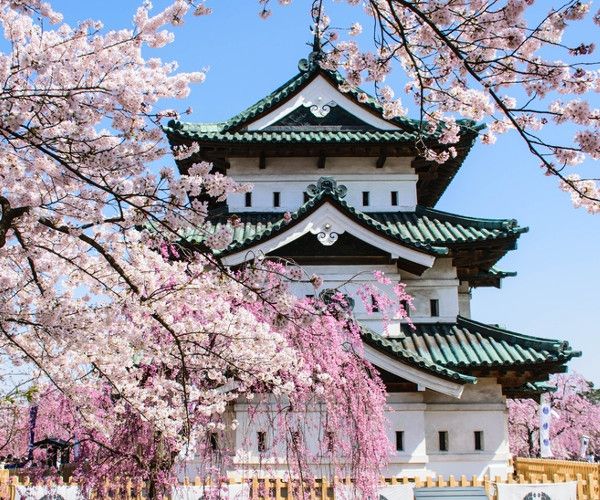
Primarily serving as the homes for local feudal lords and their family during the Sengoku period of Japanese history, the castles in Japan are defined by their elegant façades and interiors, as well as extensive defensive features.
Some of the most impressive castles in Japan include the well-preserved Hikone castle , which dates back to 1622, and the castle in Himeji .
The spectacular cherry blossom season
Japan is one of the best places in the world to view the spring cherry blossom and attend a Cherry blossom festival.
Once the cherry blossom season peaks in April , locals and visitors alike flock to Japanese parks and gardens to engage in hanami (picnics beneath the cherry trees). Some of the best places to experience the blooming flowers include Hirosaki Castle Park and Shinjuku Gyoen, located in the heart of Tokyo.
The exciting summer festivals
If you’re visiting Japan during the summer months, you should plan to experience some of the colourful Matsuri festivals which take place all over the country.
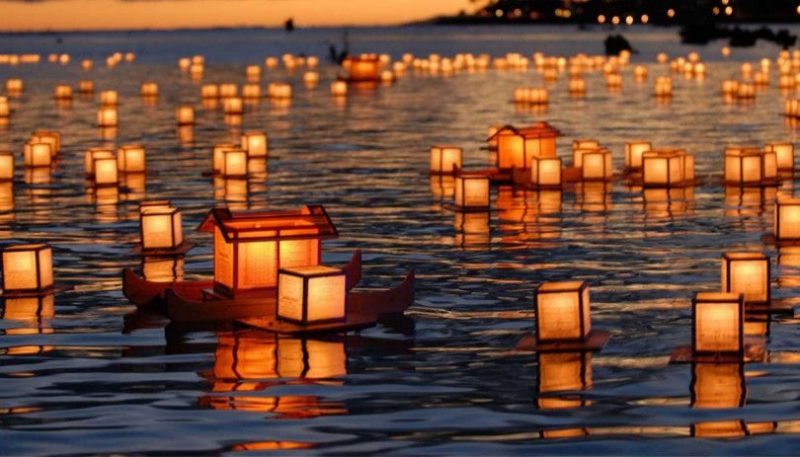
These traditional celebrations pay tribute to legendary historical events and different deities connected to an individual shrine in the towns where they take place. Many Matsuri festivals feature processions of enormous floats , colorful parades, and spectacular fireworks shows.
Christmas in Japan is magical
Spending in Christmas in Japan is worth the effort just to experience the range of extravagant winter illuminations that saturate the city streets during the festive period.
Those planning to spend winter in Japan are also advised to visit the Sapporo snow festival in Hokkaido, where you can see a range of incredible ice sculptures , many based on well-known pop culture characters.
The world-class powder snow
Winter sports enthusiasts shouldn’t miss the chance to go snowboarding and skiing in Japan at one of the many resorts across the country, as Japanese powder snow is considered some of the best in the world.
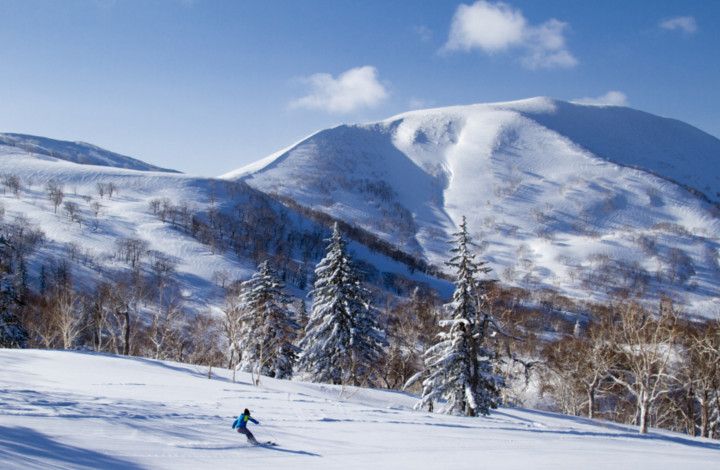
Many of the best ski resorts in Japan are located on the northernmost island of Hokkaido, such as Furano, Rusutsu, and Niseko, as well as in the Japanese Alps on Honshu.
The chance to bathe in a natural hot spring
Onsens are Japanese hot spring baths filled with mineral-rich spring water heated by geothermal forces , somewhat like a natural Jacuzzi.
Onsen baths have been present all over Japan since at least the 8th Century , when the belief that hot springs had curative and rejuvenating powers was at its height. Taking a bath in an onsen is an incredibly relaxing experience , and popular with both Japanese locals and tourists.
The superb Japanese cuisine
Food is incredibly important in Japanese culture , and while in the country you’ll be able to sample a huge range of the many delicious dishes that make up Japanese cuisine.
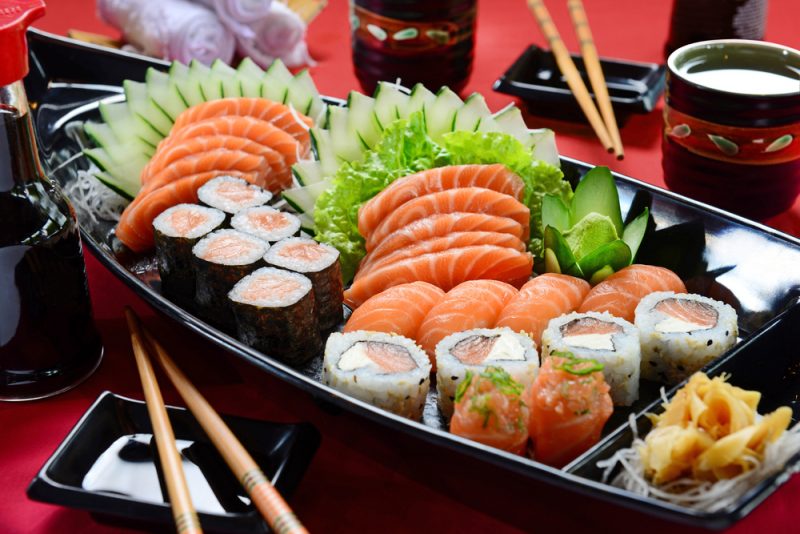
From worldwide favorites like sushi and ramen , to Sukiyaki (beef hot pot) and Yakiniku (Japanese barbeque), there are an endless number of dishes in Japan guaranteed to make your mouth water.
Japan is also the country with the most 3-star Michelin restaurants in the world , and there are are also a number of Matsuri food and drink festivals you can experience during your trip.
The fantastic architecture
You’ll be able to take in some incredible modern architecture while in the major Japanese cities, such as the Tokyo Skytree , the tallest building in the capital.
You can also find some exquisite examples of traditional Japanese architecture all over the country, such as the majestic Ise shrines on the Shima Peninsula.
The advanced technology
From futuristic capsule hotels with complimentary tablets, to high-tech public toilets , advanced technology is in full display in every corner of Japan’s cities.
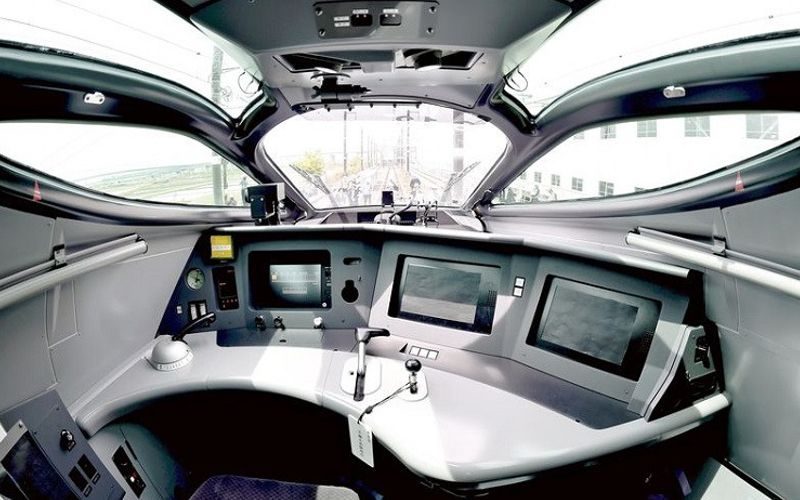
If you feel like getting an inside look at technological advancements in Japan, pay a visit to the permanent robotics exhibitions at Miraikan – The National Museum of Emerging Science and Innovation in Tokyo’s Odaiba district .
Japan is a Mecca for manga and anime lovers
If you first fell in love with Japan through manga and anime , you’re bound to be in heaven during a visit to Tokyo, which boasts a number of anime-themed experiences .
Visit J-World Tokyo , an indoor amusement park based around popular manga characters, the One Piece Tower, or the Pokémon Mega Center Tokyo , a huge store which offers a range of Pokémon merchandise exclusive to Japan.
It’s the home of Studio Ghibli
Fans of classic Japanese animation films like Princess Mononoke (1997) and Spirited Away (2001) shouldn’t miss the chance to see some of celebrated director Hayao Miyazaki’s creations at the Studio Ghibli museum in Mitaka .
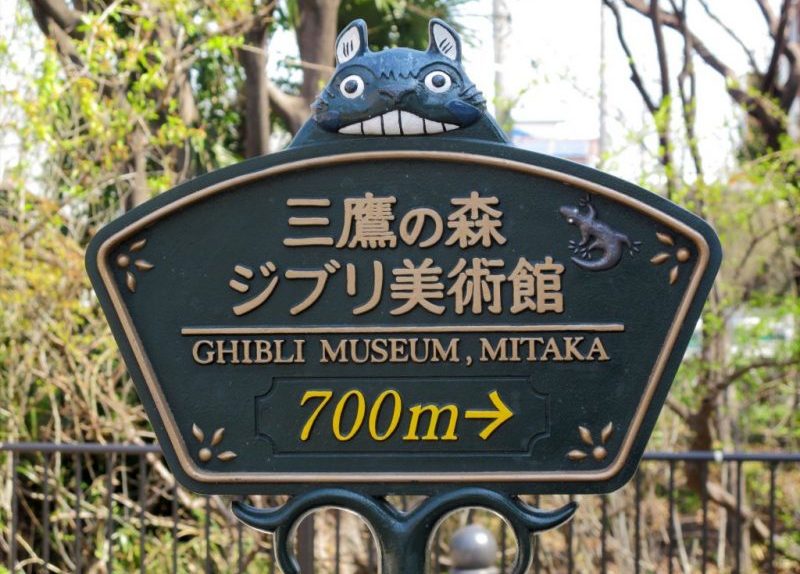
Children can play on a huge replica of the Catbus from My Neighbor Totoro (1988) and watch animated shorts exclusive to the museum. There is also an ever-changing range of exhibitions exploring Ghibli’s creative process.
Japan is the birthplace of karaoke
If you love belting out your favorite songs, whether in front of a small group of friends or a crowd of random strangers, then you’ll want to take advantage of the huge karaoke culture while in Japan.
You might not be aware that Karaoke actually originated in Japan and continues to be incredibly popular: there are currently around 100,000 karaoke boxes and bars across the country.
The fashion
Fashion lovers arriving in Japan should head directly to Tokyo’s most stylish area , Harajuku , where most of the biggest Japanese trendsetters set up shop.
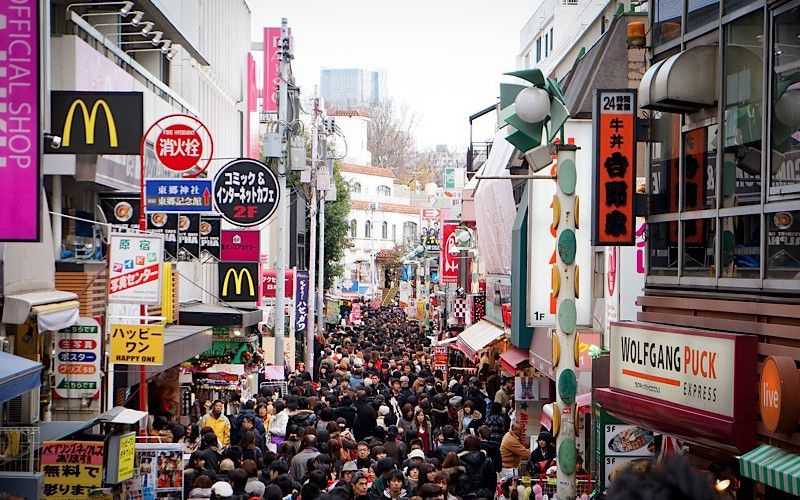
Those more interested in traditional Japanese fashion may want to pay a visit to Kyoto and try on one of the elegant kimonos or yukatas the city is famous for.
Japan is very safe
Japan is considered to be one of the safest countries in the world, and has one of the lowest global crime rates .
Japanese people often leave their doors unlocked, children are perfectly safe traveling on the subway by themselves , and visitors are able to walk around the cities at night without having to worry.
Nevertheless,as when traveling to any foreign destination, visitors to Japan should still exercise caution in crowded places and use common sense.
Related posts
Related tours & activities.

What’s it Like to Travel in Japan?
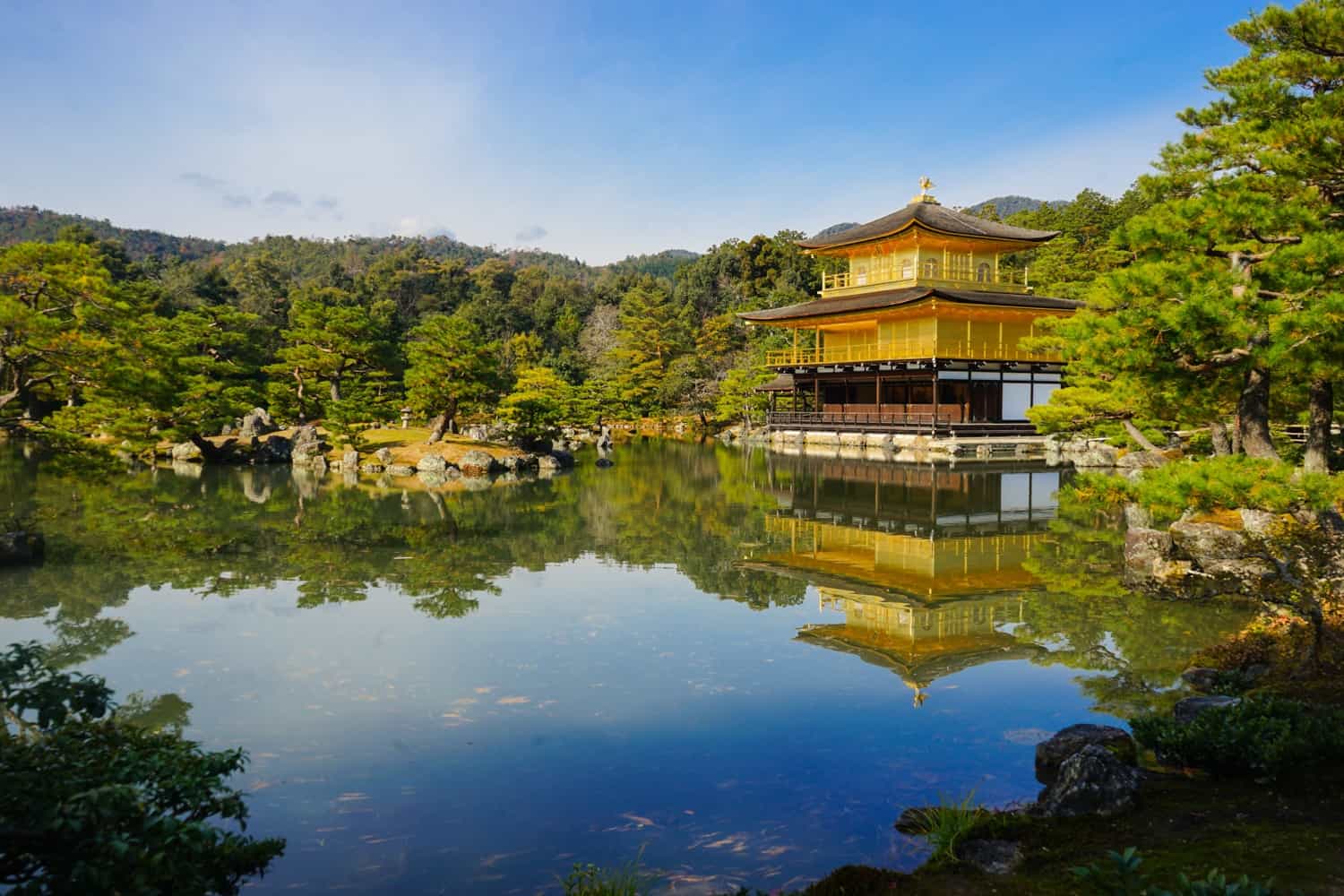
I thought I had finished writing about Japan, but it turns out I was wrong.
My posts about Japan have quickly become my most-read of all time and I’m now starting to receive a hell of a lot of questions about how to make the most of a trip to this wonderful country. I’m diving back into my time in the Land of the Rising Sun , then, and planning on sharing a ton of resources over the next couple of weeks.
Up first: what it’s like to travel in Japan! These are my favourite type of blog posts to write — you can browse my growing collection of them on my What’s It Like to Travel In? page — as they allow me to blend a detailed travel guide with random observations, fun stories, and first impressions.
Let’s get stuck in!
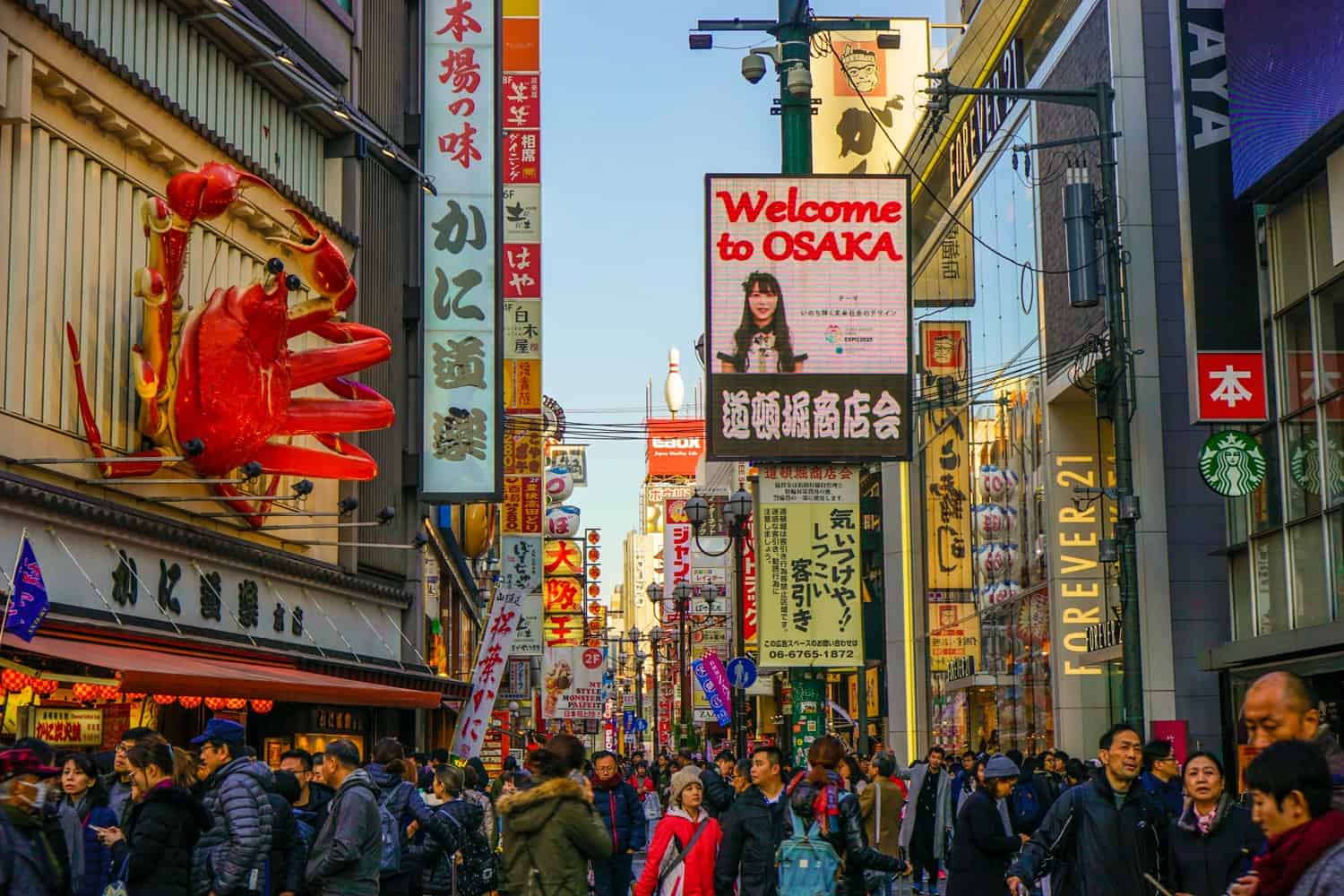
It’s Going to Be Overwhelming for the First Few Days
Does that photo make you feel like having a panic attack and hiding away from the world? Me too.
Most people kick off their Japan adventure in Tokyo or Osaka, both of which are large cities full of bright lights, flashing signs, loud noises, unfamiliar smells, crowds of people, and plenty of chaos. When you throw a hefty case of jetlag into the mix, visitors often end up feeling as though they’re walking around in a bubble, unable to process what on earth is going on.
Arriving in Japan is culture shock to the extreme. I’ve been to 80-odd countries and I’ve never experienced it to the extent that I did here.
But the good news is that the sensory overload doesn’t last for long.
While you’ll never fully understand what’s happening as you travel around the country, the differences become less overwhelming and you quickly learn to embrace Japan’s unique mix of order and chaos.
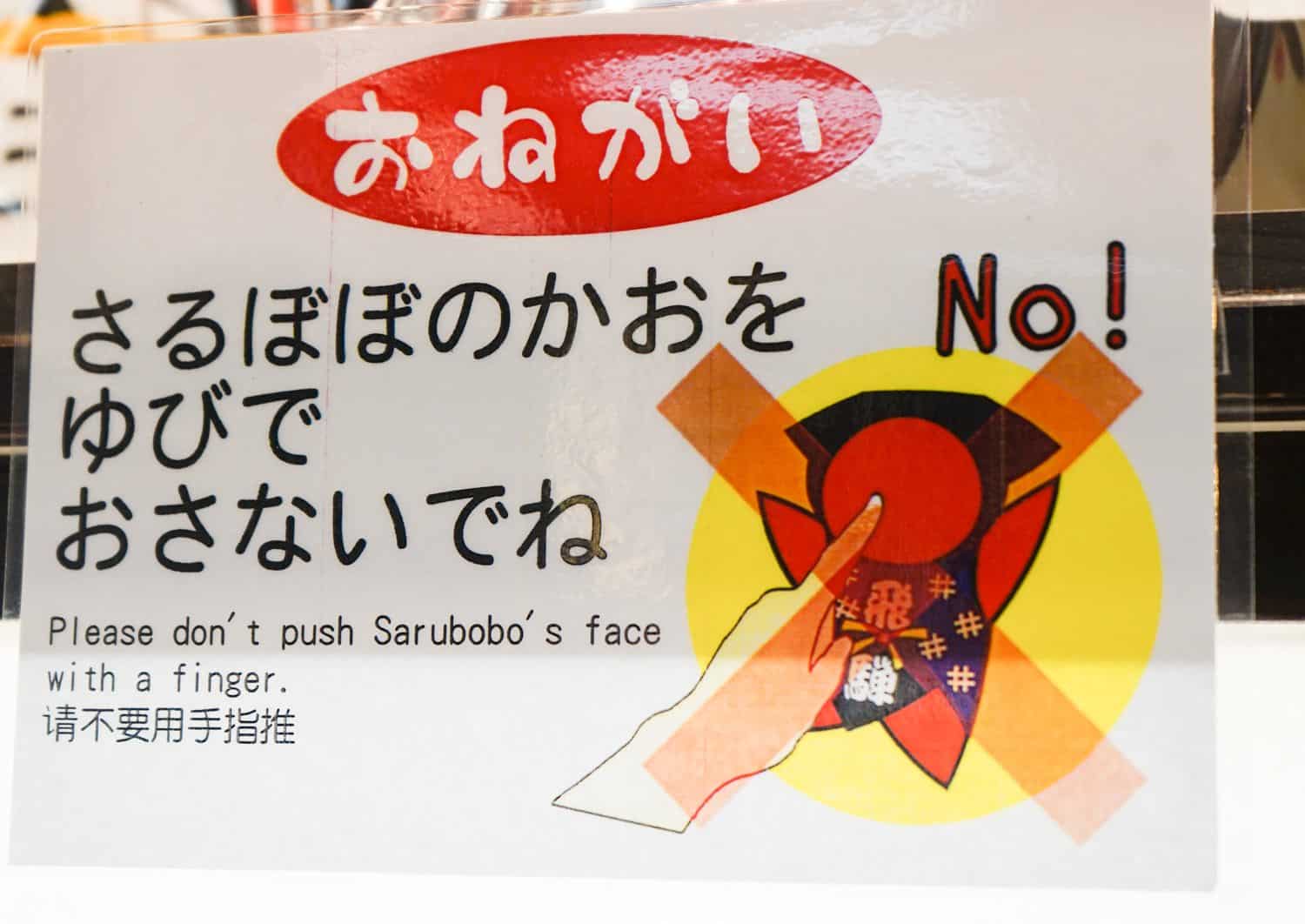
But it Really Wasn’t That Weird?
Now, I don’t know about you, but when I first started planning my trip to Japan, I prepared myself to see things . Strange things. Unexplainable things. Extraordinary things.
And… I didn’t.
I arrived in Tokyo, fully expecting to hit the ground and start taking photos of a thousand peculiar sights. I planned on barely sleeping during my trip, because I thought there’d be so much unfamiliarity to absorb.
Nope.
I landed in Tokyo and it felt like a big city. A regular city. A familiar city.
Which isn’t to say it wasn’t special — I adored Tokyo — but just that it felt like a normal city filled with normal people. I didn’t run into people cosplaying on the streets, I wasn’t served by robots in restaurants, I wasn’t surrounded by outlandish fashion choices, I didn’t spot vending machines filled with used underwear on every street.
My preconceived notions of Japan were based on bad stereotypes that have been perpetuated by Western society and I felt like a dumbass for buying into them.
Japan was no more “weird” than any other country I’ve been to. It has its quirks, sure, but what country doesn’t?
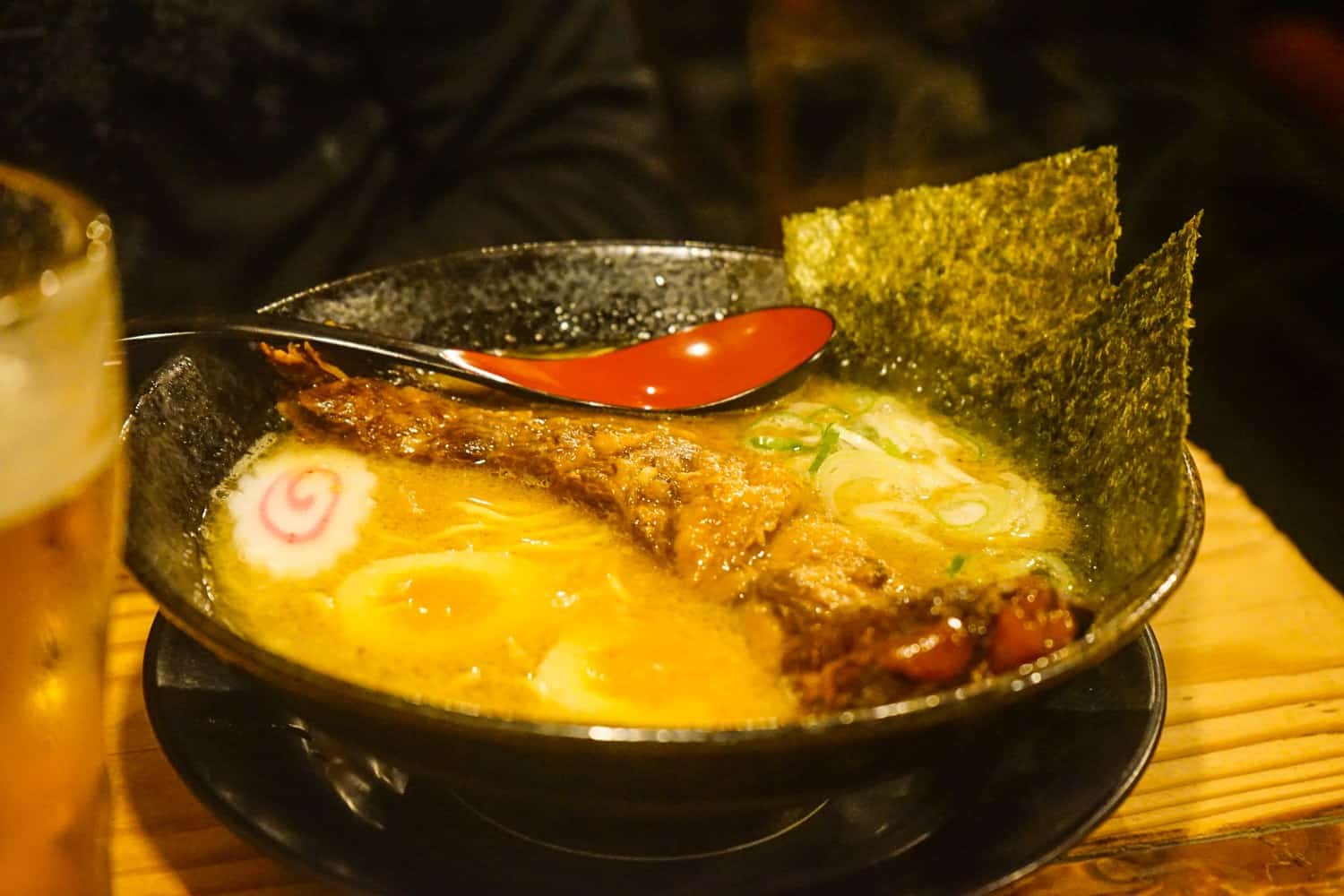
The Food is Going to Blow Your Mind
I’m still talking about the incredible meals I devoured in Japan!
Whether it was the pork rib ramen in Osaka, the crispy takoyaki in Tokyo, or the fresh as hell sushi in Kyoto, I couldn’t get enough of the food in Japan. There was plenty of interesting foods to try for the first time, like pufferfish jerky and pickled quail eggs, and experiencing my first kaiseki (a traditional multi-course Japanese meal) was one of the highlights of my entire trip.
After visiting Japan, I can easily place Japanese food in my top 5 cuisines in the world, along with Mexican, Vietnamese, Greek, and Spanish. I even wrote a blog post about my favourite meals in Japan because I was so enamoured with the food.
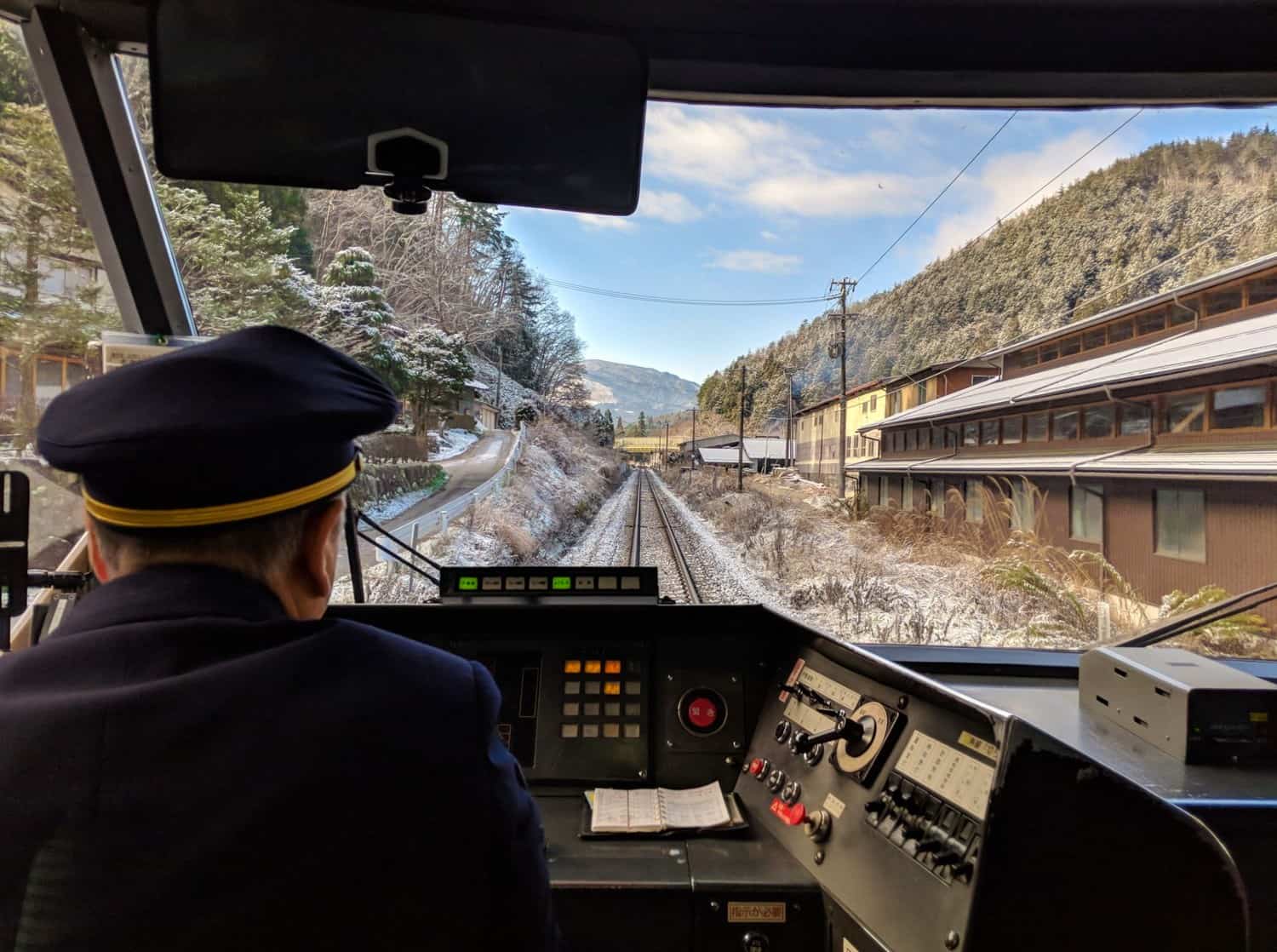
Train is the Best Way to See the Country
If you’re planning a trip to Japan, the first thing you should be doing is buying a Japan Rail Pass .
While the rail passes seem like a fairly large expense to pay up-front (I paid $420 for my two-week pass), they’ll more than likely save you money on your trip.
I’ll confess I was skeptical the passes would be as much of a necessity as people said, so picked one up then made a note of the cost of every train we took in the country. It turned out that my 14-day JR pass saved me a whopping ¥19,000/$175! That’s a huge amount of money, so I’m firmly of the belief that this is an investment you’ll want to make.
Travelling by train across Japan is such an iconic experience, too. The trains are incredibly fast and punctual, the rail network is extensive, and it’s altogether a comfortable and convenient way to get around. It’s a huge expense if you’re going to be travelling in Japan on a budget, but I think it’s a cultural experience that’s worth splurging for.
Confession: I Was Baffled by Tokyo’s Metro
On our first day in Japan, my partner tweeted: “If you think you’re a competent traveller and would like to be very humbled, can I suggest trying to figure out the Tokyo metro?”
I’ve muddled my way around a hell of a lot of subway systems around the world, but Tokyo’s was the first to leave me well and truly flummoxed.
To start with, the stations are enormous. I was staying beside Shibuya station and it would regularly take me a solid 30-60 minutes to figure out where on earth my platform was even located. It was just as complicated trying to find the right exit!
The stations are hyper-busy, too. The top 20 busiest train stations in the world are all found in Japan. Shinjuku station — the busiest — sees 3.6 million people transiting through it every single day . I can’t even comprehend that many people passing through a single building, let alone every day!
Oh, and here’s a map of the Tokyo metro and train lines:
For some reason, buying the correct ticket seemed to be impossible for us to do correctly! The Tokyo subway system is operated by three separate companies, and you’ll need different tickets for the lines that each company owns.
If our route required us to change stations, we simply could not buy the right ticket. I don’t think we succeeded even once! Even when we were convinced we finally understood where we were going, our ticket would invariably fail in the machines when we went to change lines and we’d need to find help from a member of staff. It’s probably no great surprise that we ended up walking around Tokyo for most of our time there and only used the subway three times.
What we should have done, however, was buy a SUICA card, rather than bothering with single tickets. It’s a rechargeable travel card that’s valid on all of the metro and train lines across Japan, and it would have saved us a hell of a lot of time, confusion, and hassle.
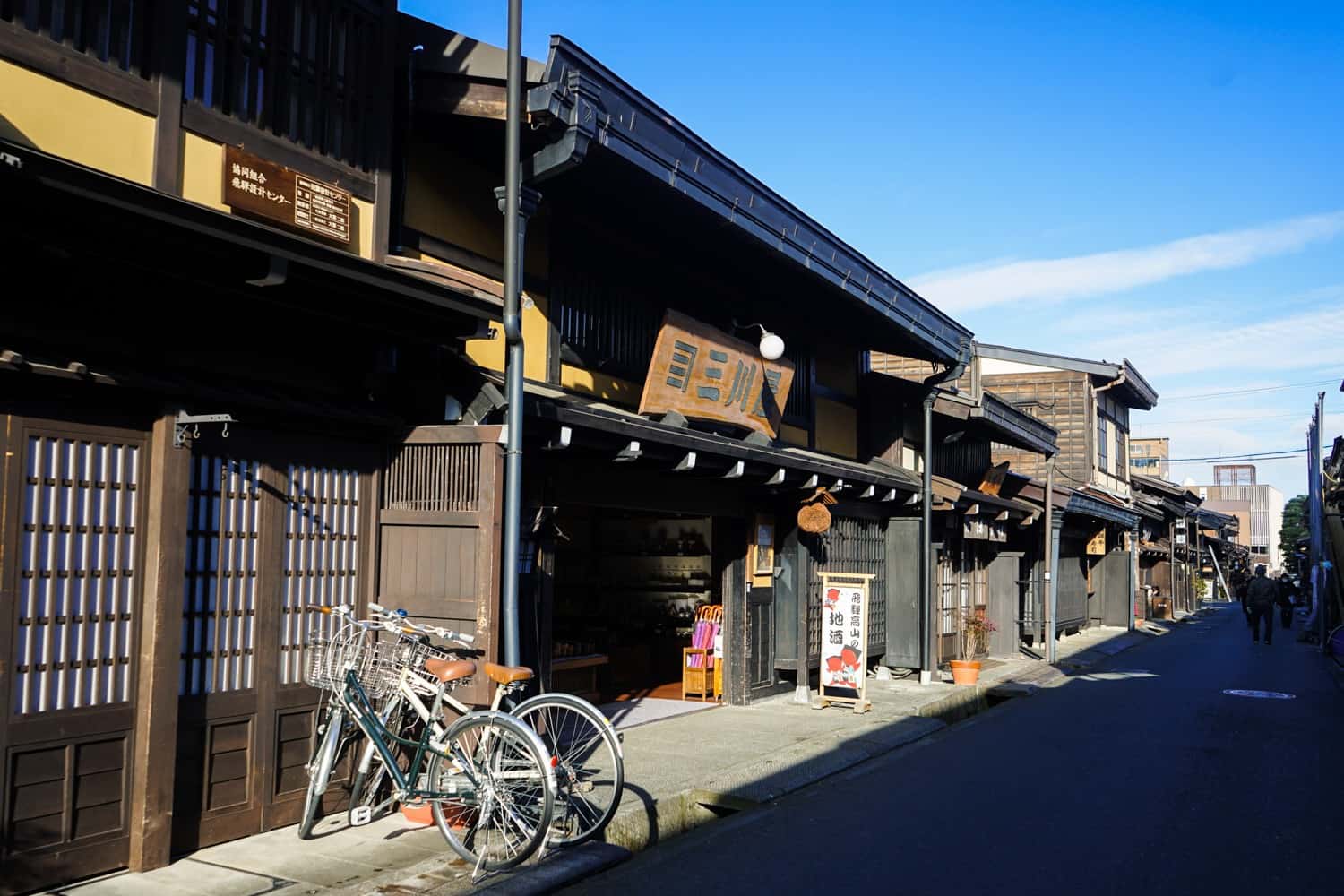
It’s Worth Getting Out of the Main Cities While You’re There
A lot of people devise an itinerary that’ll take them to the three big hitters in Japan tourism: Tokyo, Kyoto, and Osaka. And while those cities are undoubtedly most popular for a reason, I found myself really enjoying the lesser-known spots just as much.
Wandering around the town of Yamanouchi in freshly-fallen snow was a wonderful experience, Takayama was the perfect place to learn about traditional Japanese architecture, and beautiful Miyajima Island was the most relaxing stop on my trip.
Even if you don’t have a huge amount of time in Japan, I’d still recommend jumping on a day trip or two to explore outside of the huge cities. Hit up Nara as a day trip from Kyoto, head to Hakone to see Mount Fuji as a day trip from Tokyo, or set off for Myajima Island for some respite on a day trip from Hiroshima.
During my next visit to Japan, I’d like to get further away from the beaten track and explore a bunch of places I haven’t even heard of right now. Which, yes, is essentially me admitting to being too lazy to research lesser-known places in Japan to include here.

There’s a Lot of Animal Attractions… Most of Which Exhibit Dubious Ethics
Japan is the land of animals being treated badly, unfortunately.
As you travel across the country, you’ll be struck by how many animal cafes you can visit. There’s hedgehog cafes, otter cafes, owl cafes, alpaca cafes, ferret cafes, penguin bars, and the vast majority of them are not doing great things for the animals’ health.
In Japan, owl cafes offer the chance to sit beside a tethered owl that’s been forcibly domesticated and will never be allowed the opportunity to fly. In 2016, a cat cafe in Tokyo was shut down after it was discovered owners were keeping 60 cats within a 30 square metre rom. The penguin bar in Tokyo keeps four penguins captive in a tiny enclosure at the back of a smoky bar.
I went to a hedgehog cafe in Tokyo and came away feeling conflicted by the ethics of me having done so, and decided I wouldn’t repeat the experience.
Even the snow monkeys ended up being a disappointment for me. The animals were herded towards tourists by staff, fed in order to keep them from leaving the hot springs, encouraged to fight with each other, and generally seemed to be distressed that they couldn’t get away.
And this was just what I personally experienced. Japan has also experienced international condemnation for a whole host of animal welfare violations, from whaling to the Taiji dolphin hunt.
If in doubt, steer clear of any animal-based attractions in Japan.
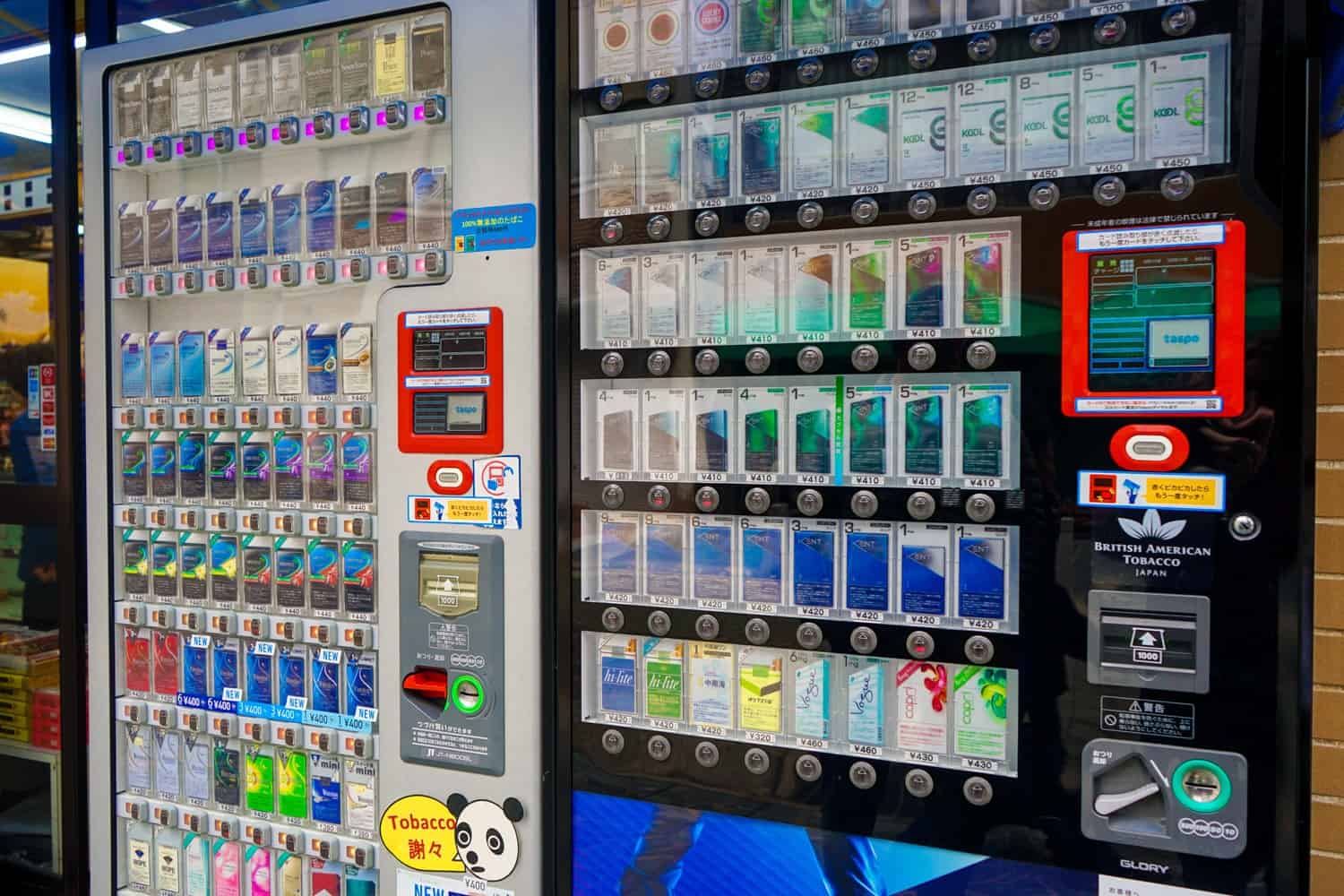
Japan’s Vending Machines are the Bomb
I loved the vending machines in Japan! They’re everywhere, sometimes dozens of them in a row, and they’re standing on practically every street. There’s over 5 million of them — one for every 23 people in the country — and they’ll be one of the first things you notice when you first arrive.
The vast majority of them sell drinks — hundreds of varieties, from the delicious-but-gross-sounding electrolyte-filled Pocari Sweat to hot coffee in a can — and they’re a fantastic way to stay refreshed while you’re exploring
And, of course, there’s a whole bunch of unusual stuff you can buy from them, too, like actual puppies, live lobsters and beetles, a Coke that freezes into a slushy when you open it, umbrellas, surgical masks, mystery boxes, pizzas, ties, wigs for dogs, origami, and yes, used women’s underwear. I even ordered several meals from a vending machine in Japan!
And You’ll Probably Get Weirdly Excited Over the Toilets
Everybody falls in love with Japanese toilets! I feel like such a predictable beast for even including this in my post, but let’s face it: Japan’s toilets are in a whole other league.
So what’s so life-changing about them? They have so many features! As someone who visited the country during winter, I loved that there was a seat warmer. On top of that, there’s a built-in bidet that self-cleans between each use and a blow-dryer for afterwards. You can adjust where the water sprays, the temperature of it, and the amount of pressure it applies. You can even play music from the toilet if you don’t want anybody to hear what you’re doing in there, and some feature a deodoriser, too.
The buttons on the toilet are fairly self-explanatory, but every one I used had a slightly different design and set of features, which kept things fun. Mystery toilet!
As I begin contemplating buying a house within the next couple of years, let me tell you that I’m already thinking about how I’m going to get myself a Japanese toilet for it!
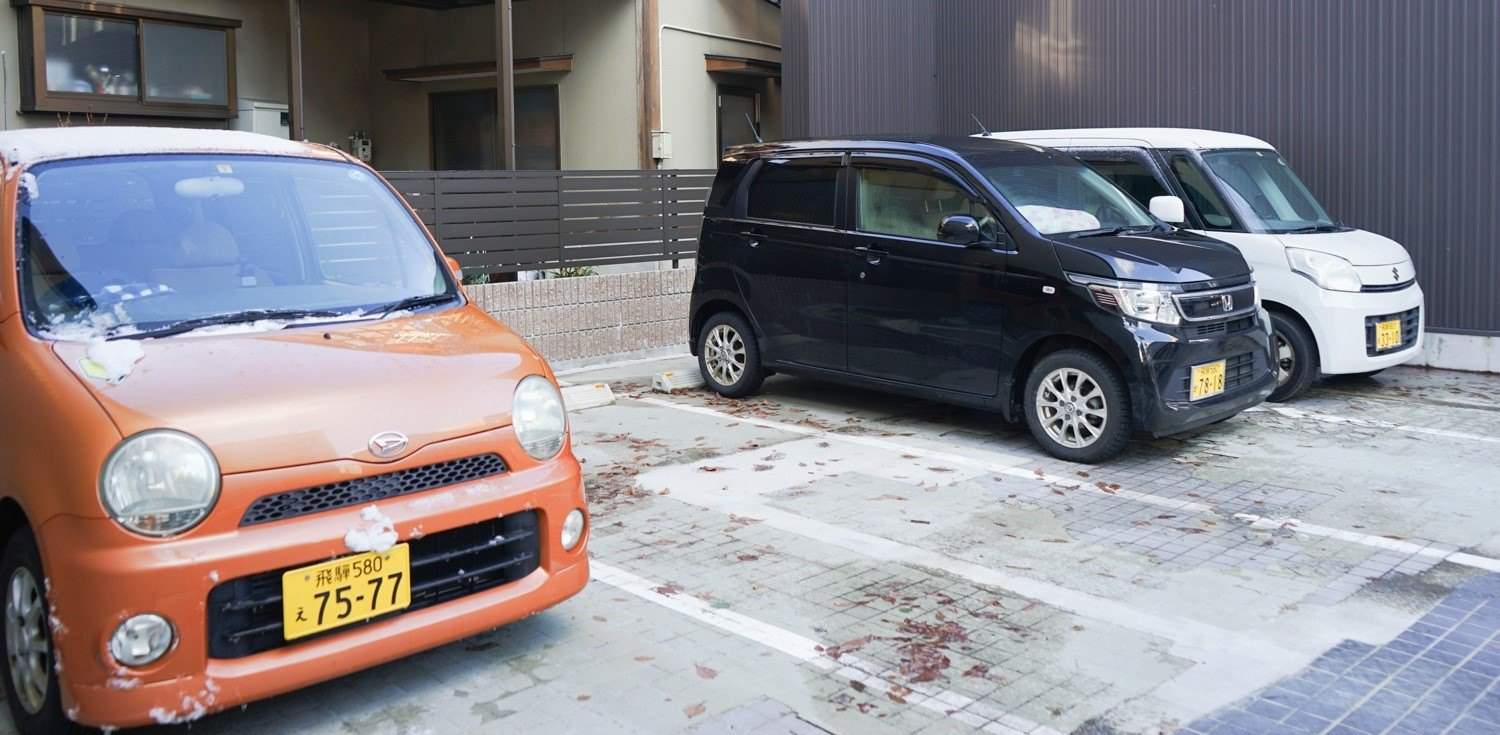
Why Are There So Many Ugly Cars?
Why are the cars in Japan so squished and blocky?!
One of the first things I noticed after arriving in the country was how many odd-looking cars there were. There were so many that looked like this photo: like they’d been plopped into a car crusher for a second, then removed and placed on the streets.
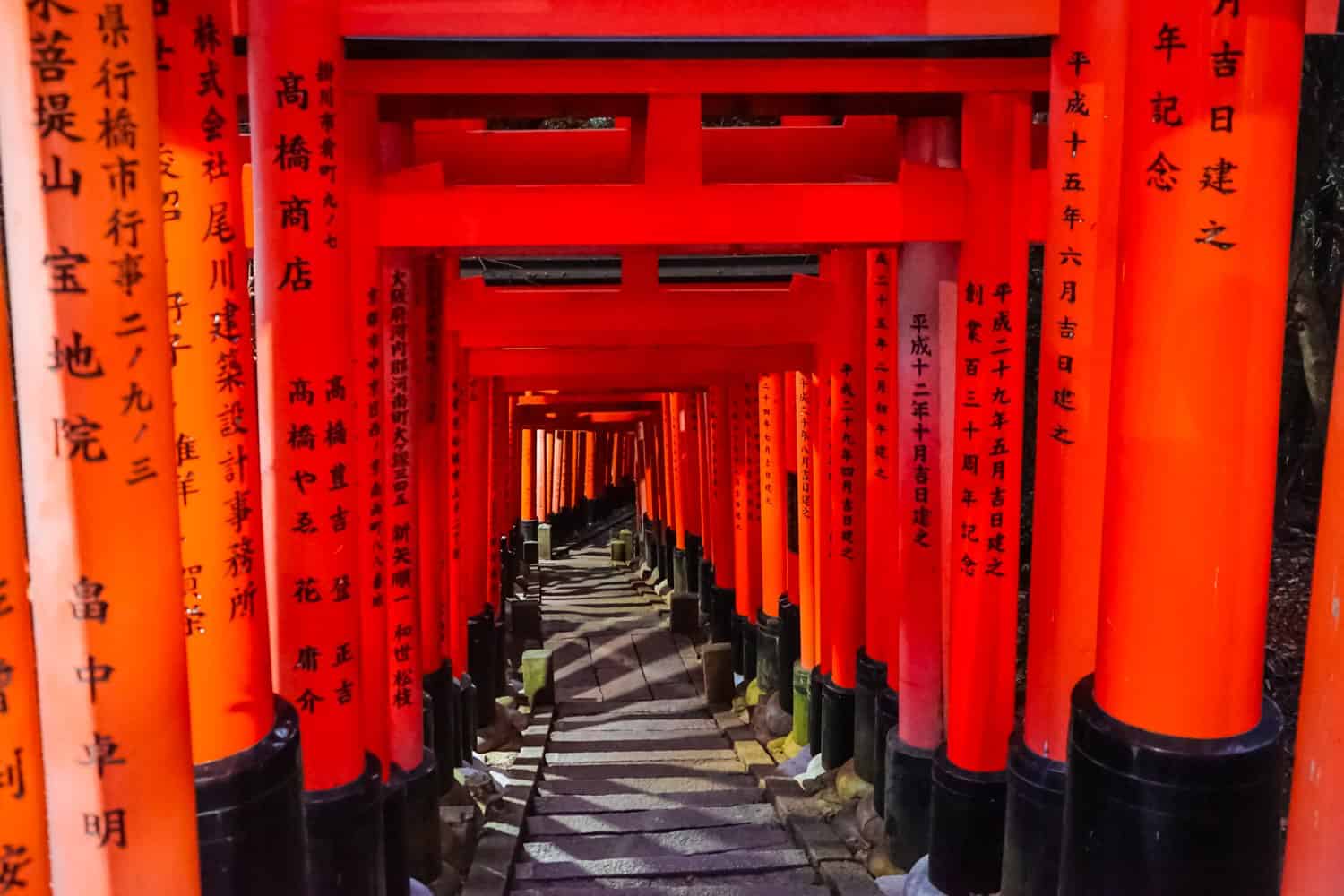
Yeah, It’s Fairly Expensive, But Also Not That Expensive
I put off travelling to Japan for years due to one simple reason: I didn’t think I could afford it.
To my great surprise, it ended up being much more affordable than I expected! In total, I paid just under $100 a day while travelling as part of a couple on a mid-range budget. That included my rail pass, accommodation in hotels and guesthouses, entrance tickets to temples and attractions, food and drink, and travel insurance. I’ve definitely visited more expensive countries in the world.
For more information on my expenses, check out my detailed guide on how much it costs to travel in Japan .
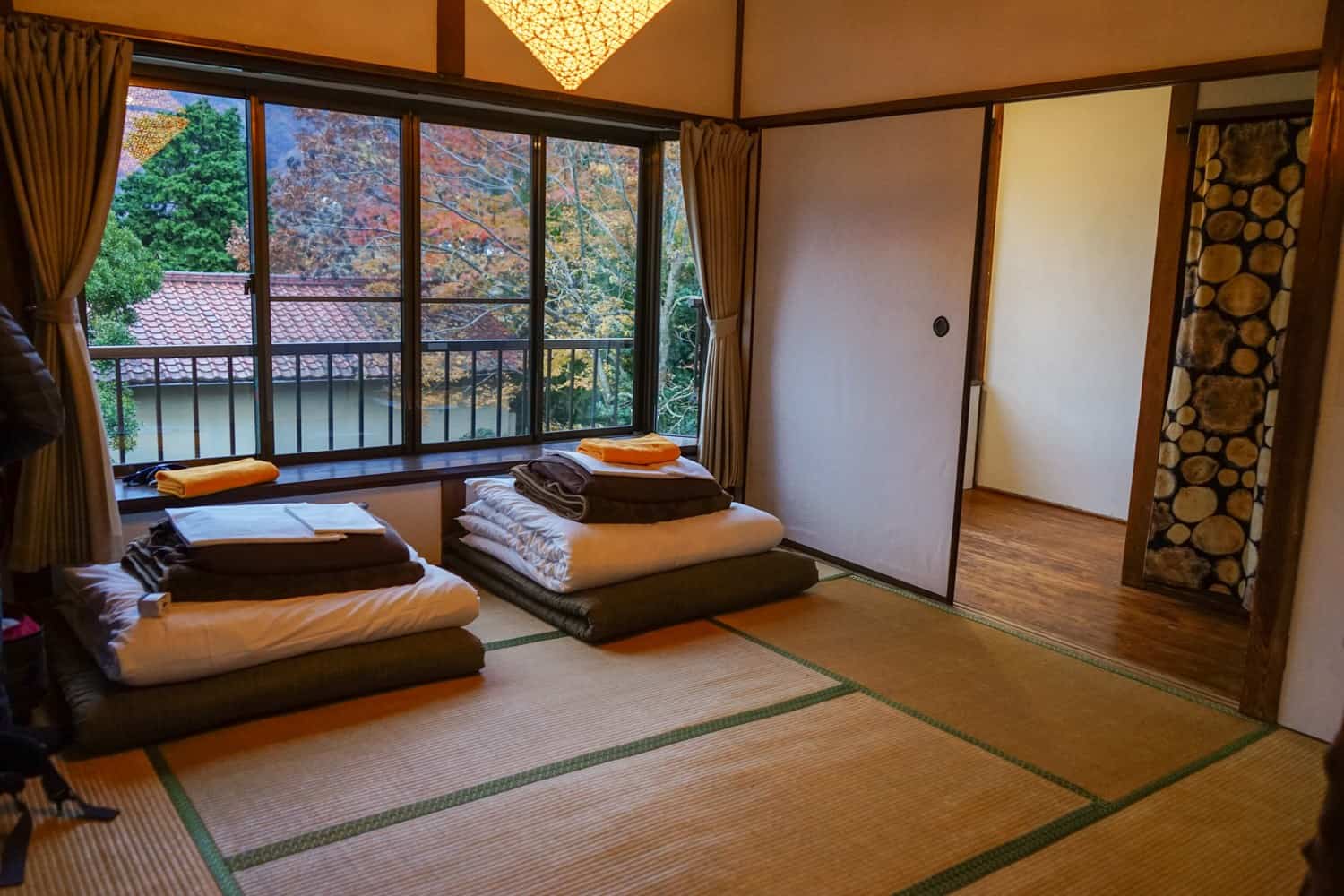
There Are So Many Different Types of Accommodation
One aspect I loved about Japan travel is how many different types of accommodation there are to stay in. I tried to check out as many of them as possible.
I stayed in a capsule hotel, spent a night in a ryokan, slept on a tatami mat floor, hung out in family-run guesthouses, and checked out some pretty hipster hostels.
My biggest surprise was learning that sleeping on a tatami mat was so comfortable! I often opted for the tatami mat rooms over Western-style bedrooms, as they’re usually a couple of dollars cheaper, and they worked out to be just as comfortable. I actually found it super cool to be staying in a minimalist room without any furniture! My only complaint was the smell of the tatami mats — most people love it, but I just couldn’t get used to it.
Staying in a ryokan was another exciting accommodation experience. These Japanese inns are generally known for being super-expensive, giving you the opportunity to experience a traditional local lifestyle. You’ll stay in a tatami mat room, bathe in a communal onsen, and tuck into a kaiseki with the other guests during dinner and breakfast. It was one of the coolest experiences I had in the country.
My final accommodation standout was a capsule hotel. I stayed here more for the novelty than the comfort levels, but it ended up being surprisingly cosy. My room had around 20 beds in small pods, all packed in together, but you still had a lot of privacy. I had my own little light in my capsule, my own power sockets, temperature control, and a curtain to close to keep people from peering in. These are a great way to save money in Japan, so I’d recommend trying them out if you’re going to be visiting on a budget.
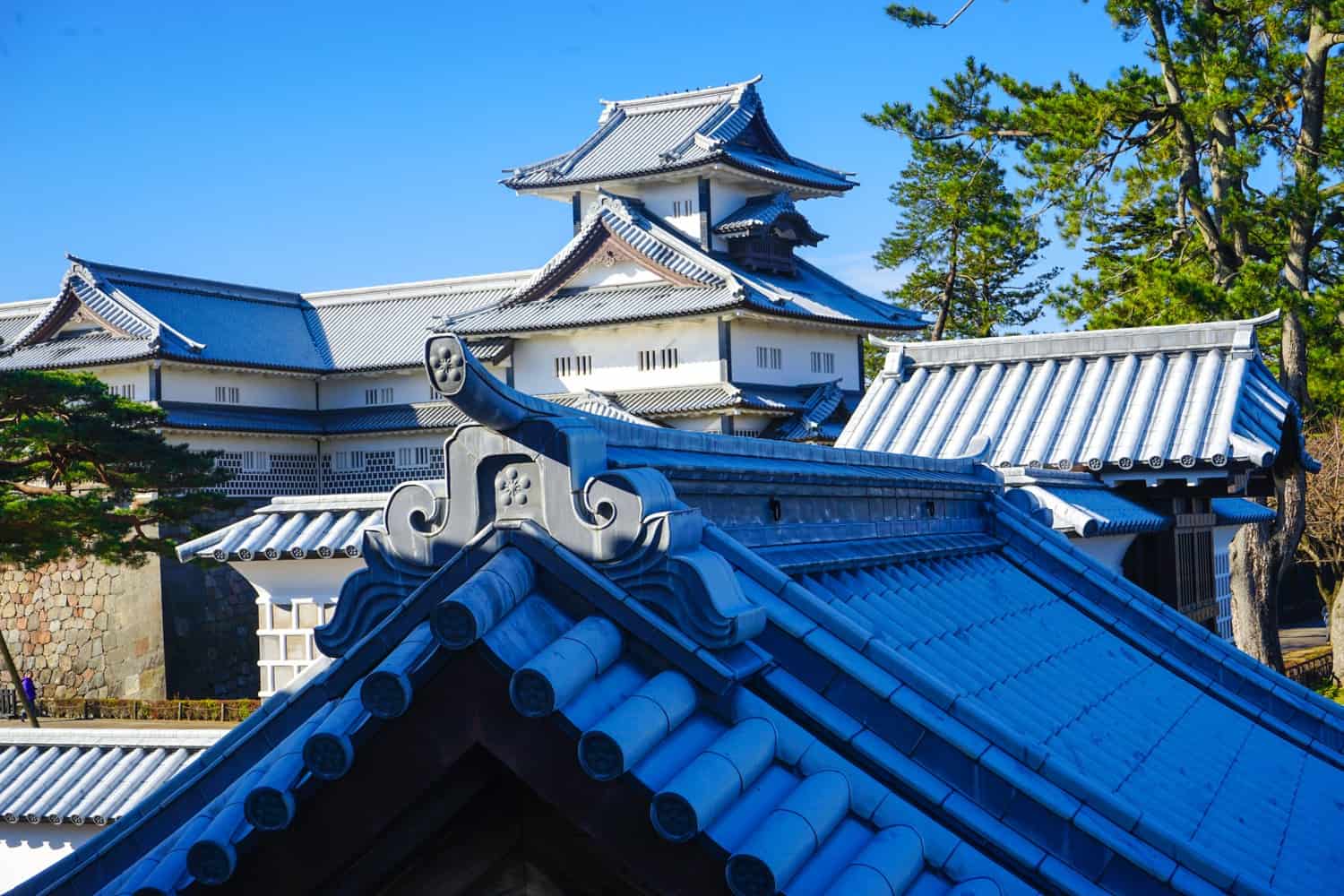
I Felt Super-Safe in Japan
Japan has a reputation for being one of the safest countries in the world, and I certainly never felt in any danger while I was there. I felt perfectly safe exploring the country alone, walking around at night on my own, sleeping on the train with my bags at my feet, and carrying my expensive camera in the open. I felt safer in Japan than anywhere else I’ve been in the world.
Still, that doesn’t mean that you should grow complacent and let your guard down. As with any country in the world, you should still keep watch over your belongings, be wary of complete strangers that are taking a sudden interest in you, and be careful with your alcohol consumption. All that good stuff.
Oh, and you should probably refresh your knowledge on what to do if there’s an earthquake before you get there. I experienced my first earthquake in Taiwan and because I grew up in the U.K., had no idea what to do. I remember feeling my bunkbed rattle beneath me as I frantically googled what to do in an earthquake. I should have been better prepared.
My fellow female travellers out there may want to utilise the women-only train carriages during peak travel times to ensure you’re away from any wandering hands — this is likely the only safety issue you’ll encounter in the country.
Keep your wits about you, take common sense safety measures, and you’ll have a wonderful time.
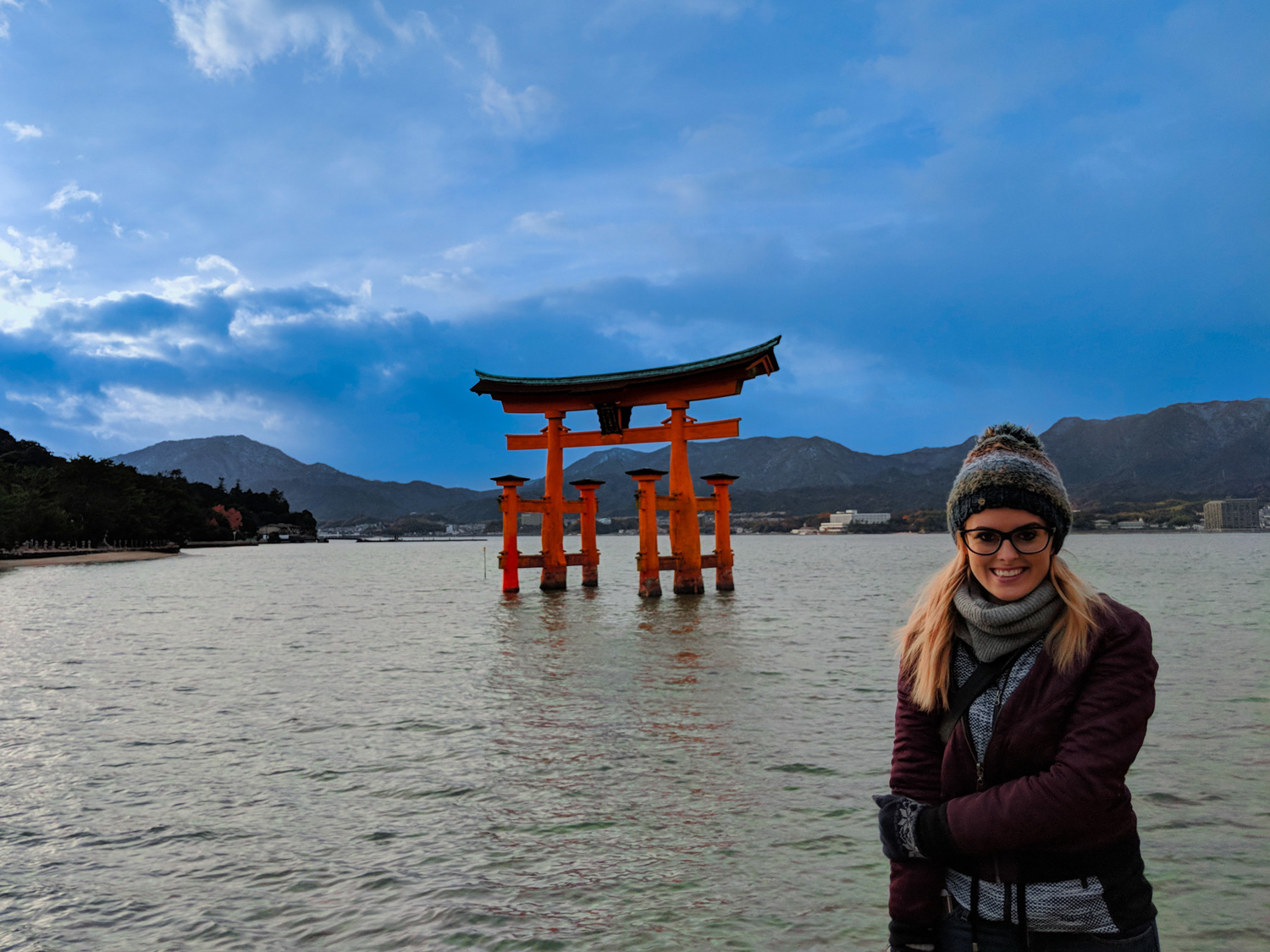
Winter is Going to Be Cold
Japan gets freezing in the winter and scorching in the summer.
I visited in December and was so cold. So much colder than I thought I would be. Although I confess to having little tolerance to the cold, so you’ll probably think I was being pathetic. Temperatures hovered around the freezing mark, and it snowed in Hiroshima and Yamanouchi. I regularly wore five layers of clothing and still spent most of my time shivering.
Visiting during summer takes you to the other end of the temperature spectrum. It gets super-hot in the summer months, with temperatures hitting as much 40 degrees (100°F) some years.
This is a destination that’s best visited in the spring or autumn.
But the Bonus with that is the Onsens!
One of the huge bonuses to visiting in the winter is getting to dive into Japan’s onsen culture. Onsen is the Japanese word for hot spring, and you’ll find them scattered all over this volcanic country. Some are outdoors, some are inside, some are found in guesthouses, ryokans, and hotels, some are in public bathhouses, some are public, some are private, some are same sex, some are mixed gender. The only rule is that you have to be naked.
I jumped in an onsen almost every night of my trip and it was so relaxing and comforting to do so. I highly recommend looking for accommodation with on-site onsens, as it allows you a little more privacy. At my hostel in Hakone and my ryokan in Yamanouchi, I got to jump in the private couples onsen with my boyfriend, which was so much fun!
In theory, you’re not supposed to use the onsens in Japan if you have tattoos, although the rules have relaxed in recent years. If you have one that can’t be covered up with a bandaid, I’d recommend checking out Tattoo Friendly , which lists hundreds of Japanese onsens you can visit if you’re inked.
And that was Japan!
This post was so much fun to write! If I’m being honest, I think I could have sat down and written another 3,000 words about my time in Japan — there’s just so much to learn from this country.
I can’t wait to return.
Have you been to Japan? If not, do you dream of visiting one day?
Related Articles on Japan 🏯 How to Spend Two Weeks in Japan: An Itinerary for First-Time Visitors 💴 The Cost of Travel in Japan: My Budget Breakdown 🍣 15 Weird and Wonderful Things to Eat in Japan 🎌 23 Incredible Things to Do in Osaka, Japan 😎 Hipster Harajuku: The Coolest Neighbourhood in Tokyo 🦔 Should You Go to a Hedgehog Cafe? My Experience in Japan 🐒 Why Seeing the Snow Monkeys in Japan Sucked
Lauren Juliff
Lauren Juliff is a published author and travel expert who founded Never Ending Footsteps in 2011. She has spent over 12 years travelling the world, sharing in-depth advice from more than 100 countries across six continents. Lauren's travel advice has been featured in publications like the BBC, Wall Street Journal, USA Today, and Cosmopolitan, and her work is read by 200,000 readers each month. Her travel memoir can be found in bookstores across the planet.
Related Posts

The Cost of Travel in South Korea: My 2024 Budget Breakdown

What’s it Like to Travel in Liechtenstein?

In-Depth Namibia Travel Guide: What’s it Like to Travel in Namibia?


How to Spend Three Perfect Days in Delhi: An In-Depth Itinerary

Pushkar Travel Guide: 11 Things to Do in Pushkar

The Ultimate Guide to Visiting the Taj Mahal
25 comments.
Japan sounds fascinating on so many levels. I think I would feel overwhelmed at first, but reading your post has made me think that going here is still achievable for us. I would love to experience a capsule hotel and their crazy vending machines as well as the cultural side of the country
This is a very useful post, Lauren! Elliot and I are most likely going to go to Japan next year (we’re thinking autumn), and I’m already overwhelmed thinking about planning it. So hearing helpful tips about trains (and that SUICA card!) and tattoo-friendly onsens is great!
I went to Japan last year for the first time and I feel like we barely scratched the surface! My favourite dish was pork ramen, it was the first meal I had in Kyoto and it was absolutely delicious. I can’t wait to go back!
Good point about being prepared for earthquakes. I’ve never experienced one, but if I continue traveling the way I do now, then maybe it’s just a matter of time. It makes me kind of nervous. You wrote it was your first earthquake, have you experienced many? And in that case, where? In Asia?
I never been drawn to Japan but as usual after reading your blog posts about a destination I feel an urge to go there NOW. You’re such a good writer!
Cool post Lauren. Did you take any of the high-speed trains while you were there? One of the best parts of my trip to Japan was experiencing the fast bullet trains. They go 320 km/h!
I’ve been staring at that metro map for the last 5 minutes trying to figure it out! :D Thank you for sharing this. I’m planning on heading to Japan soon, hopefully in a few months, and this definitely helps get me prepared for it, at least mentally :)
It’s true that Japan is not as expensive as everyone seems to think. Of course it’s a country with a high standard of living, but there are many ways for the budget traveler to get around that. For instance, most supermarkets have a cook preparing fresh food to sell. It’s usually quite good and way cheaper than restaurants. Plus, if you come 1 hour or so before they close, they’ll offer big discounts on the last meals available!
When is the best time to travel to Japan? You would say April/May or September/October? Which is the perfect month in your opinion?
This post really reminds me of the one have years I spent living in Japan. Japan is such a unique and special country in so many ways but it was difficult to live there.
I used to always hate Shibuya station. I don’t was trying avoid getting off there are changing there because I would inevitably get lost. One thing that I did live about Japan now is that sometimes you could find Beer vending machines I found that so cool.
Oh and then the small cars are called K cars. They have cheaper insurance. I think people like them because of the limited parking space, you even have to pay extra to park your car outside your apartment.
I really love Japan! I always make sure to eat my fave Japanese Food when I’m there and yes, the Metro gave me a headache too!
The map of local trains actually scared me haha. Surely I’d get lost in this mess. Off great post as always ;)
This is not appropriate for school children in the beginning It said a very naughty word in the very beginning I’m Offended. and It also said Dumba**
Why on earth would you think my site was written for kids?
Wow! I’m a lazy person Lauren, but you make travel seem so awesome! I love your writing- your words are clear and your voice is really articulate. You’re an image for women all around the world- follow your dreams!
The key to the Tokyo subway system is to focus on the Yamanote Line, which is the main loop around central Tokyo. From there, you can connect to other lines to take you where you want to go.
We love Tokyo and my daughter and I have even done a 72 hours in Tokyo trip! She still talks about Tokyo and a recent trip to Hong Kong was a good comparison for her, but she still likes Tokyo better.
Piss Alley was a blast – mostly Yakitori stands are what is mostly there now – but there is a good little Ramen joint, and another we really liked is gone now.
There are also a ton (no kidding!) of great sushi places – web search for cheap sushi in Tokyo for lots of options.
Another great place we loved to eat at was Pepper Lunch – they serve the food to you on a flat-iron cooker that comes straight out of the oven – and you cook your food and eat it!
Tokyo is not intimidating – it’s a great place to visit and signs are in English (mostly) and the city is pretty easy to navigate.
Thanks so much for sharing, Brent!
The picture telling people to not poke the face of Sarubobo is so typically Japan, I love it!! I recently moved to Tokyo to take a break from backpacking and I have to pinch myself every day that I get to live in this hectic and beautiful city. You’ve captured Tokyo and Japan’s quirks really well!
Good article. Visited Japan last year for ten days and absolutely loved it. Like many people, I also postponed visiting due to fears about very high cost, but once there I realize it is not that bad- how much you spend is really dependant on your tastes and how much luxury you require. It is very possible to do Japan on a budget, you just have to know ways to save money. Fore example, many corner stores sell packaged, relatively inexpensive meals that tasty and healthy for only a fraction of the price of what you would pay in a restaurant.
Hi, I enjoyed reading your article. The pics are beautiful, especially the one with the train on the bridge. I have to mention a few things that stuck with me. First…OMG! I got vertigo just by looking at the metro map. Used women’s underwear!? Really??? I laughed when I read your description of the cars “squished and blocky”. Yup! I will go to Japan just to use the toilets. LOL! Great post. Can’t wait to go there.
Hope you have a wonderful time there! :-)
I am going to Japan at the end of december, 1. I really tought it wasnt going to be that cold, but you now scare me a little :P. I live in Medellin now (70F all year) but I use to live in upstate NY, how come I can get so scare about cold? ehehe 2. I really wanted to see the snow money park. In the pictures, the mokeys look so Zen :(. But after reading your post, I am for sure not going. I love animals, but I dont want to see them being misstreated or in distress
Oh, don’t be scared of the cold in Japan! I’m super sensitive to it after spending seven-odd years travelling in mostly tropical places.
Really appreciated this post! I can’t wait to get to Japan :)
One of the best articles I’ve read on Japan that shows me exactly what to expect as a traveler.
I highly recommend using google maps while riding public transportation in Japan. With Tokyo’s subway systems, it offers detailed instruction for transferring plus giving you the exact exit numbers to use to reach your destination. One warning, Japanese people walk about twice faster than me, the estimated transfer time is usually not enough for me. However, the next one is usually minutes away. I have used it successfully in other parts of Japan with public transportation systems that will link all options in Osaka, Nara, Fukuoka and Kanazawa. I am not 100% sure about very rural area which I usually get to by car.
Leave a reply Cancel reply
Your email address will not be published. Required fields are marked *
Meet Lauren Juliff

A complete 7 day itinerary for Japan
Japan is a country I have long wanted to visit, with incredible mountain scenery, one of the world’s most chaotic & quirky cities (Tokyo), a long history of culture & tradition, and of course incredible cuisine with authentic sushi on offer everywhere you turn.
I have been asked many times over the past few years of blogging why I have not yet been to Japan, with the answer being that I was just waiting for a time that was right. This is a country I wanted to see as a whole over at least 2 weeks, instead of just flying in for a quick city trip to Tokyo or a ski trip in one of Japan’s famous ski resorts.
When I came across the Splendours of Japan Tour with Trafalgar (who I have travelled with previously in Peru ), it seemed like a great opportunity to take one of my parents overseas to visit Japan, as I knew either of them would appreciate the culture and history unlike anyone else I knew – so I booked my dad a plane ticket, told him to pack his bags, and we were off!
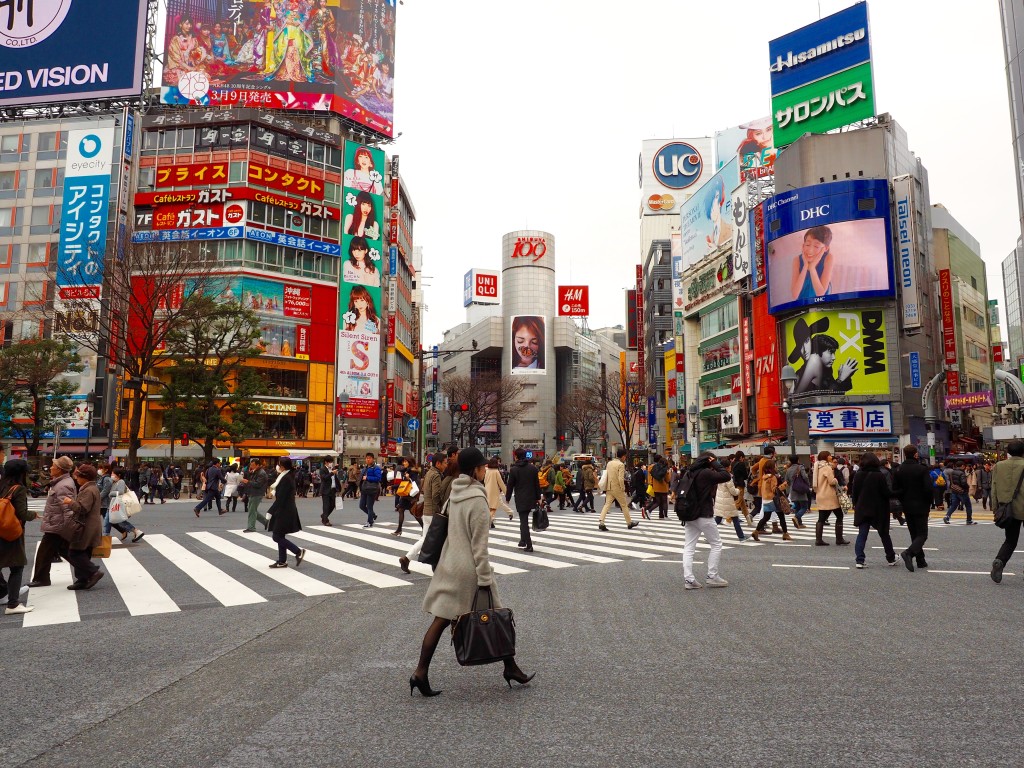
My Trip to Japan: Tokyo
Japan’s capital Tokyo is weird, wonderful, and at time completely whacky – but that is precisely what makes it such a sought after city for international visitors.
Our trip started in Tokyo as it is the main gateway to Japan and a great city to spend a few days discovering its many pockets – from the hustle and bustle of Shibuya & Shinjuku, over to the quiet peace and serenity of Japan’s public parks, and all the way through to Tokyo’s gaming district; Akihabara.
Be sure to allow yourself at least 3-5 days in this city as there is much to see and do – including tourist hot spots like the Mieji Shrine; Sensō-ji temple; Ueno Park for remarkable cherry blossom viewing in Spring; Harajuku for young fashion, nearby Omotesando for grown-up fashion, Tokyo Tower for impressive views at sunset, and if you have more time, day trips to Tokyo Disneyland, Disney Sea, or nearby Mt. Fuji.
For our Tokyo hotel we stayed at New Hotel Otani and I would highly recommend it, though for location I would have preferred to be position in Shibuya or Shinjuku.
Further reading:
A Quick Guide to Tokyo
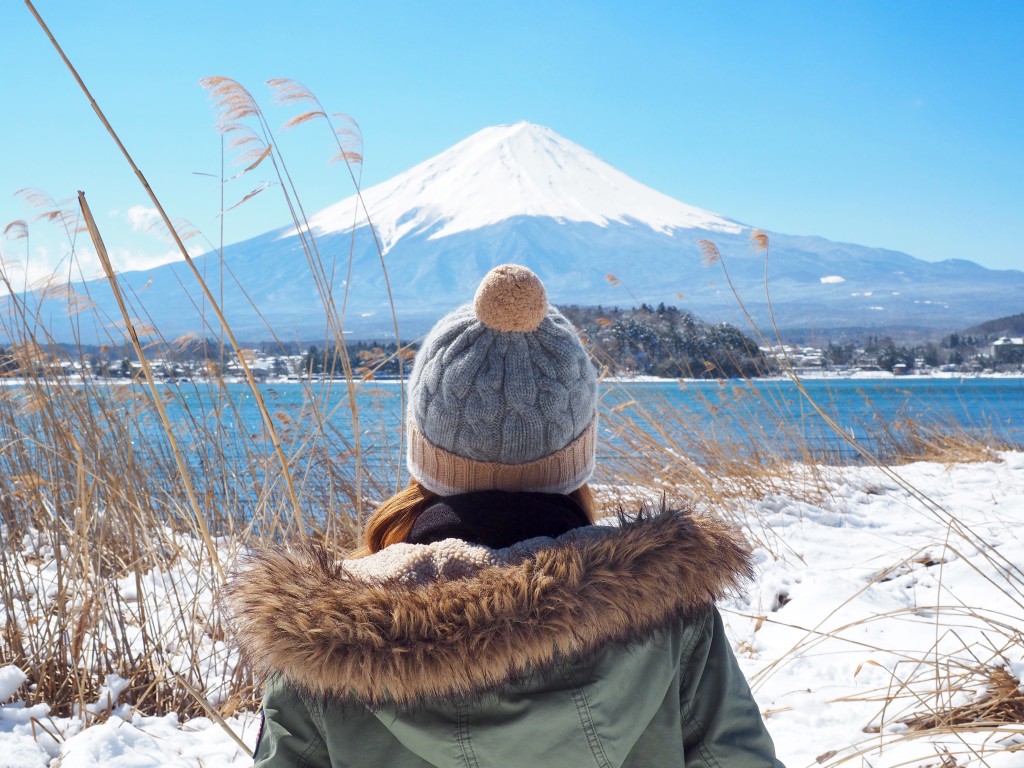
Mt. Fuji Day Trip
After enjoying all of the chaos and craziness that is Tokyo, allow yourself one day to get out of the hustle and bustle and escape to nearby Mt. Fuji to view the impressive mountain where many Japanese and foreign guests make their climb to the summit each year.
Whilst here enjoy great views (weather dependent) from Lake Kawaguchi and enjoy a delightful blueberry + vanilla soft serve from the gift store.
Onwards from Mt. Fuji we proceeded to visit Hakone, a small village on lake Ashi, which also offers great views of Mt. Fuji from afar by taking the cable car to the viewing platform.
Further Reading:
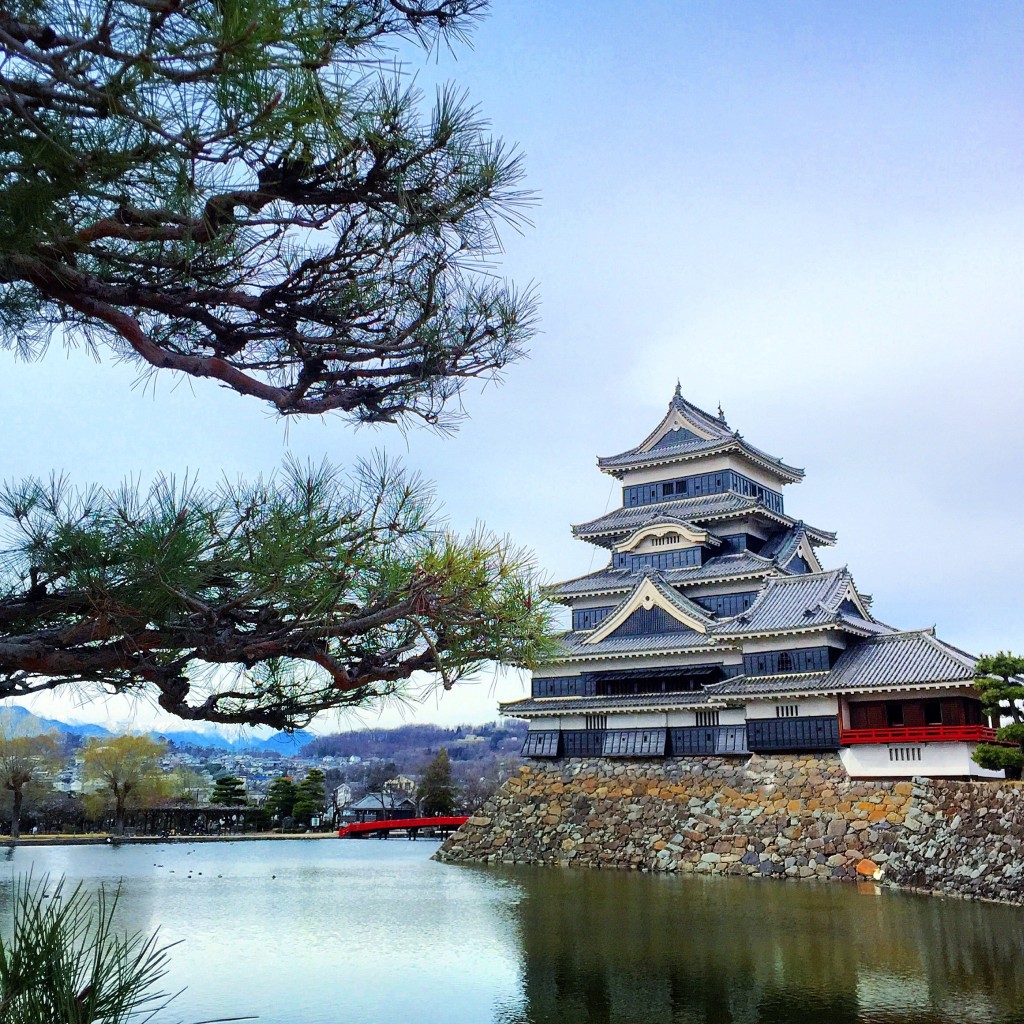
Matsumoto Castle (En route to Takayama)
After 3 nights in Tokyo (I would suggest booking at least 1-2 more nights to allow time to see/do everything in Tokyo), we made our way by bus to Takayama via Matsumoto Castle – one of Japan’s most picturesque castle. Also known as crow’s castle due to its black exterior, this castle is entirely built of wood and as per Japanese tradition, built completely without nails (it pieces together like a jigsaw puzzle and can be entirely pulled apart and put back together).
There isn’t a great deal to see beyond the castle, so after a quick look inside and walk around the grounds, it was onwards to Takayama in the same day!
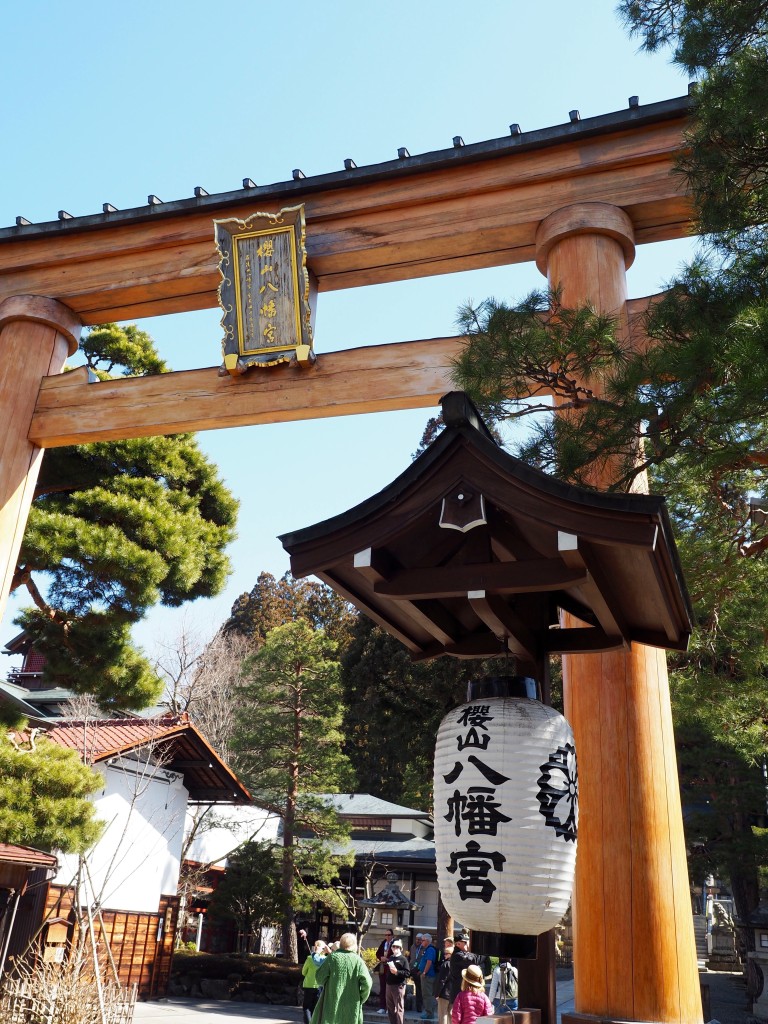
This gorgeous little city known as Takayama is the gateway to the Hida region. One day to explore this city is enough time to see most points of interest, though if time is on your side this would be a great town to slow down and spend a couple days immersed in Japanese culture and traditions.
Soft serve ice cream plays a big role in Takayama with many flavours available on the many street – don’t be afraid to try them all! There are also some great Izakaya restaurants here (casual Japanese food), offering a great chance to try regional food.
For our hotel in Takayama we stayed at the three-star Hida Plaza Hotel . I wouldn’t particularly recommend it and I believe Takayama is a great location to try a traditional Ryokan whilst in Japan.
A Quick Guide to Takayama
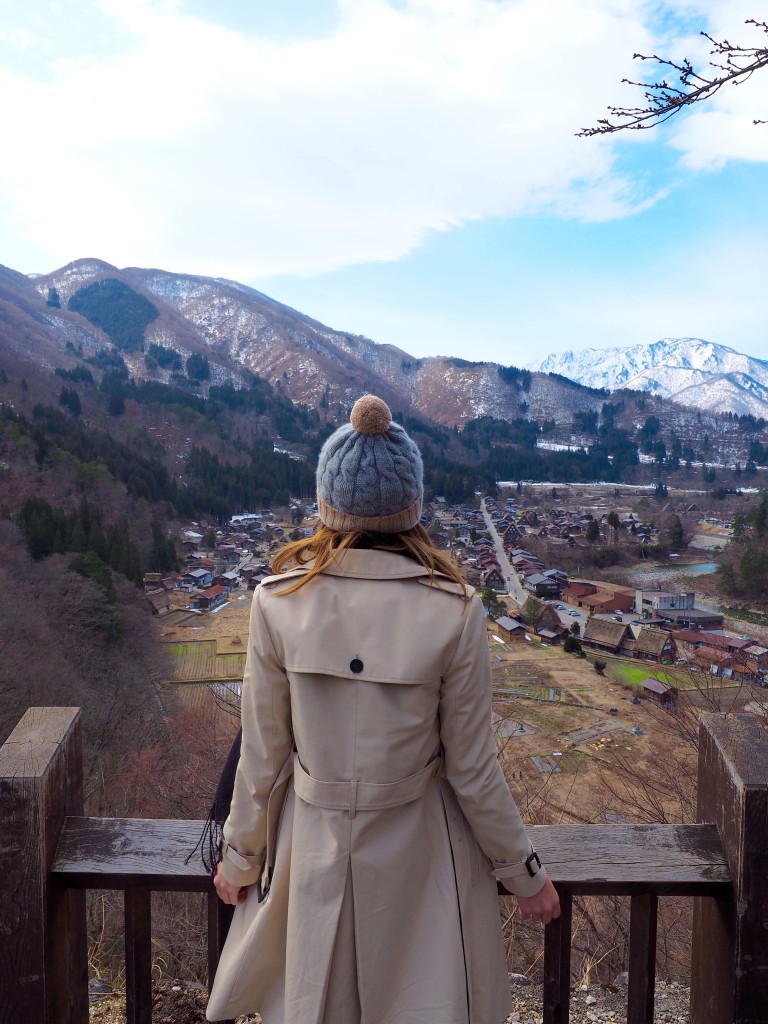
Gokoyama & Shirakawago
After two nights in Takayama, we made our way through countryside villages toward the busy city of Kanazawa – but as is often the case, today was all about the journey to get there.
En route we stopped at two traditional villages – characterised by thatched roofs and traditional wooden houses. These two villages are UNESCO World Heritage listed as they portray Japanese traditional in its truest form – so be sure to take plenty of photos!
Onwards we stopped at a Nomura House, a traditional samurai house where we learned the history of the local region, ongoing traditions and the history of the samurai.
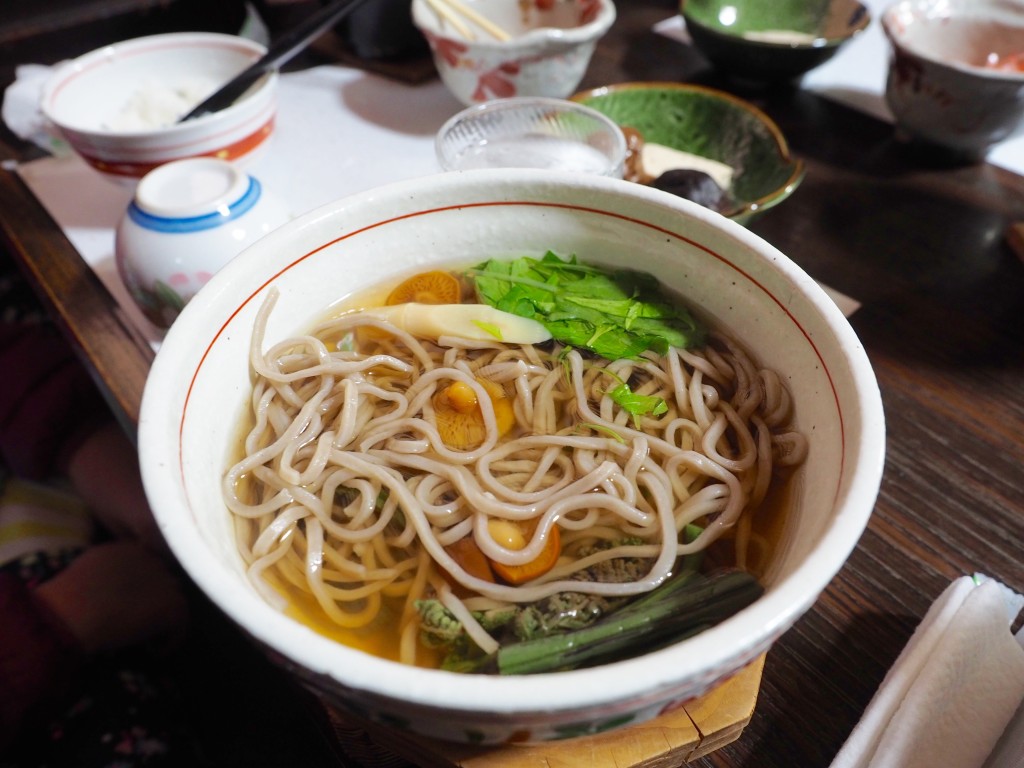
Sadly I have only a couple of rainy, not-so-clear photos to show from our time in Kanazawa, as we experience rained for the two days we were though and thus mostly stayed indoors.
Should you be received in Kanazawa with sunshine, be sure to visit Kenroku-en, regarded as one of Japan’s three most beautiful gardens and just next door is Kanazawa castle, which is also worthy of a visit.
Kanazawa is a larger city (with multiple Starbucks and McDonalds if that gives any indication!), so I would recommend just one day to explore here, to allow for more time in the countryside or cities that have more to offer in terms of sightseeing and culture – like the next stop; Kyoto!
For our hotel in Kanazawa we stayed at the Kanazawa Tokyu Hotel , which I would highly recommend for both location & a fantastic buffet breakfast!
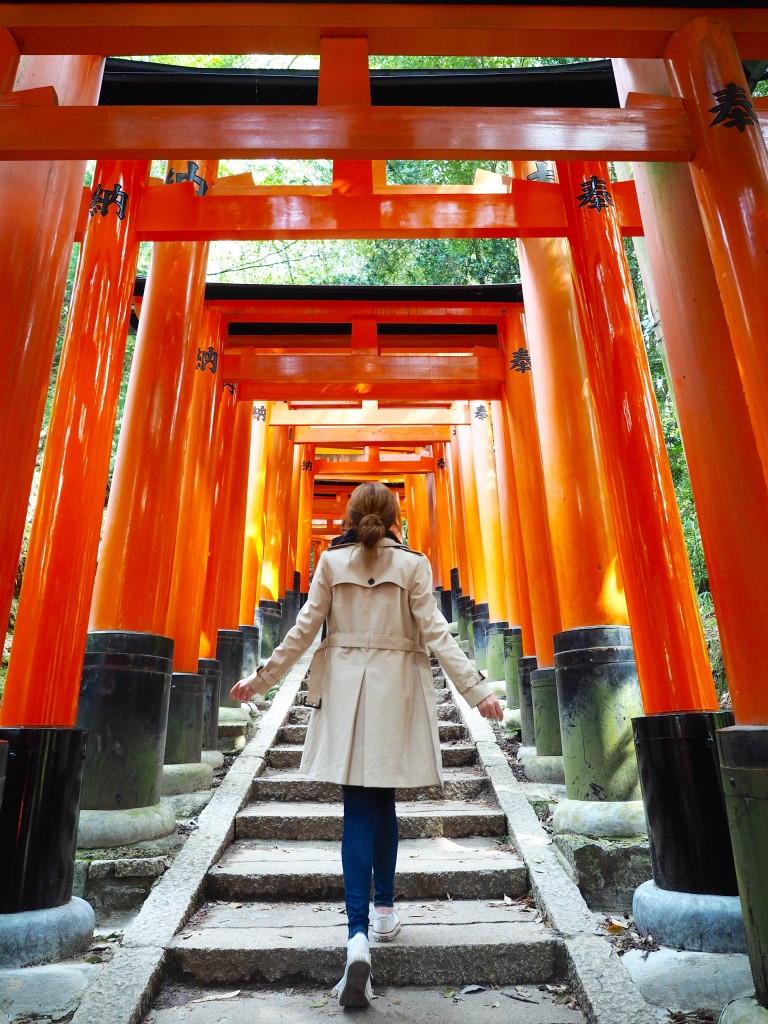
Once the capital of Japan, Kyoto is as idyllic as one could ever imagine Japan to be. Although the charm of Kyoto lies beneath the bustling city that it is today, when you take the back streets you soon begin to discover the history, culture and traditions that live on in Japan to this day.
Be sure to wander through Gion, Kyoto’s most renowned Geisha district and an absolute mecca for green tea (matcha) lovers! Here green tea comes in any and all forms – ice cream, parfaits, frappes, hot lattes and more!
Kyoto is also home to the famous Fushimi Inari Taira – an incredible shrine of thousands of red torii gates that line the 4 kilometre stretch to the sacred Mt. Inari. Nature lovers will enjoy the bamboo groves, whilst those looking for a city escape can always make a quick trip to Osaka – just a 30 minute express train ride away!
For our hotel in Kyoto we stayed at the Hotel Nikko Princess which I would highly recommend due to the large rooms, amazing service (particularly from the concierge), great location and a great breakfast buffet.
A Quick Guide to Kyoto
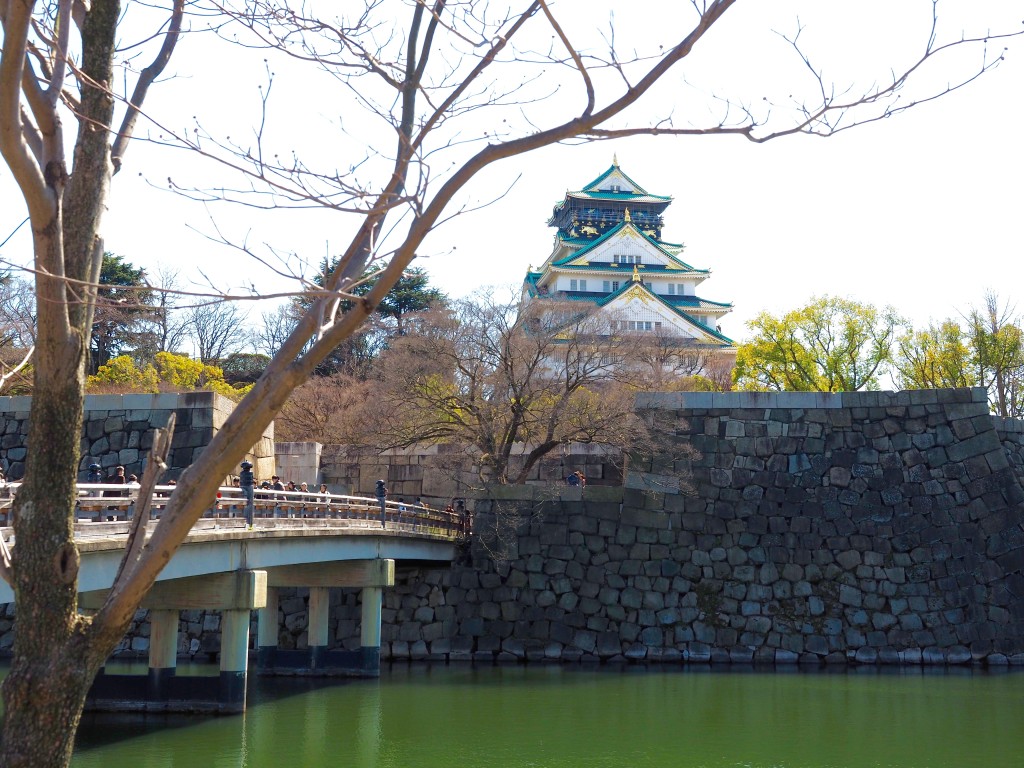
Although Osaka wasn’t on our itinerary for the tour, we had an extended stay at the end in Kyoto, which allowed for a spontaneous trip to nearby Osaka (30 minutes by express train from Kyoto). The trip happened completely by chance, as we were sat in our hotel room making a plan for the following two days, deciding when would be best to visit each location for less crowds, particularly as it was a public holiday that day. All of a sudden we made the decision to head out of Kyoto to nearby Osaka and experience the hustle and bustle of now my absolute favourite city in Japan.
My favourite areas to explore in Osaka were Shinsekai and Dotonbori. Shinsekai felt like a time warp as you quite literally step back in time to a Japan that time forgot, but of course with the added colour and livelihood of the 21st Century! Dotonbori is the main tourist thoroughfare in Osaka which is also home to the best street food in Osaka (and some of the best in Japan), whilst allowing plenty of opportunities to spend some cash.
A Quick Guide to Osaka
World of Wanderlust experience the Splendours of Japan Tour as a guest, however my opinions and oodles of photos are all my own!
Brooke Saward founded World of Wanderlust as a place to share inspiration from her travels and to inspire others to see our world. She now divides her time between adventures abroad and adventures in the kitchen, with a particular weakness for French pastries.
Find me on: Twitter | Instagram | Facebook
Incredible places would be great for students to visit in their winter vacations. Students will get to learn many things about these places.
*early next year
Hi Brooke! I love your Japan travel blog! Planning to go there early next week. Btw, may I ask what camera do you use? Your photos are fantastic!
Great post, japan is so calming even though i haven’t been there by reading your post i feels like i was also there. hope i can visit there soon and try alot of ramen, thankyou!
Great blog! Thanks for sharing informative and complete japan itinerary.
Japan always make me dream…and you made that too with your post and pictures!! I really can’t wait for restrictions to go away, the first place i’m gonna visit are Gokoyama e Shirakawago for sure!

Los Angeles
Plan a trip
First trip solo
Packing guide
20 Best Places for Solo Female Travel
Travel after a break up
20 Places in your 20’s
WAYS TO TRAVEL
Solo travel
Adventure travel
Luxury travel
Learn a language
Become a blogger
The 10 most wonderful places to visit in Japan

Mar 28, 2024 • 6 min read
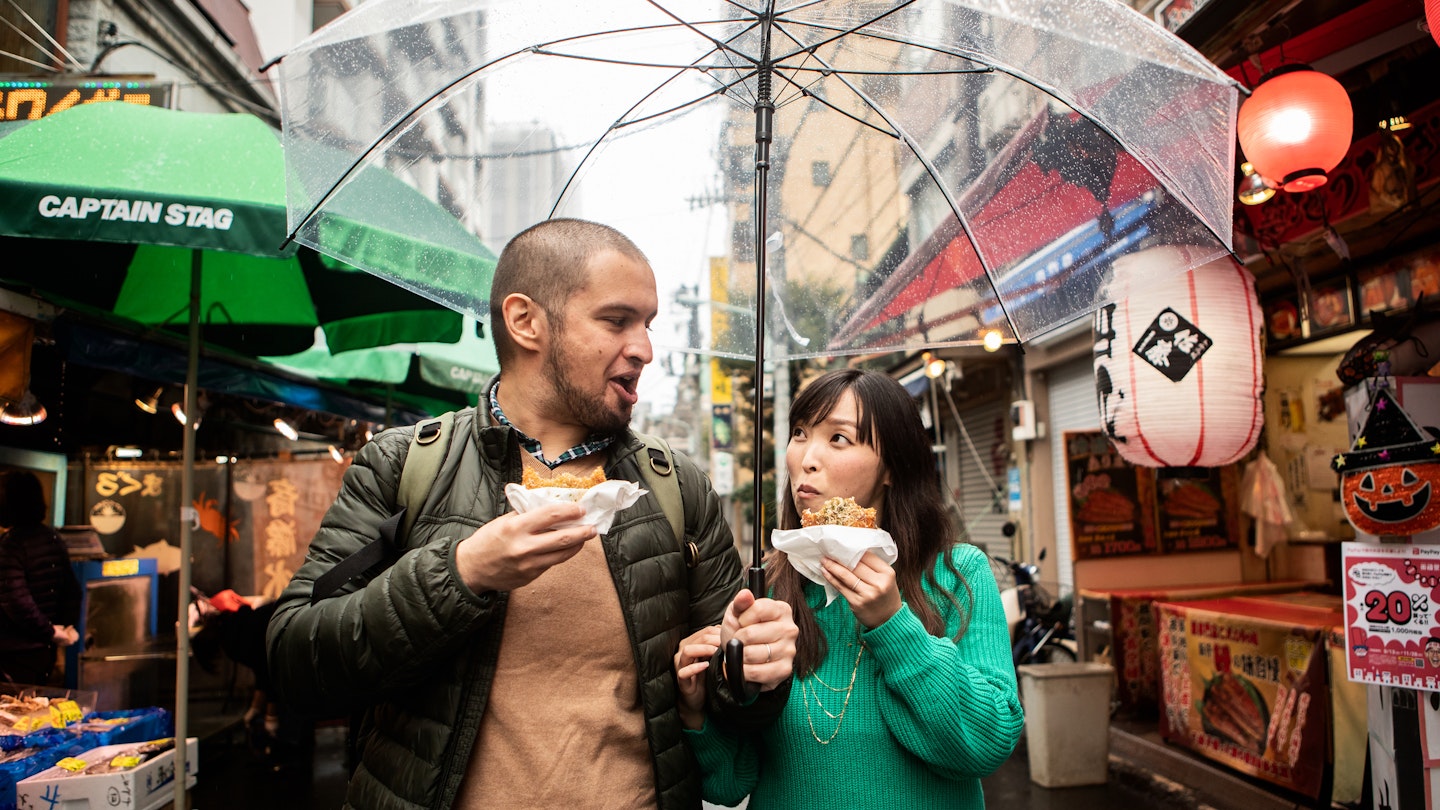
From buzzing cities to serene forest walks, these are our favorite places to visit in Japan © Taiyou Nomachi / Getty Images
Japan offers up a real feast for travelers, with mountainside onsen (hot spring) villages, beach-lined islands and buzzing megacities all on the menu.
You could arguably spend a lifetime sampling the country’s delights, but some towns and sights are staples – core ingredients to any great Japan trip. Here’s our pick of the 10 best places to visit in Japan .
Best for contemporary culture
Tokyo is a city forever reaching into the future, pushing the boundaries of what's possible on densely populated, earthquake-prone land, and building ever taller, sleeker structures.
It's Japan's top spot for contemporary art and architecture, pop culture, shopping, drinking and entertainment (and a tie with Kyoto for dining). But more than any other sight, it's the city itself that enchants visitors.
It's a sprawling, organic thing, stretching as far as the eye can see. Constantly changing with a diverse collection of neighborhoods , no two experiences of Tokyo are ever the same.
Planning tip: Tickets for sumo, kabuki and Giants baseball games usually go on sale one to two months in advance. The Imperial Palace and Ghibli Museum are other popular attractions that require prior planning.

Best for traditional experiences
Kyoto , Japan's imperial capital for a thousand years, is home to more than a thousand temples. Among them are the monumental, like Kinkaku-ji (an exquisite pavilion sheathed entirely in gold leaf), and the meditative, like Ryōan-ji , with its stark Zen rock garden.
And temples are only the beginning. There's the culture of tea, which you can appreciate at one of the city's many elegant teahouses; the art of the geisha, those iconic performers of traditional music and dance; and also a rich food culture, including kaiseki (Japanese haute cuisine).
3. Naoshima
Best for architecture
Naoshima is one of Japan's great success stories: once a rural island on the verge of becoming a ghost town, it's now a world-class center for contemporary art.
Many of Japan's most lauded architects have contributed structures, including museums, a boutique hotel and even a bathhouse – all designed to enhance the island's natural beauty and complement its existing settlements.
The resulting blend of avant-garde and rural Japan is captivating. It has also inspired some Japanese to pursue a slower life outside the big cities, relocating to Naoshima to open cafes and inns.
Planning tip: Try to plan your visit during one of the three exhibitions of the Setouchi Triennale festival, which happens during the spring, summer and fall every three years – the most recent was in 2022. Naoshima hosts various art, drama, music and dance events that make this festival really special.

Best for views and pilgrimages
Even from a distance, Mt Fuji will take your breath away. Close up, the perfectly symmetrical cone of Japan's highest peak is nothing short of incredible. Dawn from the summit? Pure magic.
Fuji-san is among Japan's most revered and timeless attractions. Hundreds of thousands of people climb it every year, continuing a centuries-old tradition of pilgrimages up the sacred volcano.
Those who'd rather search for picture-perfect views from the less-daunting peaks nearby will be following in the steps of Japan's most famous painters and poets.
Planning tip: The best time to climb Mt Fuji is during its official season, from July 1 through mid-September, which avoids the rainy season and snowfall. Always check for typhoon warnings before hiking in Japan.
5. Hiroshima
Best for introspection
Hiroshima today is a forward-thinking city with attractive, leafy boulevards. It's not until you visit the Peace Memorial Museum that the true extent of human tragedy wreaked by the atomic bomb becomes vividly clear.
A visit here is a heartbreaking, important history lesson. The park around the museum , much of which was designed by Japan's great modernist architect Tange Kenzō, offers many opportunities for reflection.
But the city's spirit of determination – as well as its food – will ensure that you'll have good memories to take with you when you leave.

6. Yakushima
Best for forest bathing
Yakushima, a small island off the coast of southern Kyūshū , is often described as magical and enchanting – otherworldly even. It's a place where words fail and clichés step in.
Home to some of Japan's last primeval forests, you'll find the yakusugi , an ancient cedar native to the island whose giant roots seem to form alien tentacles.
Hiking trails underneath them cover craggy terrain, often fuzzy with moss. The landscape here is believed to have inspired the iconic Studio Ghibli animated film, Princess Mononoke .
Detour: When you're not hiking, stop by the Yakusugi Museum to learn more about the importance of yakusugi to the islanders of Yakushima. An English audio guide is available.
7. Koya-san
Best for exploring temples
Riding the funicular up to the sacred Buddhist monastic complex of Kōya-san feels, appropriately, like ascending to another world.
There are over a hundred temples here, the highlight of which is Oku-no-in , where paths weave their way among towering cryptomeria trees and time-worn stone stupas covered in moss and lichen.
Other temples offer a different experience: the chance to spend the night, dine on traditional vegetarian Buddhist cuisine and wake up early for morning meditation with the resident monks.
Planning tip: Though Japanese temples and shrines do not have established dress codes, visitors are expected to stay relatively quiet in these sacred spaces.
8. Okinawa and the Southwest Islands
Best for beaches
Okinawa and the Southwest Islands offer a totally different experience from the rest of Japan. This semi-tropical archipelago forms an arch between Kyūshū and Taiwan .
Until the islands were annexed by Japan in the 19th century, they formed their own kingdom – the Ryūkyū Empire – and the cultural differences are apparent in everything from the architecture to the food.
This is where you'll find Japan's best beaches, like those on the Yaeyama Islands and the Kerama Islands, with sugar-white sand fringed with palms and turquoise waters. Bask in the sun, or snorkel and scuba dive.
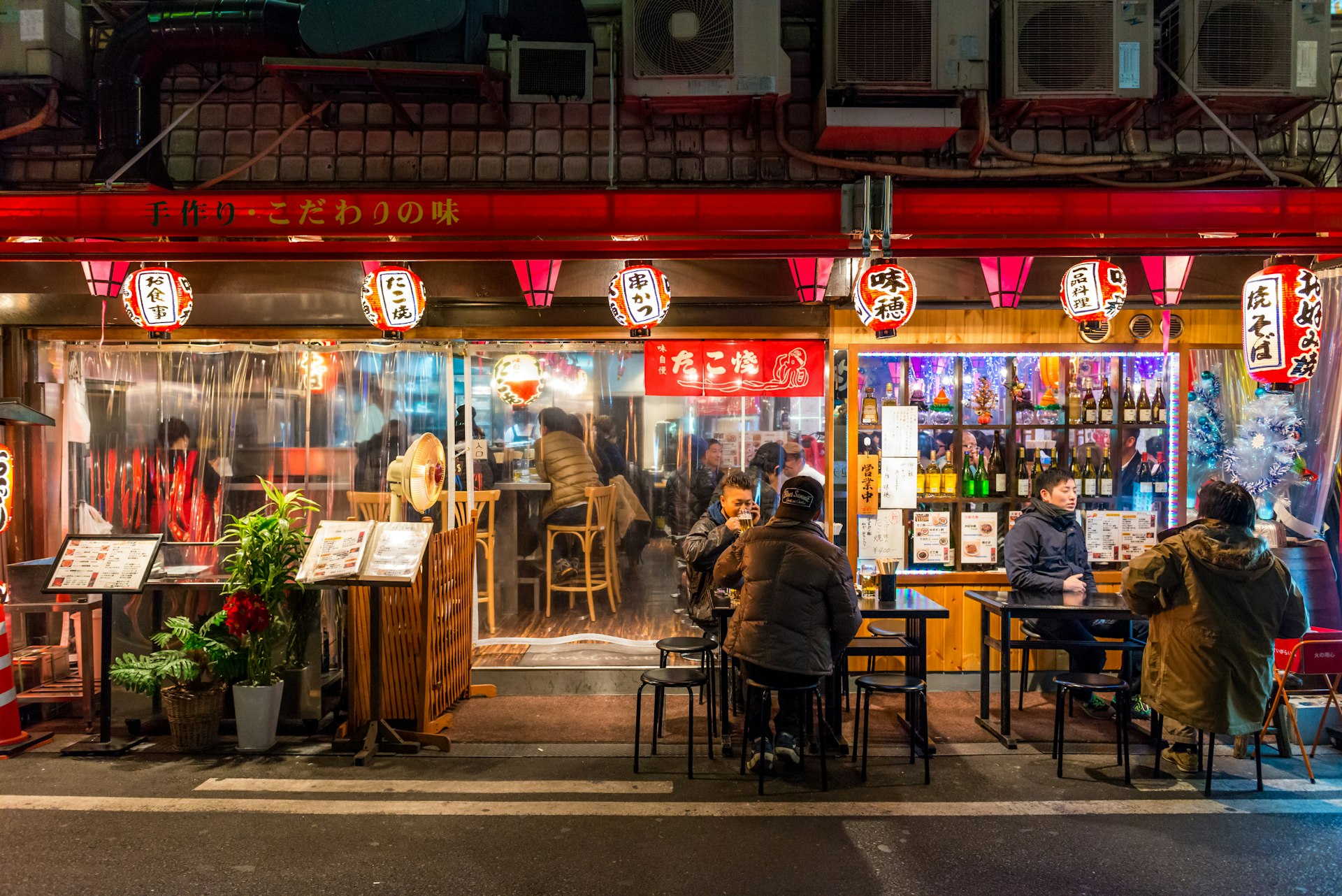
Best for street food and nightlife
Tokyo doesn't nab all the superlatives when it comes to urban experiences. Osaka , Japan's third-largest city, is tops for street food: don't miss its signature dish, takoyaki (grilled octopus dumplings).
It also has the most dramatic of nightscapes: a dazzling display of LED lights, animated signage and flashing video screens along the canalside strip Dōtombori .
The city, Japan's oldest merchant center, has a pace, spirit and zest for life all of its own; its unofficial slogan is kuidaore (eat until you drop).
Planning tip: In addition to nightly accommodation fees, Osaka hotels will typically charge an accommodation tax that varies depending on the standard nightly rate.
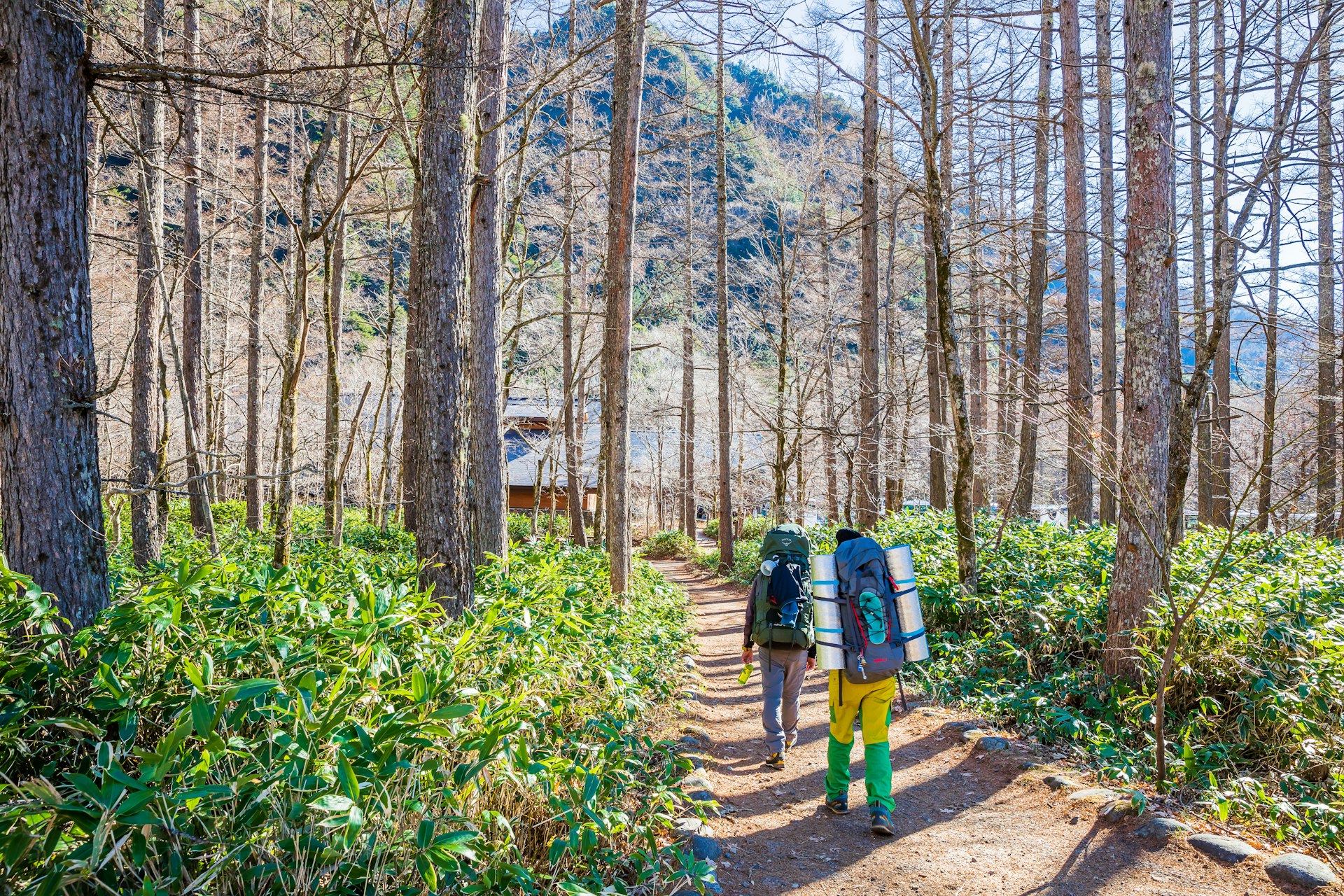
10. Kamikōchi
Best for mountain hikes
One of Japan's most stunning natural vistas, Kamikōchi is a highland river valley enveloped by the soaring peaks of the Northern Japan Alps .
Easy day hikes are possible along the Azusa-gawa, following the pristine river through tranquil forests of willow, larch and elm.
The birthplace of Japanese alpinism, Kamikōchi is also the gateway for more challenging treks up some of the country's tallest mountains, such as Yari-ga-take (3180m/10,433ft). Private cars are banned from Kamikōchi, which lessens the impact of the crowds.
This article was first published April 2021 and updated March 2024
Explore related stories
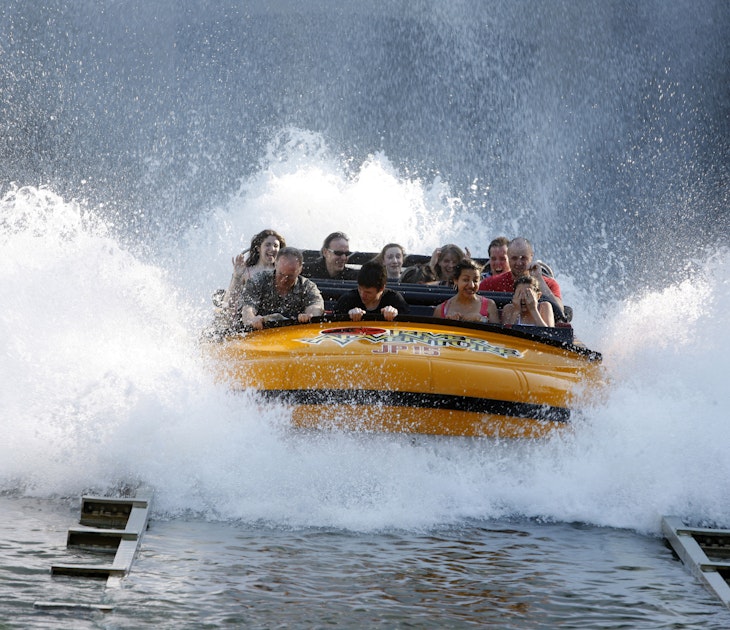
Apr 14, 2024 • 6 min read
Florida is famous for sun and sand, but for many families it's all about the theme parks. Here's our pick of the best theme parks in the Sunshine State.

Apr 3, 2024 • 17 min read

Mar 31, 2024 • 7 min read

Mar 28, 2024 • 7 min read

Mar 26, 2024 • 8 min read

Mar 25, 2024 • 6 min read
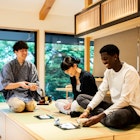
Mar 23, 2024 • 7 min read

Why Should You Visit Japan?
Japan offers a unique and exciting experience to visitors. It is a country full of history, culture, and beauty that you won’t find anywhere else in the world. From ancient temples and shrines to modern cities filled with skyscrapers – Japan has something for everyone. Whether you’re an art enthusiast looking to explore the wide array of museums or a foodie wanting to sample all kinds of delicious cuisine, Japan has it all! The people are friendly and welcoming as well, making this destination ideal for anyone who wants to have an unforgettable trip. With its unique blend of old-world charm and modern amenities, there’s no doubt that visiting Japan should be on your travel bucket list! Here are some reasons why: Firstly, Japan is home to some of the most beautiful natural scenery in the world. From towering mountains covered in snow year round to serene lakes surrounded by lush greenery – you will never run out of breathtaking sights during your stay here. Plus with so many national parks scattered around the country – it makes exploring these areas easy! There’s also plenty of beaches along the coastlines where you can relax while soaking up some sun or take part in water sports like surfing or snorkeling.
If you’ve ever been curious about visiting Japan, let us be the first to tell you that it is an amazing place! With its unique culture, breathtaking natural beauty, and remarkable food scene – there’s no shortage of reasons why you should visit Japan. Here are just a few of them: 1. Explore Japanese Culture: From traditional festivals like the Gion Matsuri in Kyoto to modern-day marvels such as Tokyo’s Robot Restaurant and Osaka’s Universal Studios Japan park – there’s something for everyone when it comes to experiencing Japanese culture. Whether you want to try on a kimono or take part in a tea ceremony with a Geisha master – the possibilities are endless! 2. Unique Cuisine: Sushi lovers rejoice; this country has some of the freshest seafood available anywhere in the world! But if raw fish isn’t your thing, don’t worry – there is still plenty more delicious cuisine available in Japan. From ramen noodles to okonomiyaki pancakes – these dishes will tantalize your taste buds and have you begging for more. 3. Enjoy Natural Beauty: If city life isn’t really up your alley then rest assured that Japan has plenty of outdoor activities waiting for you too! Take a hike through one of its many mountain ranges or go snorkeling off Okinawa Island – whichever way you choose to explore Mother Nature here; she won’t disappoint! 4 .
10 Reasons Why You Should Visit Japan
Why you should visit japan essay, reasons not to go to japan, 5 reasons to visit japan, i have always wanted to visit japan, what is special about japan, why should you visit tokyo japan, 10 reason why you must visit japan.
If you’ve ever wanted to visit a place that is both exotic and familiar, then Japan should be at the top of your list. With its unique culture, stunning landscape and delicious cuisine, Japan offers so much for travelers. Here are 10 reasons why you should plan a trip to this fascinating country: 1. Incredible Food – From sushi and ramen to tempura and yakitori, Japanese cuisine is renowned around the world for its deliciousness. Eating out in Japan can be an unforgettable experience as there are so many different dishes to try! You won’t want to miss out on trying all the amazing food available here. 2. Beautiful Landscape – Whether it’s cherry blossoms blooming in spring or snow-capped mountains during wintertime, Japan has some of the most beautiful natural scenery in the world. The breathtaking views will make you never want to leave! 3. Rich Culture & History – Japan has been home to various cultures over thousands of years which makes it such a unique destination for visitors who want learn about history first-hand. . There’s plenty of temples and shrines that provide insight into how people lived centuries ago too! 4. Shopping Galore – If shopping is your thing then Tokyo is definitely worth visiting as it’s filled with department stores selling everything from electronics gadgets right through designer fashion items – something truly special awaits everyone here! 5 .
If you’re looking for a unique and unforgettable travel experience, look no further than Japan. From ancient temples to modern neon-lit cities, the Land of the Rising Sun offers something for everyone. In addition to its rich cultural heritage and stunning natural beauty, there are plenty of reasons why you should visit Japan. First off, Japan is home to some incredible historical sites that will take your breath away. You can explore breathtaking shrines like Kiyomizu-dera Temple in Kyoto or Kamakura’s iconic Great Buddha statue. Plus, if you have an interest in samurai culture then be sure to check out Himeji Castle which is one of the few remaining castles from this era still standing today! With so many incredible sights on offer it’s easy to understand why people flock from around the world just to get a glimpse into Japan’s past. Not only does Japan boast impressive historical attractions but also has amazing modern marvels too! Head over Tokyo and explore Akihabara district where technology reigns supreme with all kinds of gadgets available at every turn! Or visit Osaka’s Universal Studios which is packed full of thrilling rides and entertainment fit for any age group. No matter what kind of adventure you seek in life, chances are high that you’ll find it here in Japan! Finally, food lovers rejoice as Japanese cuisine is renowned across the globe!
If you’re considering a trip to Japan, there are some important factors to consider before taking the plunge. While Japan is an incredibly beautiful and fascinating destination with much to offer, it also has its downsides that should be taken into account when making your travel plans. Here are just a few reasons why you may not want to go to Japan: 1. Cost: Visiting Japan can be expensive due to the high cost of living in the country. Accommodation prices tend to skyrocket during peak season, while food and transportation expenses can add up quickly as well. This makes it difficult for budget travelers looking for an affordable vacation spot. 2. Language Barrier: English is not widely spoken in Japan and most signs are written in Japanese, which could make navigating around tricky if you don’t know at least basic phrases or words in the language yourself. If this is going to be an issue for you then it might be best to stick with somewhere more accessible like Europe where English tends to be more common than other languages. 3. Cultural Etiquette: Japanese culture has very strict rules about etiquette that must always be adhered too – from bowing when meeting someone new, removing shoes indoors and being sure not talk too loudly on public transportations or streets- so visitors need take extra care if they don’t want offend anyone unintentionally!
Japan is one of the most unique and fascinating countries in the world, with a rich culture and history, beautiful landscapes, and delicious cuisine. If you’re looking for an unforgettable experience that combines all these things, then Japan should be at the top of your list. Here are five reasons why Japan should be your next travel destination: 1. World-Class Cuisine – Japanese food is renowned for its high quality ingredients, precise preparation techniques, and exquisite flavors. From sushi to ramen to tempura dishes, there’s something for everyone! Plus, many restaurants offer vegetarian options as well as traditional Japanese fare. 2. Rich Culture & History – From ancient shrines to modern cities like Tokyo or Osaka, Japan has been home to many empires over the centuries. Exploring this incredible country allows you to learn about its past while appreciating its present beauty and diversity. 3. Unique Landscapes – With towering mountain ranges in the north and lush forests in the south (not to mention plenty of beaches!), there’s no shortage of spectacular scenery across Japan’s four main islands: Honshu , Hokkaido , Kyushu , Shikoku . Whether you want an active outdoor adventure or a peaceful nature escape – it can all be found here!
If you are like me, and have always wanted to visit Japan, then you know that this destination offers a wealth of cultural experiences. As the birthplace of some of the world’s most iconic cuisine, fashion trends, art forms, and entertainment venues, there is no doubt that a holiday in Japan will leave an unforgettable impression on any traveler. From its stunning natural beauty to its vibrant cities and rich history, there is so much to explore in Japan. Begin your Japanese adventure by visiting Tokyo – one of the largest metropolises in the world offering stunning cityscapes amidst bustling streets filled with neon lights and modern architecture. Take time to stroll around Harajuku or Akihabara for unique shopping opportunities or head over to Ueno Park for cherry blossom viewing during springtime. Be sure not too miss out on trying traditional dishes such as sushi and tempura while visiting Tokyo! After spending some days exploring Tokyo’s attractions, don’t forget about other major cities like Kyoto which houses impressive temples such as Kiyomizu-dera Temple or Osaka where amazing food can be found at Dōtonbori district – all perfect for sightseeing! A trip to Hiroshima should also be included in your itinerary; here you will find many monuments dedicated to peace accompanied by breathtaking views along Miyajima island nearby.

Credit: www.chaptertravel.com
Japan is a truly unique nation with a rich cultural history and many interesting features that set it apart from the rest of the world. From its beautiful traditional architecture to its fascinating cuisine, Japan has something special for everyone. Here are some of the reasons why Japan is so special. First, Japan’s culture is incredibly diverse and vibrant. The country boasts an ancient tradition of art, literature, music and theater that dates back centuries; these forms of expression continue to be cultivated today through festivals, exhibitions and performances throughout the year. Additionally, there are numerous religious practices in Japan such as Shintoism and Buddhism which contribute to its spiritual atmosphere. In addition to this religious diversity, modern day Japanese society is also very inclusive; gender roles are much less rigid than other countries making it possible for both men and women to pursue their professional dreams without fear or discrimination based on their sex or beliefs. Second, Japan has some incredible natural wonders. From majestic volcanoes like Mt Fuji to breathtaking beaches along its coastline – there’s no shortage of awe-inspiring landscapes in this country! Not only does it offer picturesque views but also plenty of opportunities for outdoor activities ranging from skiing down snowy slopes in Hokkaido during wintertime all the way up camping outdoors under starry skies at night during summer months in Okinawa! Thirdly, Japanese cuisine deserves special mention because few other nations have dishes as delicious or varied as those found here!
If you’re looking for an exciting and unique travel experience, then Tokyo should be at the top of your list. There are so many reasons why a visit to Tokyo is worth it – from its modern culture and vibrant nightlife to its ancient temples, shrines, and gardens. Here are just some of the reasons why you should visit Tokyo: The Culture: From traditional customs like tea ceremonies and kabuki theater to cutting-edge fashion trends, there’s something for everyone in Tokyo. The city has a rich cultural heritage that can be experienced through festivals, museums, galleries, shopping districts and more. It’s also one of the most diverse cities in the world with people from all over coming together to make this amazing metropolis their home. The Food & Drink Scene: If you love food (who doesn’t?), then you’ll adore eating your way around Tokyo! From Michelin-starred restaurants serving up exquisite cuisine to street stands selling delicious snacks like takoyaki or okonomiyaki – there’s something here for every palate. And don’t forget about Japan’s famous sake bars where visitors can sample different varieties of rice wine while learning about Japanese brewing traditions. The Shopping Variety: Whether you’re looking for high-end designer brands or quirky vintage finds – Tokyo has it all!
If you’re looking for an incredible travel destination, Japan should be at the top of your list. From its ancient cultural traditions to modern-day comforts, there’s something for everyone in this vibrant country. With centuries-old temples and shrines, pristine beaches, delicious cuisine and bustling cities full of shopping and entertainment options, Japan has it all! Plus with a fascinating history spanning many dynasties, exploring this unique culture is sure to leave you feeling inspired. Whether you’re interested in outdoor activities or prefer relaxing indoors, Japan offers plenty of exciting experiences that will make your trip unforgettable. So why not consider booking a visit to beautiful Japan? You won’t regret it!
Izumi Kenta
Hi, I’m Izumi Kenta from Japan. By profession, I worked as a tourist guide and interpreter in Japan. Besides this profession, I’m a hobbyist blogger. I love to talk about different things about Japan and share them with a wider audience who wants to know about my country. To share my thoughts, I’ve created this site Visitjapan and brought some Japanese travel enthusiasts and tourists worldwide to share their experiences.
2 thoughts on “ Why Should You Visit Japan? ”
Rather useful phrase
I consider, that you are not right. Write to me in PM, we will discuss.
Leave a Reply Cancel reply
Your email address will not be published. Required fields are marked *
Save my name and email in this browser for the next time I comment.
Recent Posts
Why Does Japan Have So Many Earthquakes? Discovering the Secrets Behind Japan's Seismic Activity
Japan is a country that is known for its frequent earthquakes. The question of why Japan experiences so many earthquakes has intrigued scientists and researchers for years. In this article, we will...
Unlocking the Secrets: Kobe Beef Price per kg Revealed!
Unlocking the Secrets: Kobe Beef Price per kg Revealed! Understanding the Factors Affecting Kobe Beef Price per kg Kobe beef, renowned for its exceptional quality and flavor, is a delicacy that...

What’s It Really Like to Travel Japan?
Adventurous Kate contains affiliate links. If you make a purchase through these links, I will earn a commission at no extra cost to you. Thanks!

How do I even begin to describe what it’s like to travel in Japan?
It is an experience . It surrounds you. Every moment of every day is filled with new discoveries and cultural difference and utter delights. I can’t describe it beyond that, but everyone who has been knows exactly what I’m talking about.
If there were a word to describe Japan as a whole, it would be reverent. This is a nation where every action displays a culture of deference, respect and obedience. It encompasses daily life.
Some examples?
Reverence of food. The food here is prepared and delivered with such deep respect and meticulous care, even in fast food joints. Anything else would be anti-Japanese. I didn’t have a single bad meal in Japan.
Reverence of manners. Japan has a longstanding reputation of politeness. One place where this was most evident was on trains. Whenever a conductor entered a car, he would enter and exit the car with an energetic yet crisp bow before attending to passengers.
Reverence of nature. Nature receives the utmost respect here, and you’ll often find that everything from architecture to food plays into an overall respect of the natural environment of Japan.
Reverence of rules. Japan is a rules-based culture. There are lots of written and unwritten rules – the Japanese wouldn’t dream of throwing recyclables in the trash, or acting rude to a stranger, or dressing like a slob. The list of taboos here is extensive.
Yes, most than anything else, it’s reverence that defines Japan. But beyond that, here are a few of the idiosyncrasies I noticed in the Land of the Rising Sun:

English is used for style, not function.
See English lettering somewhere? Chances are it’s not used for the purpose of communicating with non-Japanese speakers. Again and again, I noticed that English was used for little more than decoration.
On my first night in Tokyo, I was looking for a restaurant in a mall and I was delighted to find a pamphlet emblazoned with Mall Directory in ornate script. I opened it up…and it was all in Japanese. The English was just used for stylistic purposes.
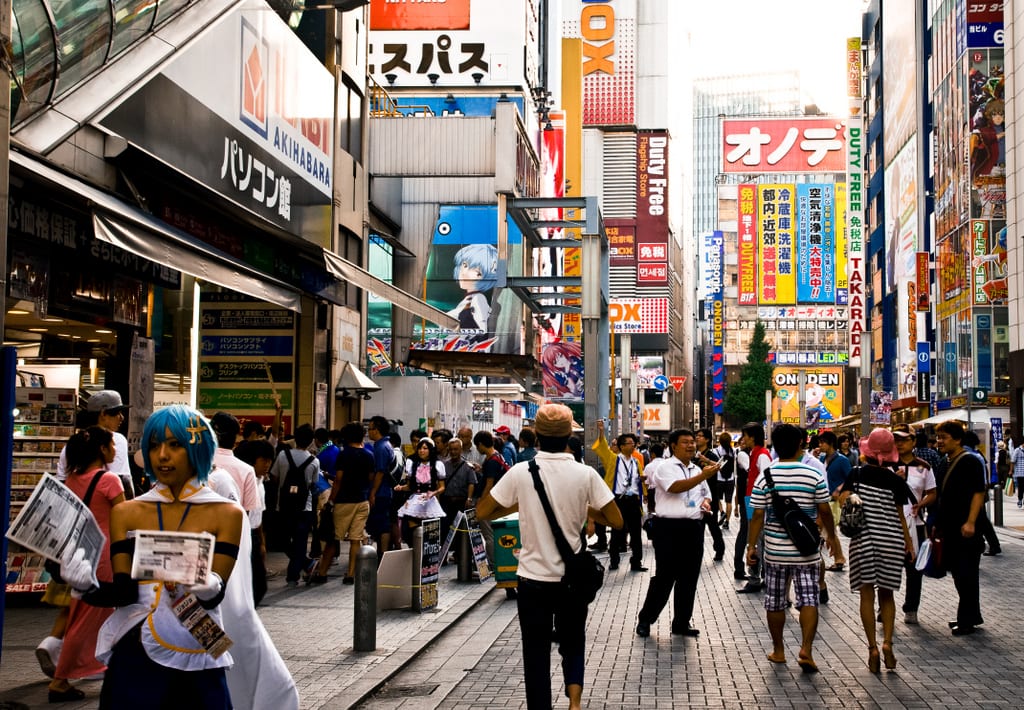
Sex is overt — except when it’s not.
If there’s any neighborhood you must visit in Tokyo, make it Akihabara. I planned to check out the electronics stores, seeing the newest innovations years before they hit the western market.
Instead, I found myself in the center for otaku (super-geek) culture. Electronics stores held court next to porn shops, crammed with sex toys and hentai (anime porn) comic books. Arcades were filled with nipple-baring figurines in sexual poses as prizes. Throughout the neighborhood, girls dressed as sexy maids advertised their cafes.
Now — the strange thing is that actual sex is kept under lock and key. While seeing men reading porn on the subway is a common occurrence, you wouldn’t see a couple making out and borderline dry humping in Tokyo. You barely saw people even holding hands. As I mentioned in my geisha post , there are clear boundaries between actual, consensual, conventional, relationship-based sex and just about everything else.

It’s not as expensive as you think.
Japan has long held a reputation as being one of the most expensive countries in the world to visit, with Tokyo holding the crown as one of the world’s most expensive cities.
After my visit, I think that reputation is a bit undeserved . Two things in Japan are quite expensive: lodging and long-distance transportation. But beyond that, prices aren’t that bad. I’d compare them to prices in London, Paris or New York.
Food, in particular, can be done on the cheap. Almost all of our meals cost less than 1000 yen ($10). My splurge meals actually weren’t that painful – I had a seafood feast in Kyoto for 3500 yen each ($35), a Kobe beef lunch in Kobe for 2950 yen each ($29.50), and a selection of sushi at a nice sushi bar in the pricey Tokyo neighborhood of Ginza – plus sake – for about 2100 yen ($21).
Subway rides in Tokyo cost 100-200 yen each ($1-2). Vending machine beverages cost 80-200 yen ($0.80-2). I even bought a Kindle Paperwhite from a discount camera shop in Shibuya for 8200 yen ($82) when it currently retails on Amazon for $139 !
I found Japan to be much cheaper overall than Australia or Switzerland, countries where everything is expensive.

Food is theater.
One night in Kyoto, my new friends Michael from the Deep Kyoto blog and his girlfriend Miu took me out for a seafood feast at a fun, wild and cheap seafood restaurant called Asahi Suisan . Halfway through our meal, a badass fishmonger (and the most muscular Japanese guy I’ve ever seen) brought out an enormous bluefin tuna and butchered it with gusto to cheers throughout the restaurant and squeals from a table of nearby girls.
And while he did it, video played in the background of the same fishmonger on a reality show in Japan, competing for his region in the field of tuna butchering!
It was a fabulous night of entertainment and it was another side of seeing how reverent the Japanese are toward the preparation of food.
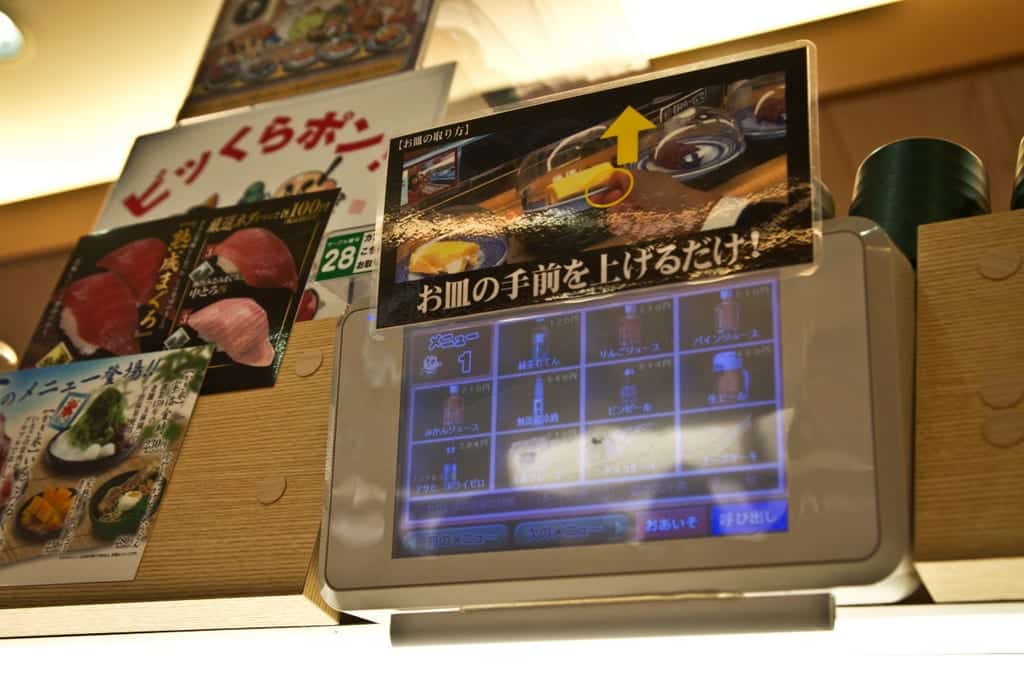
Everything is marvelously efficient.
One of the greatest performances was when my nozomi train to Kyoto pulled in. A fleet of women dressed in salmon uniforms, down to matching sneakers (!), entered the car and performed identical movements, taking out the trash bags and turning the seats around to face the other way, preparing them for the next influx of passengers.
In Japan, I would constantly think to myself, Oh. That makes sense . In the West, when presented with a more efficient solution, people would give reasons why not to implement it — that doing so would cost too much time or money that could be spent elsewhere. In Japan, they just do it, no questions asked.

The best-dressed women in the world live in Tokyo.
Sure, Italian and Parisian women dress beautifully, and London and New York women have a lot of style, but it’s nothing like the women in Tokyo. From perfectly tailored short dresses to their understated but highly functional designer flats, I gawked at the fashion in Tokyo.
Where to Stay in Tokyo: Best Areas and Accommodation

Kimonos are still very much worn.
I had the idea that Japanese women only wore kimonos for special occasions or times when traditional wear was best. Well, that’s not the case — I saw plenty of kimono-clad women (and men wearing the more plain yakuta ) throughout Tokyo and Kyoto!
In Kyoto, some temples allow women in for free if they’re wearing a kimono. That will actually save you a fair amount of cash, as most Kyoto temples charge around 400-600 yen ($4-6) entry. But in other cases, they’re simply what is worn for formalwear. I would love to get a formal kimono of my own someday.

Japan is HOT!
I thought August would be the perfect time to travel through Japan, with nice summer sunshine – no way, Jose! It gets unbearably hot with very high humidity. People in Kyoto actually walked around with towels around their necks to mop up their ever-dripping brows.
It’s too bad, because the heat put a damper on a lot of our sightseeing in Kyoto in particular, when I was visiting lots of outdoor temples.
While I was in Tokyo, the mercury actually hit 42 C (106 F), breaking records. People told me again and again that I was traveling at the worst time possible. My advice to you? Visit Japan in the spring or fall if you can.

Japanese toilets really are that amazing.
Believe it or not, those fancy Japanese toilets with all the push buttons aren’t only found in luxury establishments. You’ll even find fancy Japanese toilets at cheap ramen joints and Starbucks. Once you figure out which button performs the “rear cleansing”, you’ll never go back.
Incidentally, Japanese women take longer in the bathroom than anyone I’ve ever met.
These facts may or may not be related.

Cute rules.
You know all about Hello Kitty — but there’s so much cutesiness throughout Japan! Mascots for everything from companies to products often involve little furry cartoon characters holding hands and playing together. Cute little tunes, the kind you’d expect on a children’s show, play throughout Japan as well.
One might start thinking about the psychological implications of that – the Japanese work so hard that they enjoy their childhood wherever they can — but I just found it fun to bop along with the little animals.
Everyone is incredibly helpful.
Do you look lost? You won’t be for long. Japanese people are exceedingly helpful and even if they don’t speak English, they will drop everything to help you find your way.
I first noticed the exceptional level of helpfulness when I entered an electronics store. I asked about Kindles and the man replied that they didn’t have any, but another store might, and he’d be happy to give them a call and check.
This wasn’t another branch of their stores – this was a competitor. And he offered to call them for me. In the US, the most I would get from a salesperson would be, “You could try Best Buy.”

Japanese people love to photobomb.
Do they EVER love to photobomb!
But what is the single most shocking aspect of all?

You turn into a Japanese tourist.
Ah, Japanese tourists. The older ladies are decked out in visors and Keds, the teenagers with cameras worth thousands of dollars, the groups being led around by an umbrella. I squeezed through huge Japanese crowds on my way to class in Florence each morning, as they took up entire piazzas on their own.
And the Japanese tourists take pictures of absolutely everything .
Well. You know what I took pictures of in Japan? Toilets. Trash cans. Vending machines.
Yes, I became a Japanese tourist myself – because everything here really is so different and I couldn’t stop marveling at it all.
I get it now, Japanese tourists. I’m sorry I’ve made fun of you.
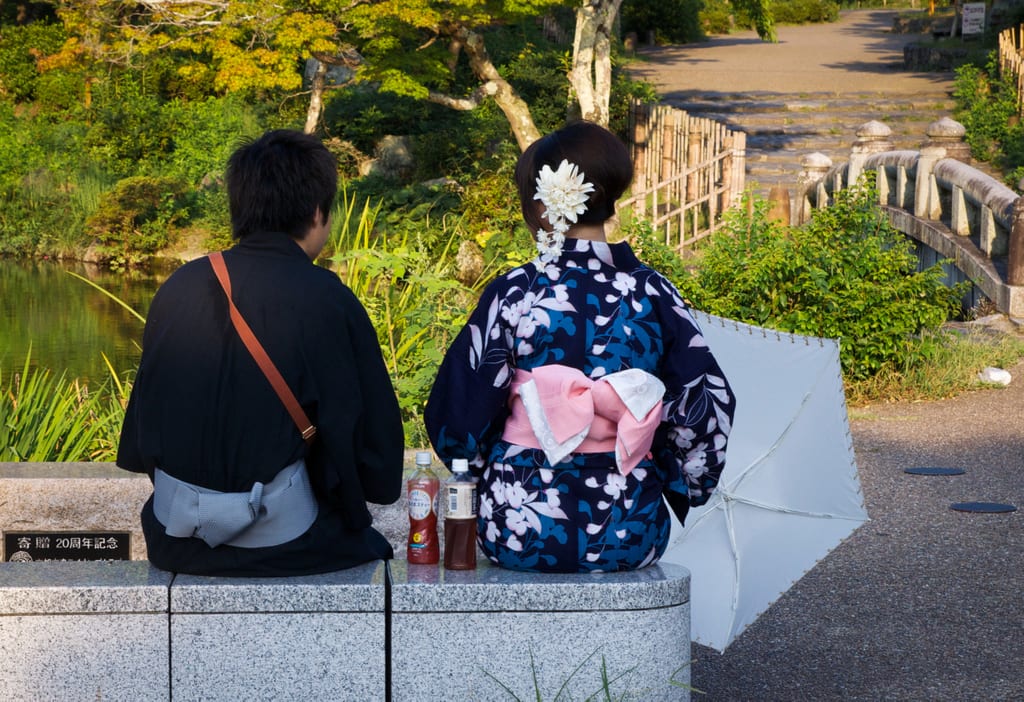
Japan is all-encompassing.
Even though Japan is on the pricier side, I consider it an extremely high value destination. Like Paris and New York, just walking down the street is a fascinating experience in Japan. Every moment, you will be stunned and amazed at the world that surrounds you.
Japan is delicious. Japan is kind. Japan is ridiculously clean. Japan is freaky and cute.
More than anywhere else I’ve been, I feel like Japan is the kind of destination that every traveler must experience at least once in his or her lifetime. I loved my two weeks there and I can’t wait to return.
Just one thing – don’t forget to buy travel insurance before you travel to Japan! I never travel without it and always use World Nomads.
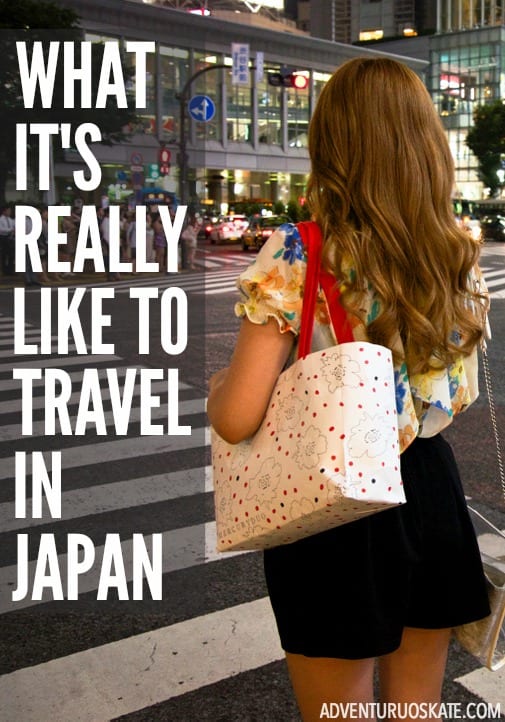
- Media & Industry
- Meetings & Events
- Select Language 简体中文 繁體中文(香港) 繁體中文(臺灣) India (English) Bahasa Indonesia 한국어 ภาษาไทย Tiếng Việt Singapore (English) Philippines (English) Malaysia (English) Australia/New Zealand (English) Français Deutsch Italiano Español United Kingdom (English) Nordic countries(English) Canada (English) Canada (Français) United States (English) Mexico (español) Português العربية Japan(日本語) Global (English)
- India (English)
- Bahasa Indonesia
- Singapore (English)
- Philippines (English)
- Malaysia (English)
- Australia/New Zealand (English)
- United Kingdom (English)
- Nordic countries(English)
- Canada (English)
- Canada (Français)
- United States (English)
- Mexico (español)
- Global (English)
- Fujiyoshida
- Shimonoseki
- Ishigaki Island
- Miyako Island
- Kerama Island
- Tokyo Island
- Koka & Shigaraki
- Hida Takayama
- Ginza, Nihonbashi
- Beppu & Yufuin (Onsen)
- Ginzan Onsen
- Nagasaki Islands

- Kumano Kodo
- Shikoku Karst
- Amami Oshima
- Hachimantai
- Omihachiman
- Aizuwakamatsu

- Diving in Japan
- Skiing in Japan
- Seasonal Flowers in Japan
- Sustainable Outdoors
- Off the Beaten Track in Japan
- Scenic Spots
- World Heritage
- Home Stays & Farm Stays

- Japanese Gardens
- Japanese Crafts
- Temple Stays
- Heritage Stays
- Festivals and Events
- Theater in Japan
- Japanese Tea Ceremony
- Cultural Experiences in Japan
- Culture in Japan

- Local Cuisine Eastern Japan
- Local Cuisine Western Japan
- Local Street Food
- Japan's Local Ekiben
- Japanese Whisky
- Vegetarian and Vegan Guide
- Sushi in Japan Guide
- Japanese Sake Breweries

- Art Museums
- Architecture
- Performing Arts
- Art Festivals
- Japanese Anime and Comics
- Japanese Ceramics
- Local Crafts

- Scenic Night Views
- Natural Wonders
- Theme Parks
- Samurai & Ninja
- Iconic Architecture

- Wellness Travel in Japan
- Japanese Ryokan Guide
- A Guide to Stargazing in Japan
- Relaxation in Japan
- Forest Bathing (Shinrin-yoku)

- Experiences in Japan
- Enjoy my Japan
- National Parks
- Japan's Local Treasures
- Japan Heritage
- Snow Like No Other
- Wonder Around Japan

- Visa Information
- Getting to Japan
- Airport Access
- COVID-19: Practical Information for Traveling to Japan
- Anime Tourism
- Countryside Stays
- Accessible Tourism
- Hokkaido Great Outdoors
- Scenic World Heritage in Tohoku
- Shikoku’s Nature and Traditions
- Southern Kyushu by Rail

- Traveling by Rail
- How to Travel by Train and Bus
- JR Rail Passes
- Scenic Railways
- Renting a Car
- Sustainable Travel in Japan
- Travel Brochures
- Useful Apps
- Online Reservation Sites
- Eco-friendly Accommodation
- Luxury Accommodations
- Traveling With a Disability
- Hands-free Travel
- How to Book a Certified Tour Guide
- Volunteer Guides
- Tourist Information Center

- Japanese Manners
- Spring in Japan
- Summer in Japan
- Autumn in Japan
- Winter in Japan
- Cherry Blossom Forecast
- Autumn Leaves Forecast

- Japan Visitor Hotline
- Travel Insurance in Japan
- Japan Safe Travel Information
- Accessibility in Japan
- Vegetarian Guide
- Muslim Travelers
- Safety Tips

- JAPAN Monthly Web Magazine
- Arts & Cultures
- Nature & Outdoor
- Festivals & Events
- Insider Blog
- Things to do
- Local Guides
- Food & drink
- Traditional
- Hokuriku Shinetsu

My Favorites
${v.desc | trunc(25)}
Planning a Trip to Japan?
Share your travel photos with us by hashtagging your images with #visitjapanjp
Unforgettable experiences and breathtaking moments
Explore the heart and soul of Japan through curated experiences
Let us guide you deeper into the heart of Japan. Meet apprentice geisha, stay overnight in a temple, raft through an epic gorge, take a private cooking lesson, rock out at a music festival or just relax on a hidden beach; Japan is yours to discover.
Explore by Interest

Destinations
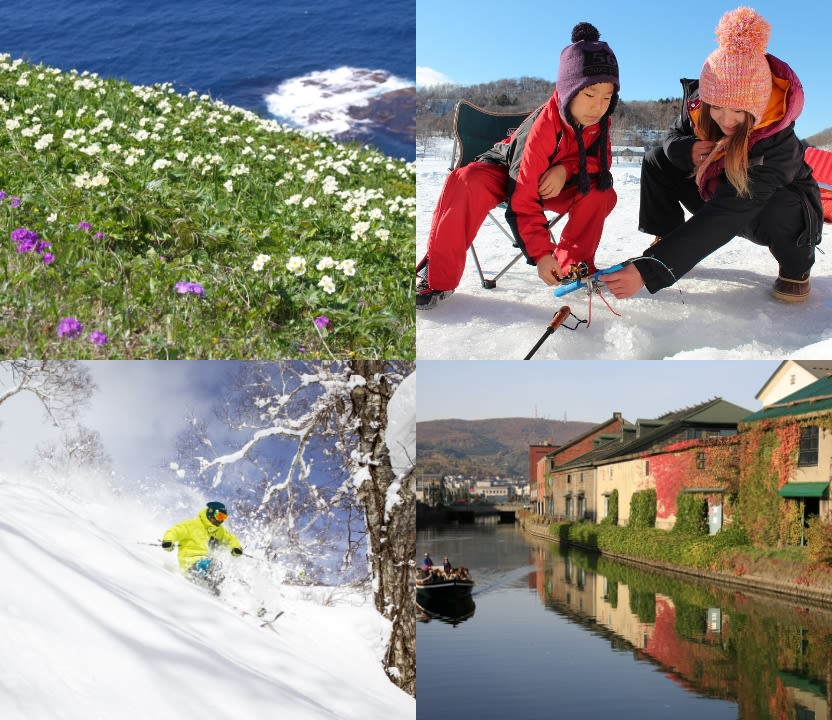
Inspiring Articles
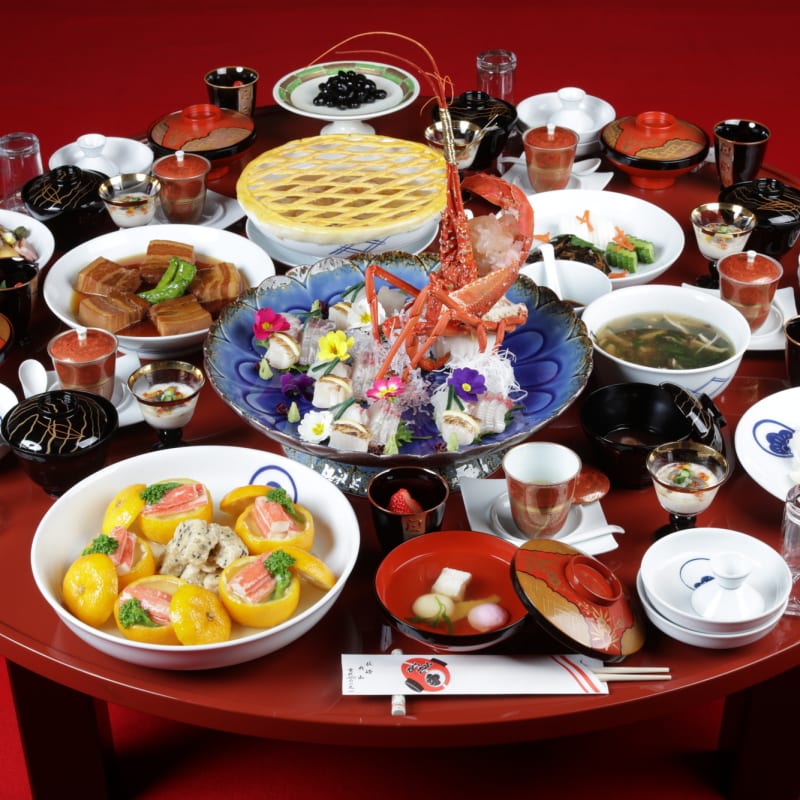
Sake, Craft Beers, and Gastronomy Tourism: Five Extraordinary Explorations into Japan’s Culinary Culture
Japan offers exceptional culinary experiences. It has a rich culinary history and diverse ingredients. Explore these five destinations for a flavorful adventure.
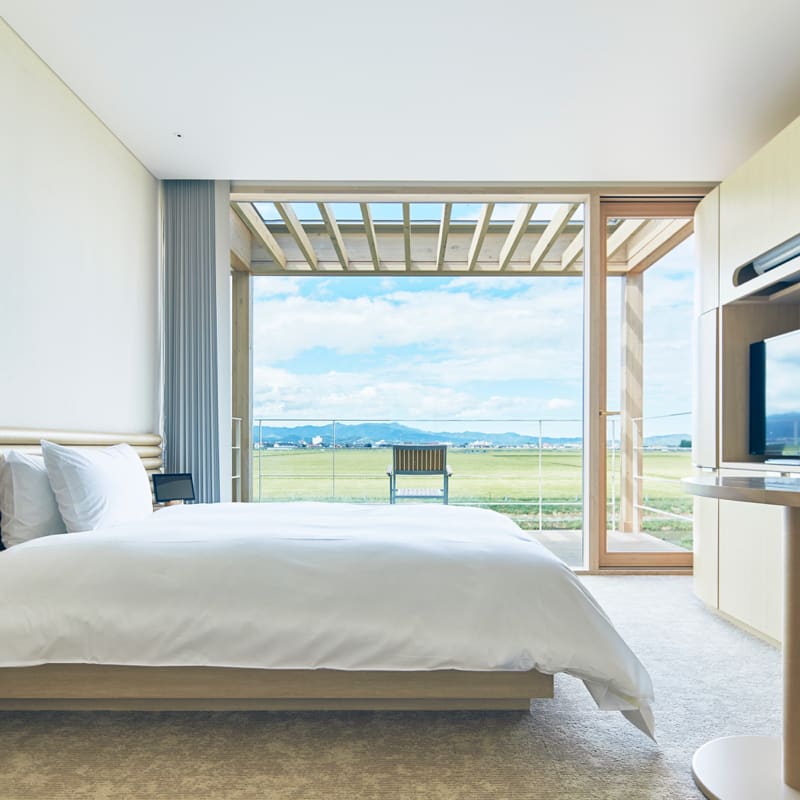
Sustainable Stays: Enhance Your Japan Experience and Have a Positive Impact with Incredible Accommodations
Think globally and act locally while traveling in Japan by booking accommodations supporting cultural heritage, environmental preservation, and sustainable agriculture.
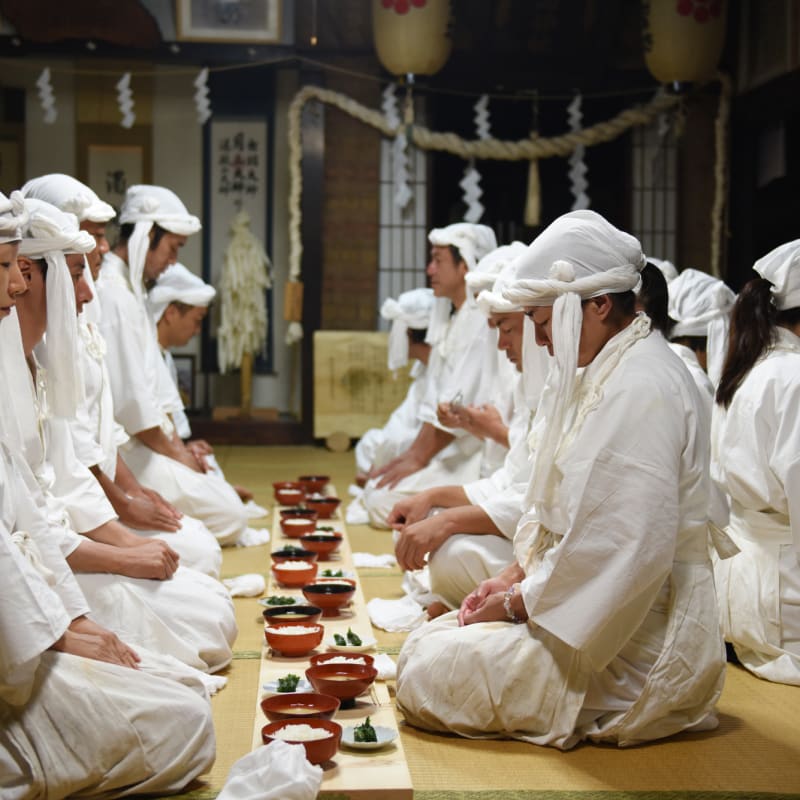
Let Japan’s Spirituality Heal Both Your Body and Soul
Boasting a history of over 2,000 years, Japan is replete with ancient spirits. Take a tour to heal both your body and soul while touching upon this unparalleled culture.
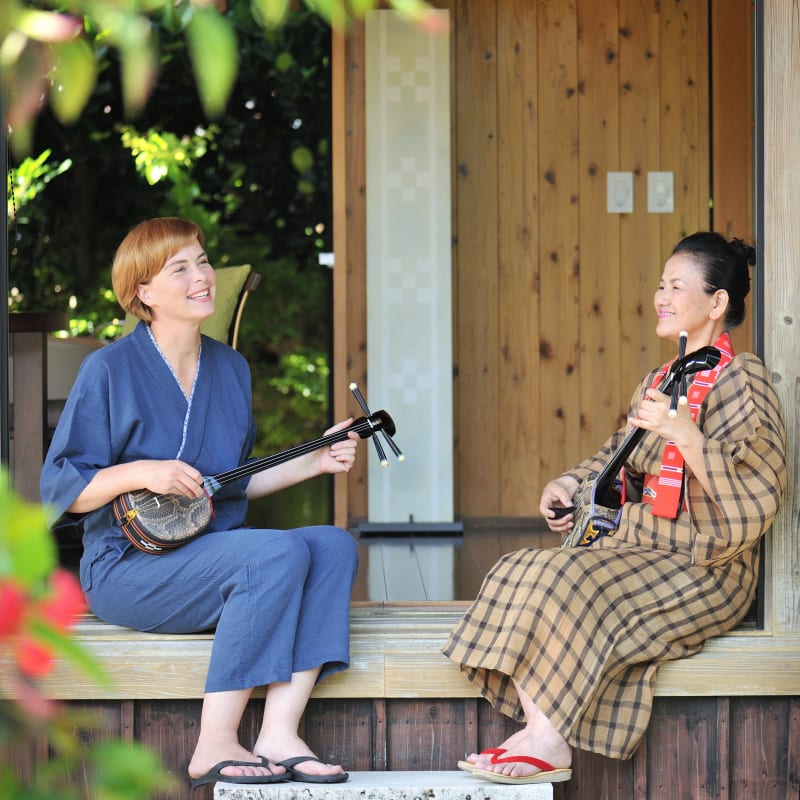
Be Healed by the Warmth and Beauty of Okinawa and its Culture
Whether it’s diving with tropical fish in the deep blue sea, watching a waterfall while dining on local delicacies, or exploring natural habitats housing protected forms of plant and animal life, the archipelago of Okinawa offers travelers a multitude of ways to relax and slow down.

Inspiration Awaits You at Every Turn: Discover the Indelible Art of Japan
The artworks introduced in this article have been curated from all over the world, including Japan, with art enthusiasts in mind. You may find some fresh ideas to enjoy the amazing international art as well as the nature of Japan.
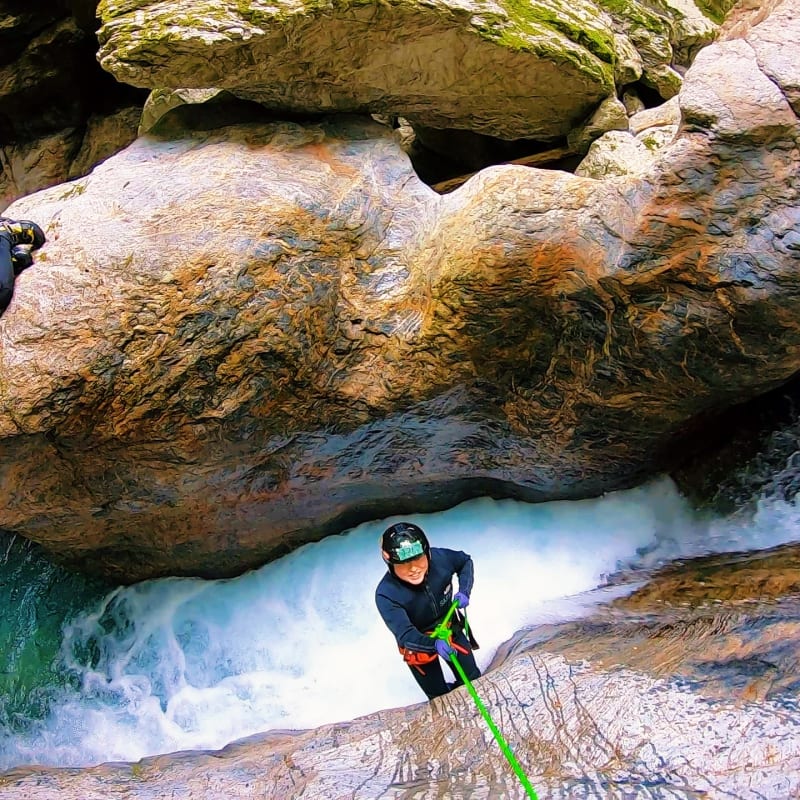
Adventure in Japan’s Great Outdoors and Explore Japanese Culture with 5 Unforgettable Summer Activities
Our Recommendations
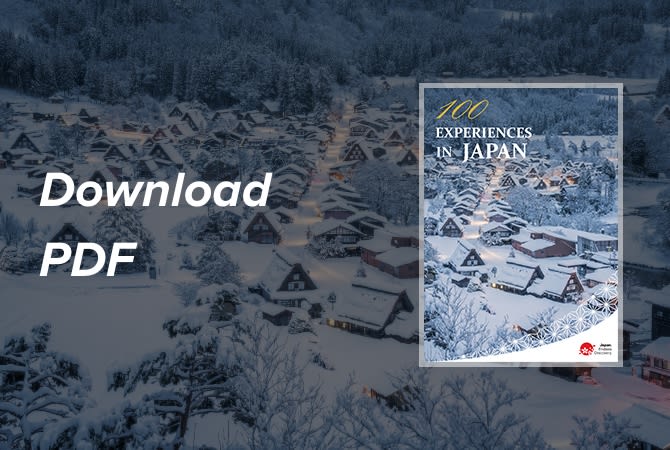
Please Choose Your Language
Browse the JNTO site in one of multiple languages
Japan Essay
Article By: Isaac Goodman-Boyd

I loved Japan before I visited there– loved their video games, TV shows, martial arts, and amazing sword fights. But my only contact with Japan was through the Internet. Reading Japanese comic books (Manga) and watching Japanese cartoons (Anime) are my favorite pastime. So on Christmas day, when my parents gave me a book about Japanese culture, I was happy. When I opened the book and discovered the plane tickets inside, I was ecstatic.
In preparation for the trip, we took Japanese language lessons from a private tutor. By the time the trip rolled around I was eager to practice my new skills.
After landing in Narita airport, our first stop was the Zen Bed and Breakfast in Asakusa, Tokyo. My formal Japanese greeting impressed the owners. In the mornings, we had breakfast with them. I had never had rice and soup for breakfast before. Being a very picky eater, I rarely try anything new. But in Japan, I was determined to try everything. These home cooked breakfasts were the best meals we had on our trip.
In Tokyo, we visited the Imperial Palace. We were only allowed in the public garden but that was enough because it is as big as my neighborhood.
In Akihabara (Electric Town), we went to several arcades to see the latest in video games. My brother and I love these games and we’re pretty good. But we were nothing compared to the insane skill of the Japanese. The weird thing was, most everyone there were adults. My brother and I, two teenagers, were the youngest there.
After Tokyo, we went to Kyoto and stayed in our own town house called a Machaya (old merchants house.) The home was decorated in traditional Japanese fashion. My absolute favorite thing in the house was the bath. This room had a small deep tub, a shower next to it and a drain in the floor. Press a button and the tub automatically fills with hot water. I would shower with soap and cold water, then slowly lower myself into the boiling liquid. Any stress I ever had in my life seemed to melt away.
In Kyoto, we went to Chion-in Temple, which today is the headquarters for the J ` odo school of Buddhism. We passed through the San-mon, a Buddhist temple gate at the main entrance. This is the largest temple gate in Japan but even that couldn’t prepare me for the scale of Chion-in. Meditating in the public prayer space, I thought about how small I am compared to this enormous structure.
Before we knew it, we were back in Tokyo scrambling to see as many sights as we could on our final day. We woke at five A.M. to go to the fish market. My father and I took pictures of the largest fish we had ever seen while my mother and brother ate sushi. Despite my vow to try everything, I couldn’t bring myself to eat raw fish at six in the morning.
After the market, we went to Shibuya (a Tokyo Times Square). My brother went to another arcade while I tried to get my last fill of Japan. The streets were really crowed (Tokyo is very crowed). Despite this, no one was ever rude or angry. Even to American tourists who didn’t know where they were going.
I used to love Japan for its Anime and video games but now I feel a connection to its ancient culture and current society. I look forward to returning when I’m in college.
Dear Reader: This page may contain affiliate links which may earn a commission if you click through and make a purchase. Our independent journalism is not influenced by any advertiser or commercial initiative unless it is clearly marked as sponsored content. As travel products change, please be sure to reconfirm all details and stay up to date with current events to ensure a safe and successful trip.
2 Replies to “Japan Essay”
I loved Japan before I visited there– loved their video games, TV shows, martial arts, and amazing sword fights. But my only contact with Japan was through the Internet. Reading Japanese comic books (Manga) and watching Japanese cartoons (Anime) are my favorite pastime. So on Christmas day, when my parents gave me a book about Japanese culture, I was happy. When I opened the book and discovered the plane tickets inside, I was ecstatic.
ok it was funny not like a formal article
Comment on this article Cancel reply
Save my name, email, and website in this browser for the next time I comment.
This site uses Akismet to reduce spam. Learn how your comment data is processed .
Subscribe to our Newsletter

How to Plan a Trip to Japan: a Step By Step Guide
By: Author Kris
Posted on Last updated: December 6, 2023
Wonder how to plan a trip to Japan? If you don’t know where to start, or how to plan a trip to Japan, you have come to the right place.
Planning a trip to Japan, a country with a completely different culture, an unintelligible language, and several stretched-out megacities, can be a little overwhelming.
But let me reassure you immediately, it is very easy to travel independently in this country.
Japanese are welcoming, helpful, and well-organized. You will find yourself at home in this country in no time.
In this Japan travel blog post, we will explain step by step how to get started with your Japan trip planning.
We share a lot of travel tips for Japan, how to get to the country of the rising sun, where to stay, all of the best things to do for first-timers, and everything else you need to know to craft a perfect holiday.
We have some example itineraries to get you started, we will cover what to pack and the best travel time.
We also mapped some things against a timeline so you know how far in advance you should take care of some of the more important things.
This step-by-step guide is also handy if you are only planning a trip to Tokyo, Kyoto, or Osaka.
Ready? Let’s start working on this amazing Japan trip!
There is a really good chance that this post contains affiliate links. If you click one of them, we may receive a small commission (for which we are deeply grateful) at no extra cost to you.
Table of Contents

When to Visit Japan
A good item to start your planning with is to record your travel period. Once you’ve decided on a certain period you can start looking for flights.
Below is an overview of the different seasons in Japan with the pros and cons of each season.
Best Time to Travel to Japan
Japan is a long and narrow, stretched-out country. It has a mountainous region in the North that attracts skiers in winter. The Southern island of Okinawa is a popular beach location and scuba divers are raving about its untouched colorful underwater world.
The most popular tourist hotspots of Tokyo and Kyoto are located between those two regions.
The best time to travel to Japan obviously depends on your interests and the region you want to visit.
The best time to travel to Japan for first-time visitors who want to see the highlights of the country is Spring and Autumn.
We would advise against traveling in summer because the cities are very hot and humid in this season.
The Sakura is a bonus of traveling in Spring, the cherry blossoms are an attraction in and by themselves.
Here are some more details about the different seasons.

Spring is an excellent season to visit Japan. Certainly, if you can arrange your plans to coincide with the so-called Sakura, the famous cherry blossoms.
The cherry trees start blooming in the South of Japan and gradually transform the entire country into a colorful floral display.
The northern peninsula of Hokkaido is the last to showcase its beautiful colors.
It’s difficult to predict exactly when the flowers will bloom.
You can check the predictions and forecasts on the site of the Japanese tourist board and the Japanese Meteorological Corporation. The predictions become more accurate as the date approaches and they’re not really useful at this stage of your travel planning.
The period can vary a few weeks every year. It’s best to plan your trip across the country in a southerly direction. It guarantees that you will see the blossoms at their best in at least one location.
We witnessed this glorious natural phenomenon in Tokyo , Kyoto, and Osaka. The cherry blossoms attract huge numbers of people all over the country, the Japanese even organize Hanami in the parks. (A Hanami is a flower-viewing party)
You can see cherry blossoms all over the world, but the atmosphere in Japan during this time of year is one you won’t find anywhere else.
The Sakura blossoms draw in large crowds, so this is a busy and somewhat more expensive time to travel to Japan.
Right after the Sakura Season is another busy travel week, the “Golden Week”. It is formed by 4 national holidays, the first of which is Emperor day on April 29. The other days are Constitution day on May 3, Greenery day on May 4, and Children’s day on May 5.
Many Japanese take advantage of this period to explore their own country, which makes the popular tourist attractions much busier than usual. This, in turn, causes the hotel rates to increase as well.
Temperatures will range from 15 degrees Celcius to 25 degrees Celcius. In March and April, you may experience an occasional shower, during May it starts raining more often and more heavily.
Insider tip: Did you know that we also have a travel planner that you can download and use for your trip planning? Check out our Japan travel planner ! This document will help you plan your trip smoothly.

Summers in Japan are warm with temperatures that often exceed 30 degrees Celsius. The humidity makes the wind chill even higher and unenjoyable if you’re not used to tropical climates.
The cities are always crowded and the combination of this bustling activity and such a high temperature can make exploring these concrete jungles unpleasant during this season.
June and July statistically know the most rainfall. This applies to most of the country, only the northern peninsula of Hokkaido is mainly spared from the downpours.
The rainy season starts and ends a month earlier in Okinawa where most rainfall is measured in the months of May and June.
It doesn’t rain every day in the rainy season. Some days are dry, while some days have light rain and other days come with massive downpours.
It’s difficult to predict, but as a rule of thumb, one can say that it will rain roughly every other day.
The benefit of traveling through Japan during this time of year is that the popular tourist sites, where otherwise you’d be part of a huge crowd, are much less busy.
Even after the rainy season has come to an end the weather remains hot and humid.
The official typhoon season starts in May, but the typhoons that can disrupt everyday life are most common in the months of August and September.
Only a few severe storms reach the Japanese mainland and the storms are also very predictable. This means that it is not necessary to avoid this period. It’s sufficient to watch the weather forecast to know when you shouldn’t go outside.
That being said, heavy rainfall does have the potential to cripple public transportation, while temples and amusement parks are sometimes closed during strong winds or sudden floods.
Many Natsumatsuri are organized in Summer.
A Natsumatsuri is a summer festival. It’s a cause for Japanese women to get their colorful Yukata out of the closet. Huge crowds gather around the food and drink stalls and watch the fireworks together.
If you’re in Japan during Summer you must definitely join these celebrations.
If you’re not a fan of warm and humid summer weather, you could still always go to Hokkaido. This is the only region with summer temperatures around 20 degrees Celsius (68 degrees Fahrenheit).

Fall is another great time to travel to Japan.
Japan is home to many expansive parks and forests, and the fall colors transform them into a gorgeous and colorful palette.
The fall foliage craze is no match for the popularity of the Sakura but that couldn’t stop the Japanese from giving it a special word: Koyo.
The best period to admire the amazing Koyo colors depends on the weather conditions and the location. Japan is fairly big and the peak period differs significantly between the different regions.
Japan’s official tourism website has an Autumn leaves guide. You can track the Koyo predictions just like you can track the cherry blossoms.
Autumn temperatures start around 26 degrees Celcius. When you visit Japan in October, you’ll normally still be able to enjoy pleasant temperatures that exceed 20 degrees Celsius. During the month of November, the temperature drops below 20 degrees Celcius to 15 degrees Celcius.
Although November is a bit cooler, it still counts plenty of sunny days to enjoy.
This makes both October and November pleasant and comfortable months to travel to Japan.

Winter announces the low season in most parts of Japan. Only Hokkaido, with its many ski resorts, experiences a peak in tourism during this season.
Temperatures in Hokkaido range around 0 degrees Celcius. In central and South Japan it is around 10 degrees Celcius.
Some melting snow may fall in Tokyo during January and February, but the snow typically doesn’t stick around very long.
This is an atypical time to visit Japan, but the country does have some fun things to offer in winter. Great examples are the snow monkeys that you can see bathing in the onsen. You can also visit idyllic villages such as Shirakawa-go that are very enchanting when they’re covered by a layer of fresh snow.
The Japanese brighten up these cold months with various winter festivals featuring ice sculptures and fairytale-like lights. The most famous of those is the Sapporo Snow Festival.
General Do’s and Don’ts in Japan
It is clear that etiquette is still an important element of everyday life to the Japanese. They are some of the most courteous, helpful, and respectful people we’ve come across.
That was one of the aspects that made our trip so unforgettable.
You are certainly not supposed to comply with all their etiquette rules as a tourist, but the least you can do is try to return the favor.
Soaking in an onsen is one thing you absolutely must do while in Japan, but please read a little about basic onsen etiquette before you do.
Also, try your best at learning a little Japanese so you can say thank you and please when the locals help you out when you ever get lost in one of the huge train stations. (it happened to us a few times)
If you’re staying in a Ryokan, something we also recommend, it’s also good to read a little in preparation so that you know what to expect.
A Ryokan stay is an excellent way to experience Japanese tradition but you will enjoy it so much more if you understand the typical customs that come with such a stay.
They will provide you with slippers and a Yukata to wear around the property and Ryokans usually also have an onsen.
Are you afraid to cut a silly figure? Don’t let this stop you from staying a Ryokan and remember that you can always ask the owners about their house rules.
Intrigued by what we write above? Here you can find all our ryokans posts:
- Best Ryokan with private onsen in Kyoto
- Best Ryokans in Osaka
- 20 best Ryokans with private onsen in Hakone
- Best Ryokans in Kanazawa
Different cultures have different eating etiquette and it won’t come as a surprise that Japan also has a number of rules about eating with chopsticks. If there’s one thing you absolutely must remember, it’s that you shouldn’t place your sticks vertically in food, which is associated with death.
Did you come here expecting a list of things absolutely not to miss in Japan? We’ve got that too. Here is our Japan bucket list and famous landmarks you shouldn’t miss !
How Many Days in Japan
There’s no easy answer to this question. As Japan lovers, we recommend that you go as long as possible. 🙂
Japan is a country of contrasts. From the bustling city of Tokyo to the stillness of a Zen garden, from the neon-lit nightlife to the serene beauty of Kyoto. There is enough variation in the various sights so that traveling around Japan isn’t boring or repetitive.
To truly appreciate Japan, and its people, we recommend taking at least two weeks to explore this fascinating country.
We have carefully mapped out 5-day, 7-day, 2-week , and 3-week itineraries specifically aimed at first-time visitors.
If you want to make a city trip, check out Tokyo is the perfect destination for a 4 or 5-day city trip .
And if you have a week you can visit Tokyo and make some side trips to nearby places such as Hakone and Nikko or even Kyoto and Osaka.
Check out this list of example itineraries for various destinations in Japan
Japan Trip Cost
Japan is not the cheapest country to explore but some good planning can save you a lot of money. Hotels will take the largest chunk out of your travel budget. You can save a lot of money by booking these several months in advance.
Transportation is the second-largest cost item. Oftentimes you can save on this by using local discount passes or special tourist passes. The most well-known is the Japan Rail Pass but we also cover other passes on our site such as the Tokyo Metro Pass (Tokyo Subway Ticket) and the Hakone Free Pass .
Food is relatively cheap in Japan. We spent an average of €12 per day per person on food. (That is excluding breakfast which was usually included in our hotel rate)
We go into much more detail about the cost of these 3 items in our Japan Travel Guide .
Your Japan Trip Planning
Once you know when you will be traveling you can start working on your Japan itinerary.
Here we share a complete timeline.
The Timeline for Your Japan Trip Planning
6 months in advance
Book international flights
Get travel insurance Plan your itinerary Check if you need a Visa
About 3 months in advance
Book your Japan Rail Pass Book domestic flights
1 month in advance
Internet in Japan Book Tours and other Fun Experiences
1 week in advance
What to pack
6 Months in Advance
Join our japan facebook group.
Be sure to become a member of our Japan Travel Planning and Tips Facebook group.
The purpose of this group is to help you plan an amazing vacation to Japan.
You can ask questions and exchange tips with fellow travelers.
Cheap Flights to Japan
We recommend that you start looking for flights as soon as your travel dates are fixed. Prices for flights fluctuate continuously and it’s hard to predict when is the best time to buy.
Tickets can be booked one year out until the very last day and over the course of this period, the price follows a stretched-out U curve.
Prices start high to drop gradually to a low point, and from there on they start rising again.
Everybody knows it’s expensive to wait until the very last minute but nobody knows the exact low point.
Usually, this is 4 to 6 months out for intercontinental flights. We recommend tracking the price of your flights before you book.
These days such tracking functionalities are available on all major booking sites (some sites call them price alerts).
You can also use the insights provided by websites such as Momondo to get a clue about what the price will do.

Here are some tips to find cheap flights to Japan
- Use travel comparison sites such as Momondo , Skyscanner , and Kayak to instantly compare the prices on hundreds of sites. Direct flights are almost always more expensive.
- Japan has 2 excellent airlines. Japan Airlines (JAL) and All Nippon Airways (ANA). Both are recognized by Skytrax as 5-star airlines for their outstanding service. You will notice that, because of this award, their flights are often more expensive.
- Chinese carriers often offer rock-bottom prices to Japan with a stop in Shanghai or another Chinese hub. We flew with China Eastern and thought the service was equally good as what we have experienced on many other European carriers.
- Japan counts several airports. Make sure to compare prices to all these airports when you’re looking for flights: Narita and Haneda in Tokyo, Kansai and Itami Airport in Osaka, and Chubu Airport in Nagoya.
- Twice yearly we compare several travel booking sites to see which one offers the best flights. You can check the results here .
Travel Insurance
Flights to Japan are no longer as expensive as a few years ago but they still take a big chunk out of your budget.
That’s why we recommend taking out travel insurance as soon as these are booked.
Insurances only cover accidents that occur after taking out and you don’t want to lose this money in case things suddenly turn awry.
Such accidents happen when you least expect them.
We once couldn’t leave on vacation because one of us slipped on an icy terrace and severely bruised an ankle.
Our travel insurance saved us a lot of money back then because it was a complete family trip that needed to be canceled.
Travel Insurance is something that can be overlooked when you prepare for your vacation.
We were glad we had it back then because, in all honesty, we didn’t always think about it before then.
Since then we always make sure that our travel expenses are covered.
Travel Insurance for Japan
Japan is a safe and civilized country. The country has an excellent healthcare system that is free for most residents but the costs of medical treatments can be extremely high for foreigners.
Drawing up a travel insurance policy may seem expensive at first but it can potentially save you a significant sum, significantly more than the small insurance fee.
We explain what to look for in your travel insurance policy here . Don’t just go with the cheapest option, make sure to look at what’s covered and to what amount. Cheaper policies usually come with low limits which can result in high out-of-the-pocket expenses for you.
Most travel insurance policies are usually aimed at residents of a specific country.
Have a look at what’s available in your country and compare this with what’s offered by SafetyWing and HeyMondo travel insurance.
Both are good and trusted insurance companies and offer really good protection for a very affordable rate!

Passports and Visas
Most people won’t need a visa when traveling to Japan, at the time of writing residents of 68 countries were exempt from a visa for short-term stays .
If you’re a resident of another country, such as China, the Philippines, or Vietnam amongst others, you will need to apply for a Visa before traveling to Japan.
Your passport needs to be valid for the duration of your stay and not longer. It needs to contain one empty page for the entry stamp.
Health Declaration
Currently, everybody who enters Japan needs to have a health declaration. This declaration can be completed online on the Visit Japan Web site. You need to create an account, enter your passport and flight details, and add proof of vaccination (or a recent test certificate).
At the time of writing Japan requires visitors to have at least 3 vaccinations or a test certificate from a test taken a maximum of 72 hours before boarding the flight. (Check the links for the full official guidelines. We always recommend checking the official website as this information can change anytime.)
In the next step, you can add the customs declaration.
This will result in 2 QR codes, one for the health officer and another one to show at customs. the codes will appear at the latest 6 hours after entering the data.
The Japanese government highly recommends using the online application but it is not mandatory. Just having proof of your vaccination or test results is also OK to be allowed in the country.
We recommend using the application as there have been reports of airlines denying boarding passengers without the QR codes. This is overzealous and incorrect on the part of these airlines, but it can give you serious problems.
Plan your travel itinerary
This may be the hardest part of your Japan trip planning but it’s also the most fun and rewarding part.
A good place to start your travel planning is our Japan Guide . This guide contains a mix of inspirational posts about the country complemented by very practical travel information to help you explore the land of the rising sun.
Our articles will keep you busy for several hours. if you still think you miss something have a look at the wide range of books that Lonely Planet has about Japan .
Below is our advice on the things you shouldn’t miss if this is your first trip to Japan.
We have wrapped them up in short here. More on these highlights can be found here .

Japan Highlights – Top Japan Destinations
Tokyo : Japan’s bustling capital is an amazingly fascinating city of which you will never grow tired. You will need 4 to 5 days to get an impression of the various districts. Each district has its own appearance and charm.

9 Best Ryokans in Tokyo With Private Onsen (2024 edition)

Samurai Restaurant, the new Robot Restaurant

Mt. Fuji tour from Tokyo: 9 best tours and tips (2024 guide)

How to use Tokyo’s public transport

10 Best Ryokans in Tokyo You Need To Stay At

10 Best Airbnbs in Tokyo: 2024 Guide

17 Best Onsen Hotels in Tokyo You Need To Stay At

A thrilling Tokyo itinerary for 4 days

Where to stay in Tokyo for the first time?

The Hakone day trip guide that covers everything (2024 edition)

Best Private Mt Fuji Tour: 7 Flexible and Customizable Tours

Planning a Tokyo to Mount Fuji day trip: All you need to know

BEST Tokyo itinerary 7 days suggestions for Tokyo + surroundings

12 best Airbnbs in Tokyo for families in 2024

EPIC Tokyo Itinerary: 5 Days of Unforgettable Adventures

Where to find cheap Robot Restaurant Tickets

The best places to visit in Tokyo

Best sakura spots in Tokyo you don’t want to miss
Kyoto : Kyoto is most tourists’ favorite. Prepare for temples galore, the city counts no less than 1600 temples. 2 days won’t be enough to visit them all but it should be sufficient to see the highlights of Japan’s cultural capital.
You may want to add a third day if you don’t want to feel rushed.

19 Amazing Ryokans in Kyoto in The Best Areas (2024 Guide)

How to find the best Airbnb in Kyoto

15 Best Kyoto Onsen Hotels You Need To Stay At

16 BEST Ryokan with Private Onsen in Kyoto (2024 Edition)

Where to stay in Kyoto: Best areas and hotels for 2024

The BEST Kyoto 2-day itinerary for first-timers (2024 edition)

25 Amazing Things to Do in Kyoto at Night

15 of the coolest hotels in Kyoto

Things to do in Gion at night
Osaka : Osaka is Kyoto’s neighbor. Both cities are just 30 minutes away by train. Despite it being so close many tourists skip Osaka and only visit Kyoto.
We absolutely loved Osaka, it’s also called Japan’s Kitchen, so we strongly recommend reserving 2 days to explore this city.

10 Best Osaka Capsule Hotels You Should Stay At

18 Osaka Hotels With Onsen For A Perfect Stay

Best Osaka Ryokans with Private Onsen (2024 Guide)

How To Find the Best Airbnb in Osaka (2024 Guide)

10 Best Osaka Food Tours For 2024

16 Best Ryokans In Osaka You Need to Stay At (2024 guide)

EPIC Osaka 2-day itinerary: Perfect for first-timers (2024 edition)

Where to stay in Osaka: our best recommendations (2024 guide)
EPIC 1-day Osaka itinerary: Lots of highlights in 1 day

16 BEST things to do in Osaka at night

12 of the coolest hotels in Osaka you have to see
Hiroshima : A city with a dramatic past. We were touched by the stories in the peace museum and also loved nearby Miyajima with its picturesque floating Torii gate and the free-roaming deer.
You can find more info on what to see and what to do in Hiroshima here.
Mt. Fuji : Japan’s iconic volcano is a sight for sore eyes. On clear days the mountain can be seen from the capital but you better not count on that to happen.
In the following articles we explain the best ways to see the mountain with a tour or independently .

Is The Hakone Freepass Worth It in 2024? The Ultimate Guide

14 Amazing Mt Fuji Hotels with Private Onsen

Best Ryokans in Mount Fuji You Need To Stay At

16 Best Hakone Ryokans You Need To Stay At

Hakone 2-Day Itinerary: Epic Hakone Itinerary+ Tips (2024 Guide)

12 Wonderful Airbnbs in Hakone (2024 Guide)

20 Best Ryokan in Hakone with Private Onsen (2024 edition)

The snow monkeys : Being animal lovers this was a true highlight of our trip. The best time to see these cute monkeys is in Winter or early Spring when they’re bathing in the onsen. but it’s also fun to see them in Summer or Autumn. You can visit on your own or join a guided tour from Nagano Station.
Check prices and availability:
Snow monkeys tour GetYourGuide
Snow monkeys tour Viator
Visit an onsen : Living in Japan can be stressful. They have long working hours, a high work ethic, and also something known as Tatemae which means you must be an upstanding, ideal citizen to everyone except maybe your close family. Japanese like to visit an Onsen to find relief after a stressful day. We also enjoyed the warm water after a full day of walking around in the immense cities.

Samurai restaurant : The Samurai restaurant is the new name of the robot restaurant. The robot restaurant was infamous because it was the epitome of Japanese kitsch, you either hated it or you loved it. That is still the case today. Attending this crazy neo-Japanese cabaret show might be one of the highlights of your trip.
Check prices and availability: Samurai Restaurant tickets
Or read our full post about the restaurant here.
Kaiseki dinner : The Japanese kitchen is well-balanced and widely known to provide numerous health benefits. A Kaiseki dinner is Japan’s gastronomy at its best. It’s a multi-course meal made of local fresh ingredients presented in a beautiful pleasing way. It’s a real culinary treat.
Kyoto is a great place to enjoy a Kaiseki dinner. The below-mentioned tour combines a guided walk through Gion with a Kaiseiki diner.
Check prices and availability: Kyoto Evening Gion food tour
A traditional tea ceremony : This is another enjoyable Japanese tradition. It originated in Zen Buddhism and it is bound to strict rules. A lot of places offer tea ceremonies, we suggest doing some homework and not entering the first tea house you pass. Not all ceremonies are equally good.
This is a well-appreciated tea ceremony in Kyoto .
Check prices and availability: Kyoto tea ceremony
Stay in a Ryokan : A Ryokan is a traditional Japanese family hotel. Staying in one can be a real treat as the hosts are usually very accommodating and breakfast and dinner are mouth-watering.
Opt for a small ryokan for the best experience.
The success of Ryokans has attracted larger properties with dozens of rooms but these are nowhere as charming as the small traditional Ryokans where it feels like you’re really a guest staying with the family.
Rent a Kimono : Ideal if you want some great pictures of your trip. Don’t worry that you will stick out, the Japanese put on these traditional clothes for all kinds of festive occasions. We counted loads of Japanese that were taking pictures of the cherry blossoms in their colorful Kimonos.
Here is one address in Kyoto where you can rent a kimono for a day .
Check prices and availability: Kimono rental
Example Japan itineraries
Here are some example itineraries. You can copy them exactly or you can use them as a basis to start with.

Sapporo Winter Itinerary: Enjoy Sapporo in Winter in 2 or 3 Days

What to Do in Hiroshima? Best Activities in 2024

The Perfect 14-Day Japan Travel Itinerary for First Timers

4 Best Japan 7-Day Itinerary Suggestions For First Timers (2024 Guide)

A wonderful Kanazawa itinerary for 2 days

EPIC 3-week itinerary for Japan (perfect for first-timers)

The best Japan 5-day itinerary suggestions for first-timers
Hotels in Japan
Accommodation in the larger cities of Japan can be expensive.
Kyoto takes the cake with prices that can reach $800/night and higher for a standard room in a 4-star hotel in the high season.
Prices in Tokyo and Osaka skyrocket as well in peak season, albeit slightly less.
It’s good practice to be prepared and book your rooms as soon as you’ve got your Japan itinerary fixed.
Don’t be put off by the above prices. If you plan in time and compare different hotels, you can also book very good hotels for quite a bit less. We traveled through Japan during the cherry blossom season, an expensive period to be in Japan, and paid on average €105/night for our hotels.
We stayed in a combination of Ryokans and 3 or 4-star hotels. All were well-maintained and very clean.

Best Booking Sites for Japan
It’s easy to book the hotels for your trip online. These are the sites we used:
Booking.com
Who doesn’t know Booking.com ? What else do I need to say?
Less popular but equally trustworthy is Agoda. It is also part of the Booking.com group. Agoda originated in Asia and it will sometimes show better rates for Asian hotels. We also found some Ryokans on Agoda that couldn’t be booked on Booking.com
Apartments and Houses
Hotel rooms in Japan can be on the small side. Certainly in the megacities of Tokyo and Osaka.
If you’re traveling with children or friends it might be better to look for an apartment instead. We recommend renting through VRBO, Booking, and Airbnb.
And don’t worry, Airbnb is completely legal in Japan.
Here is an overview of the best Airbnb’s in Tokyo. If you are traveling to Tokyo with your family, check out this post.
If you are looking for apartments and houses in Kyoto, click here.
Those that are traveling to Osaka can find a selection of apartments and houses here.

Special Accommodations
We already shortly talked about ryokans in this article, here are some other options for an original overnight stay in Japan.
As written above a stay in a Ryokan, a traditional Japanese family hotel can be a real treat. In a Ryokan, you sleep on a futon on the floor, believe me when I say that it is much more comfortable than it sounds.
Ryokans can be booked on both Booking.com and Agoda.
A Minshuku is very similar to a Ryokan. The term Minshuku is not as widely known as many people probably just refer to these hotels as Ryokans. Opinions differ as to what a Minshuku is. Sometimes you will see it described as a low-budget Ryokan. According to us, it is better seen as a small-scale Ryokan.
All Ryokans used to be small family-run properties but these days you can find some large Ryokans with dozens of rooms. These offer luxurious accommodations with top-notch service but don’t have the homely feeling of what a Ryokan used to be about.
To experience this you have to opt for a smallish Ryokan or a Minshuku.
Very few hotels call themselves Minshuku as not many tourists know this term. Usually, they are also listed on booking platforms as Ryokans.

Temple Stay
Here you will stay at a temple.
The room is comparable to that found in a ryokan.
A healthy vegetarian dinner is usually included in your stay and we suggest you retire early as you’re also invited to participate in the morning prayers that start at 6 am sharp.
You can also enrich your stay with meditation classes offered by Buddhist monks.
Temples that offer temple stays can be found in Kanazawa and Kyoto but the most popular place by far for this experience is Koyasan. We left our temple a little disappointed, it all felt too touristy and not authentic but your mileage may vary.
There are special sites that specialize in temple stays but you will also find these temples on Booking.com and Agoda.
Check prices and availabilty: Booking.com
Check prices and availability: Agoda
Capsule Hotels
Capsule hotels, also known as pod hotels, originated in Japan.
They were originally only aiming at busy businessmen that were looking for a place to crash for a few hours.
Many still only cater to men but some now welcome both genders, still strictly separated in separate parts of the hotel.
The capsules in the hotel are usually the size of a bed with just enough space to sit upright. The capsules are stacked side-by-side and are usually two units high. In the capsule is a small TV and power sockets, all other amenities like toilets and showers are communal.
Over the years capsule hotels have become more popular among tourists, on the one hand for the unique experience but backpackers also love them because they’re cheap.
The tourists were the driver for them to start with Woman sections and Kiba hotel in Tokyo now even has pods with a double beds for couples.
Capsule hotels can be booked on Booking.com and Agoda.
Check prices and availability: Booking.com
Staying in a Machiya can be a unique experience. Machiya are vacation rentals and ideal in case you’re traveling with friends or family. The properties almost always have a full kitchen to prepare your own meals.
What distinguishes a Machiya from a regular holiday home is that they are located inside a traditional townhouse. The townhouses have been restored, respecting all elements of Japanese traditions. Some come with some Western comforts but all have a traditional Japanese interior.
Several Machiya can be found in Kyoto .
What you Should Know When Booking Accommodation
- Rooms in Japan tend to be small. Certainly in the major cities. The less you pay the smaller your room will be. In our experience, the price is a good indicator of the size of the room.
- Regardless of whether we stayed in cheap Ibis or Comfort Inn hotels or more expensive Hilton and Marriott properties, our rooms were always spotlessly clean.
- Capsule hotels will require you to check in and check out every day irrespective of the length of your stay. Your bags will also need to be stored in lockers. Make sure you arrive prepared with all you need for the night in a separate small bag. It’s not really practical if you need to start digging in your suitcase right there.

21 Amazing Hokkaido Ryokans with Private Onsen

Ryokan in Kanazawa: 9 BEST Traditional Japanese Inns To Stay At

15 of the coolest hotels in Tokyo you must stay in (2024 edition)

Getting Around Japan
Now that you know what you will be visiting in Japan it’s time to glue all this together. There are 3 means to get around Japan.
Below is a short summary of the 3 options. Click here for more information on getting around Japan .
The train is by far the most convenient way to get around Japan. It’s also the most popular among tourists. Japan’s train network consists of several companies.
The formerly state-run JR is the largest company and also the one to offer the Japan Rail Pass.
This pass is exclusively available to tourists and is often a good way to save on your transportation.
See further in this article for more about the Japan Rail Pass.
Highway buses offer a cheap alternative to the more expensive trains. Buses are a slower and less comfortable means of transportation but can save a few bucks in your travel budget.
There is a dense network of bus routes operated by several different companies.
Not all companies have an English website, to book buses, it’s best to use the website of Japan Bus Online .
Rental Car or Campers
It’s also possible to rent a car or a van.
While this probably won’t be more affordable than getting around by train it may offer you more flexibility.
Avoid large cities though where your car will be more like a liability than an asset.
Organized tours
These tours are great alternatives if you just won’t succeed to plan your trip or if you rather just enjoy your holiday without needing to worry about all the details.
There is a range of group tours, but there are also tours where you still travel independently according to a pre-organized itinerary.
TourRadar is the place to go for an all-encompassing overview of the available tours.
It is an online marketplace for tour operators.
It shows an overview of all available tours and it avoids having to separately search the website of each tour operator.
You will find tours from popular international household names as well as a broad selection of Japanese niche operators.
They have a very user-friendly website. Several filters allow you to limit the selection to your liking and the reviews can give you a good impression of what to expect from the tour.
Below is an overview of some excellent 5 and 7-day tours that can be found on TourRadar.

How to Choose the Best 7 days Japan Tour Package (2024 Edition)

How to choose the best Japan tour package

Best Self-Guided Tours in Japan: 10 Amazing Tours For 2024

How to choose the best 5 days Japan tour package? (+tips and tours)

3 Months in Advance
Japan rail pass.
The train is a super-convenient way to get around Japan.
I’m a big fan of car rentals as these give you a lot of freedom during your trip and even I made an exception in Japan.
When planning our Japan trip I carefully checked the train schedules and prices and compared this with what it would cost to rent a car.
Renting a car is not cheap, Japan counts many toll roads and fuel prices are on the high side. What won me over is how easy it was to get everywhere with the trains.
Trains aren’t particularly cheap in Japan either but they run on time and even the most secluded stations seem to be serviced several times a day.
That brings us to the Japan Rail Pass , is it worth buying one or not? The answer is, it depends.
Those rail passes are not cheap. It would be a shame if you draw conclusions too quickly and buy one if you don’t need it. The rail pass makes it easier to travel by train but it’s too expensive to buy it only for comfort.
It’s only really worth buying one if you will save on your tickets or if the difference is marginal.
We explain how you can calculate if, and how much, you will save on your tickets in this article . I really encourage you to do the math before you buy your Japan Rail Pass.

Is the Japan Rail Pass still worth it in 2024: Tips and Tricks
Domestic Flights
The efficient Shinkansen that traverse the country in all directions make flights almost unnecessary.
Still, there remain a few locations that are more quickly reached by plane than by train.
Most notable is, of course, Okinawa, an island south of Japan’s main island that can only be reached by boat or plane. Another journey, which is also faster by plane, goes to Hokkaido. The island is north of Japan’s main island. It’s possible to ride the Shinkansen to Sapporo but the aircraft on average cuts the travel time in half.
Japan counts a wide range of low-cost carriers. You have Jetstar, Peach Aviation, Vanilla Air, and Fuji Dream Airlines to name just a few. The prices for the flights are usually very good thanks to this fierce competition.
There’s also no need to book these flights long in advance.
Somewhere between 3 months and 3 weeks in advance should be OK unless you are looking for flights in peak travel periods like Golden Week.
Use travel comparison sites such as Momondo , Skyscanner and Kayak to instantly compare the prices of all the low-cost carriers.
Check what’s included with your ticket. Some low-cost carriers have carry-on only fares, others use 15kg as the standard baggage allowance. (For comparison: Regular carriers usually allow 20-23kg for each piece of baggage).

1 Month in Advance
Staying online in japan.
A local SIM card or a Pocket Wifi device is an invaluable asset if you would like to discover Japan independently.
We did use our phones intensively to avoid getting lost, to find local restaurants, and to check the train or subway schedule.
There is a whole range of other Japan apps that can help you to travel deeper.
We cover the advantages of staying online in more detail in the below articles.
You can choose between a pocket WiFi device and a local tourist SIM card. Both have their pros and cons which we also discuss.

The BEST pocket WiFi rental for Japan (2024 guide)

What’s the best tourist SIM card for Japan (2024 guide)

Tours and other Fun Experiences
Tourism has boomed in Japan and popular attractions can fill up several days in advance. Most notable is Teamlab Borderless where tickets are sometimes sold out several weeks in advance.
To avoid missing out on fun experiences like these it is best to book your tickets well in advance.
In many cases, it will not only give you peace of mind but will also save you a few bucks. Often online tickets are cheaper than the price at the door.
Most activities and tours can be booked with either GetYourGuide or Klook.
Booking Sites for Japan Activities
Here is some information about the booking sites we use most for bookings in Japan.
GetYourGuide
Millions have already booked their tours with GetYourGuide.
What we love about GetYourGuide is its outstanding customer service.
They’re just a call or an e-mail away and will respond quickly and professionally.
Most activities booked on GetYourGuide can be canceled for free until 24 hours in advance which leaves you with enough flexibility in case your plans might change.
Check prices and availability: GetYourGuide
Viator is just like GetYourGuide a middleman that brings tourists in contact with local tour companies. Viator was independent until 2014 when it was acquired by TripAdvisor. It is a reputable company with a wide range of tours, even bigger than GetYourGuide.
If you can’t find what you’re looking for on GetYourGuide, maybe you should check out Viator.
Most activities can be canceled for free until 24 hours in advance. This way you can book your activity knowing that your schedule is still flexible in case your plans need a change.
Check prices and availability: Viator
Klook is a major Asian ticket-booking site aimed at independent travelers.
They offer more activities in Japan than any other booking site. In many cases, tickets on Klook are cheaper than the official prices at the door.
This might have you wonder if Klook is legit. It is!
The site is completely trustworthy, it has already been featured in several reputable business magazines (such as Forbes ) and we have used it, as well as thousands of other users , without any problems.
Not all activities offered by Klook can be canceled 24 hours in advance.
Pay attention to this when booking if your plans are not 100% fixed.
Check prices and availability: Klook

Fun Activities
Here’s a list of things you might consider booking in advance:
Robot Restaurant ( renamed the Samurai restaurant): Tickets online are usually cheaper than at the door. Read our review to see what this show is about.
teamLab Borderless : A very popular experience in Tokyo unlike anything else you have seen before.
Tokyo Skytree : Amazing 360-degree views of Japan’s capital. This ticket allows you to skip the line.
Traditional Tea Ceremony in Kyoto : An introduction to the traditional Japanese tea ceremony.
Ghibli Museum : The Ghibli Museum contains a world-famous collection of art pieces
Sumo Tournament or Sumo Practice : Sumo tournaments are only held 3 times per year. If you can attend one we certainly recommend it. If you are not in Japan during the tournaments it is still worthwhile to attend a practice session.

Amusement Parks
Tokyo Disney and DisneySea : Tokyo Disney is very much like Disneyland anywhere else in the world. DisneySea, on the other hand, is a unique and very well-designed theme park with some amazing rides.
Universal Studios : Another amazing theme park in Osaka. Your ticket includes access to the Wizarding World of Harry Potter and Minion park. To spend your time efficiently you can upgrade your pass to skip the line at 4 attractions or 7 attractions .
Fuji-Q : This theme park is located at the base of Mount Fuji, one of Japan’s famous landmarks. It has some record-holding rollercoasters and several anime-themed attractions.
Airport Transportation
Do you already know how you will get from the airport to your hotel? We definitely recommend that you plan this in advance so that you arrive in the country stress-free.
Here’s more info on how to get to Oska from the airport or on how to get to Tokyo from the airport .
Tokyo Tokyo Narita – Skyliner Express Ticket The N’ex train is covered by the JR Pass. If you have no JR pass this train is a good alternative.
You can also book a private or shared transfer .
Osaka Kansai – Nankai Line rapi:t The JR Haruka is covered by the JR Pass. If you have no JR pass this rapit train from the Nankai line is a good alternative.
You can also use the Osaka Limousine bus or a private or shared transfer .

Discount Passes
Hakone Free Pass A good discount pass to explore Hakone and see Mt. Fuji
Tokyo Subway Ticket (Tokyo Metro Pass) The cheapest option to get around Tokyo (unless you plan on using your JR Pass in the capital). If you pre-order your metro pass it will be ready at the airport and you can use it to get to your hotel.
1 Week in Advance
What to pack for your japan trip.
We’re almost there. It’s time to start packing.
The most important things are of course your passport and an open mind.
Once those are taken care of you can have a look at our Japan Packing List , a handy list that covers everything from the official stuff, to travel gear to make your trip more comfortable as well as what to wear in the various seasons.

Great, you reached the end of this post! I hope this means you’re all done and can start counting down to this amazing adventure.
Don’t forget to join our Japan Facebook group if you haven’t already done so. In this group, you can exchange tips with fellow Japan Travelers to fine-tune those last details of your trip.
Let’s wrap it up by wishing you a Japan vacation of a lifetime!
- Tours & Experiences
- Tailor-made Trips
- Bahasa Indonesia
We are happy to see you again!
Continue with
Or use email.
No Account? Create one
Create account
Already have an account? Sign in
Quickly Sign up with
I agree to Japan Travel's Terms of Service and Privacy Policy . Terms of--> and acknowledge that Japan Travel's Privacy--> applies to me.-->
Email reset password link
Please check your inbox and click the link we will send to you.
Knowledge Center
- Writing for Japan Travel
- Getting Started
Who can write for Japan Travel?
Find out who Japan Travel is for
Our community is open for anyone to join.
You do not have to be a gifted writer or photographer to submit content to the site. Find our what makes a compelling article or you can review samples for each content type .
We only ask that you write in your native language and submit photos that meet our requirements .
- Bloggers Share your interest in Japanese culture and travelling.
- Travellers Plan your trip and then share your experiences visiting Japan's destinations .
- Foreign Residents Share your experiences of living in Japan and uncover the hidden gems.
- Photojournalists Build a portfolio or hone your creative prowess – our internship program may also be the answer.
- Tourism Bodies Use our platform for market research and regional promotion – contact us us to see what we can offer.
Last modified on Jul 25, 2022
Was this article helpful?
Thank you for your feedback!
Have more questions? Submit a request
Popular questions
- How do I manage my password?
- Create your account
- SEO 101: How to optimise for search traffic?
- Make your content accessible
In this section
- Writer guidelines
- Type of Content
- Style Guide
- Creating your content
- Translating
- Tips & Tricks
Still need help?
Need instant help? Send a message to our support team and we'll try to help
Give feedback
Found a bug or have some ideas? Give us your feedback for improvement!
Help us improve JapanTravel.com
We welcome any suggestions regarding this content. Your feedback is confidential and will be used to help improve this page.
https://en.japantravel.com/help/write/getting-started-writer
Let us know how we can help.
JapanTravelNote.com
To make your daily life a little more fulfilling.
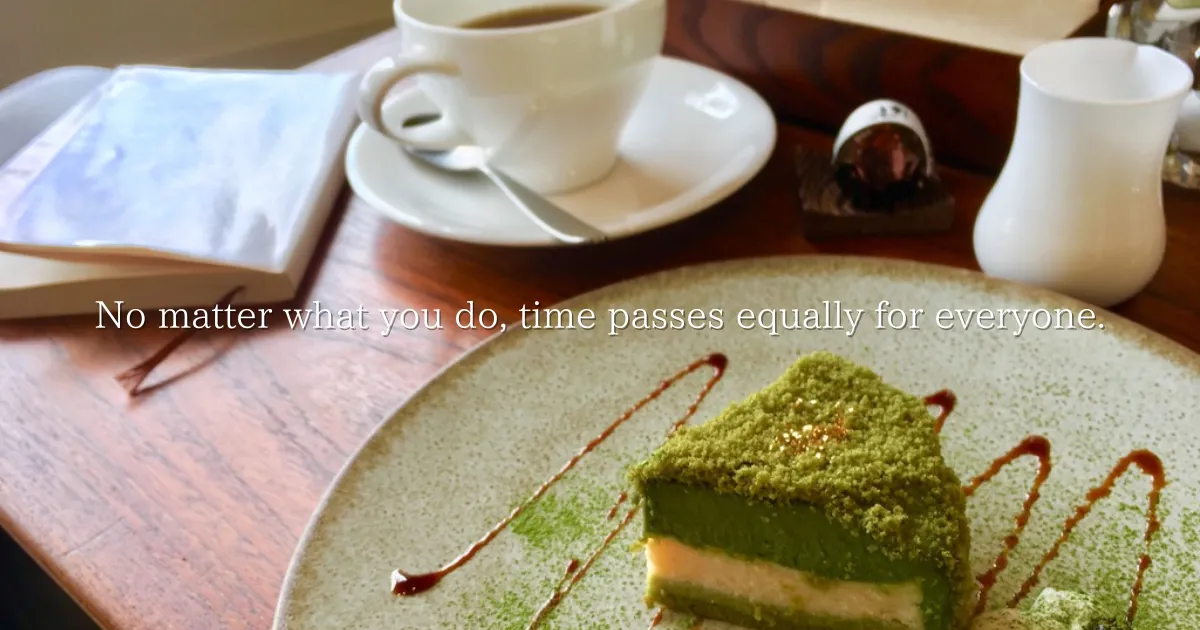
Travel in Japan
- Recommend Place in Kochi
- Book/Movie Review
- Informative Essay
Biography Essay
- Opinion Essay
Do you know Ieyasu Tokugawa? He lived in warring states period, and took part in a lot of battles. I think he was not famous than Nobunaga Oda or Hideyoshi Toyotomi. However, I want to write about him because he made some large achievements such as he finished warring states period and built the foundation of current Japanese government. In this essay, I'll introduce about his childhood, active years, and later years.
To begin with, I will tell you his childhood. He was born in Okazaki city in Aichi prefecture in 1543. He was supposed to become a hostage of the Imagawa family, but in the Imagawa, there was a betrayal and he became a hostage of the Oda. However, he became a hostage of the Imagawa 2 years later. Then, in 1562, he became independent from the Imagawa, and he made an alliance with Oda in the battle of Okehazama. Also, he married when he was 12 years old.
Secondly, I would like to introduce about his active years. Imagawa and Takeda ceased to exist by Ieyasu Tokugawa. After that, Nobunaga Oda died at honnouji which is temple located in Kyoto. Then, Hideyoshi Toyotomi unified Japan in 1590 and Ieyasu became one of his vassalages.
Lastly, His later years are so great. In 1600, a few years later after Hideyoshi died, the biggest battle of Sekigahara happened. This battle is called "a battle to divide Japan". He fought against Mitunari Ishida and he won this battle. Then he ended the warring states period, he moved the govenment of Japan to Edo. Also, Toyotomi died out by the summer battle of Osaka in 1615. And when Ieyasu was 75 years old, he died in 1616.
In conclusion, he won a lot of battles and he unified Japan finally. I think there are something difficult in his almost life: when he was young, the era which he participated in many battles, and until he died. He would have been a great general.

IMAGES
VIDEO
COMMENTS
Essay on Why I Want to Visit Japan. This essay sample was donated by a student to help the academic community. Papers provided by EduBirdie writers usually outdo students' samples. Japan is a fascinating and beautiful country in East Asia. Japan has lots of different traditions, festivals, landforms, and tourist attractions.
Japan is one of the most attractive places for tourists, millions of people each year travel there to try its exotic and traditional food. Another reason why is because of the beautiful sakura flowers that only bloom once a year. Japan also has one of the most unique hotels, one being a capsule hotel, like the name says you live in a capsule.
11. Shopper's paradise. Shopping is another reason why you should visit Japan, more so for the local brands than for the international ones. Tokyo and other major cities have world-class shopping centers as well as traditional markets where you can shop for local handicrafts and souvenirs.
Kay's essay gives good insight into the best times to visit Japan. 5. A Day Trip To Kobe by David Swanson. "When planning a visit to Kobe, consider the fact that the city has been completely rebuilt since 1995, following the great Hanshin earthquake that leveled much of the city.
Living in Japan: Travel Essay. For me, life in Japan has been a puzzle to be solved. When I work out which piece goes where, life becomes easier. Chiba, a port city about 50 minutes by train from Tokyo, is situated on Tokyo Bay. As I wake each morning, I know for certain that before the day is out I will be asked the following two questions ...
Japan is an ultra-modern country with a unique transport system that makes travelling across the country as easy as pie. Ease of travel comes so natural in Japan, thanks to the superfast and reliable shinkansen (bullet train). We do recommend a JR Pass, so you can travel to more than one destination in the country.
Japan Travel Guide. Last Updated: February 18, 2024. Japan is one of the most amazing, beautiful, interesting, and friendly countries in the world. From bustling Tokyo and Zen-like Kyoto all the way to laid-back Okinawa and wintery Hokkaido, Japan rocks. It boasts mouthwatering food, majestic temples and shrines, serene gardens, lush national ...
The spectacular cherry blossom season. Japan is one of the best places in the world to view the spring cherry blossom and attend a Cherry blossom festival. Once the cherry blossom season peaks in April, locals and visitors alike flock to Japanese parks and gardens to engage in hanami (picnics beneath the cherry trees).
Bus drivers, police officers, train conductors - all wearing gloves. If one is sick, one is expected to wear a face mask out of respect for others. And don't forget to take a ride in a taxi cab in Japan - it will be the cleanest you've ever taken a journey in. 10. The Geisha.
Japan is the land of animals being treated badly, unfortunately. As you travel across the country, you'll be struck by how many animal cafes you can visit. There's hedgehog cafes, otter cafes, owl cafes, alpaca cafes, ferret cafes, penguin bars, and the vast majority of them are not doing great things for the animals' health.
My Trip to Japan: Tokyo. Japan's capital Tokyo is weird, wonderful, and at time completely whacky - but that is precisely what makes it such a sought after city for international visitors.. Our trip started in Tokyo as it is the main gateway to Japan and a great city to spend a few days discovering its many pockets - from the hustle and bustle of Shibuya & Shinjuku, over to the quiet ...
30 Reasons to visit Japan at least once in your life. 1. Japan has some of the most beautiful places. Japan offers a lot of beautiful places. There are a lot of popular and unique, of the beaten track destinations that you should include in your itinerary. This means there is so much to explore and there really is something for anybody!
2. Kyoto. Best for traditional experiences. Kyoto, Japan's imperial capital for a thousand years, is home to more than a thousand temples. Among them are the monumental, like Kinkaku-ji (an exquisite pavilion sheathed entirely in gold leaf), and the meditative, like Ryōan-ji, with its stark Zen rock garden. And temples are only the beginning.
With its unique culture, stunning landscape and delicious cuisine, Japan offers so much for travelers. Here are 10 reasons why you should plan a trip to this fascinating country: 1. Incredible Food - From sushi and ramen to tempura and yakitori, Japanese cuisine is renowned around the world for its deliciousness.
Japan has long held a reputation as being one of the most expensive countries in the world to visit, with Tokyo holding the crown as one of the world's most expensive cities. After my visit, I think that reputation is a bit undeserved. Two things in Japan are quite expensive: lodging and long-distance transportation.
Our Recommendations. Explore the heart and soul of Japan through curated experiences. Let us guide you deeper into the heart of Japan. Meet apprentice geisha, stay overnight in a temple, raft through an epic gorge, take a private cooking lesson, rock out at a music festival or just relax on a hidden beach; Japan is yours to discover.
Article By: Isaac Goodman-Boyd. japan. I loved Japan before I visited there- loved their video games, TV shows, martial arts, and amazing sword fights. But my only contact with Japan was through the Internet. Reading Japanese comic books (Manga) and watching Japanese cartoons (Anime) are my favorite pastime. So on Christmas day, when my ...
During the month of November, the temperature drops below 20 degrees Celcius to 15 degrees Celcius. Although November is a bit cooler, it still counts plenty of sunny days to enjoy. This makes both October and November pleasant and comfortable months to travel to Japan. Cranes in Hokkaido in Winter.
Essay On Japan The Us And Race In Ww2 2778 Words | 12 Pages. Japan, the US, and Race in WWII In the year 1941 during the midst of World War II, Harvard professor Edwin O. Reischauer wrote in "Memorandum on Policy Towards Japan," that "Japan is attempting to make her war against the United Nations into a holy crusade of the yellow and brown peoples for freedom from the white race" (2).
Informative Essay Today, the influence of Covid-19 is less, the number of people who travel around the world is increasing. In Japan, many people who from other countries come and travel. There are two good points and a bad point for sightseeing place to come to Japan from other countries: tourists give good economic effects, sightseeing places ...
We only ask that you write in your native language and submit photos that meet our requirements. Share your interest in Japanese culture and travelling. Plan your trip and then share your experiences visiting Japan's destinations. Share your experiences of living in Japan and uncover the hidden gems. Build a portfolio or hone your creative ...
Essay; Essay. To make your daily life a little more fulfilling. ... The heart of Fuji worship, where Japan's spirituality and natural beauty converge. April 21, 2024. A Roundup of Cafes for Breakfast Near Osaka Castle. ... Japan Travel (47) Event (4) Camping (30) Camping knowledge (9) Camping gear review (5) Japanese history and culture (3)
He fought against Mitunari Ishida and he won this battle. Then he ended the warring states period, he moved the govenment of Japan to Edo. Also, Toyotomi died out by the summer battle of Osaka in 1615. And when Ieyasu was 75 years old, he died in 1616. In conclusion, he won a lot of battles and he unified Japan finally.